
Design and weave crochet romantic garments using classic points and light structures for delicate finishes
Immerse yourself in the fascinating world of crochet and discover how to create unique and personalized garments. Through this specialization, you'll learn to master everything from basic techniques to advanced structures, exploring the richness of contemporary design. Learn to make romantic blouses with classic stitches, cozy socks with specialized techniques, and colorful floral sweaters. The expertise of Alelí Deco Crochet, Alimaravillas, Relmü Tejidos, Estefa González – Santa Pazienzia, and Laura Carmona – SusiMiu will guide you every step of the way.
Develop your skill in combining textures and colors, creating modern and functional garments that reflect your personal style. Using top-down techniques, you'll be able to design seamless pieces that fit your body perfectly. Dare to experiment with color palettes and patterns, creating visually striking garments. Whether you're looking to learn from scratch or perfect your skills, this training program offers you the tools you need to become an expert in the art of crochet. Transform your ideas into unique creations with the support of these talented professionals.
What will you learn in this specialization?
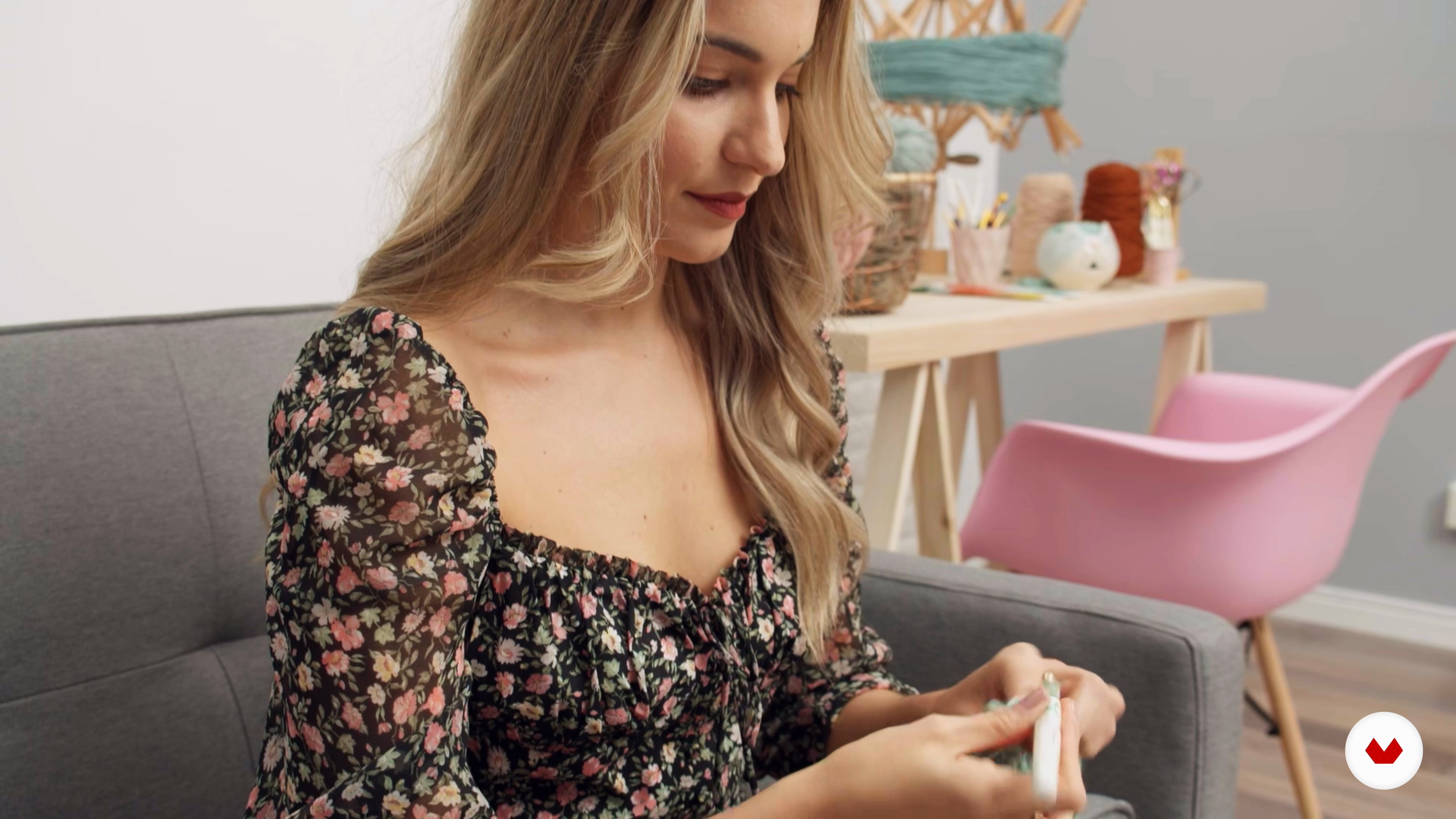

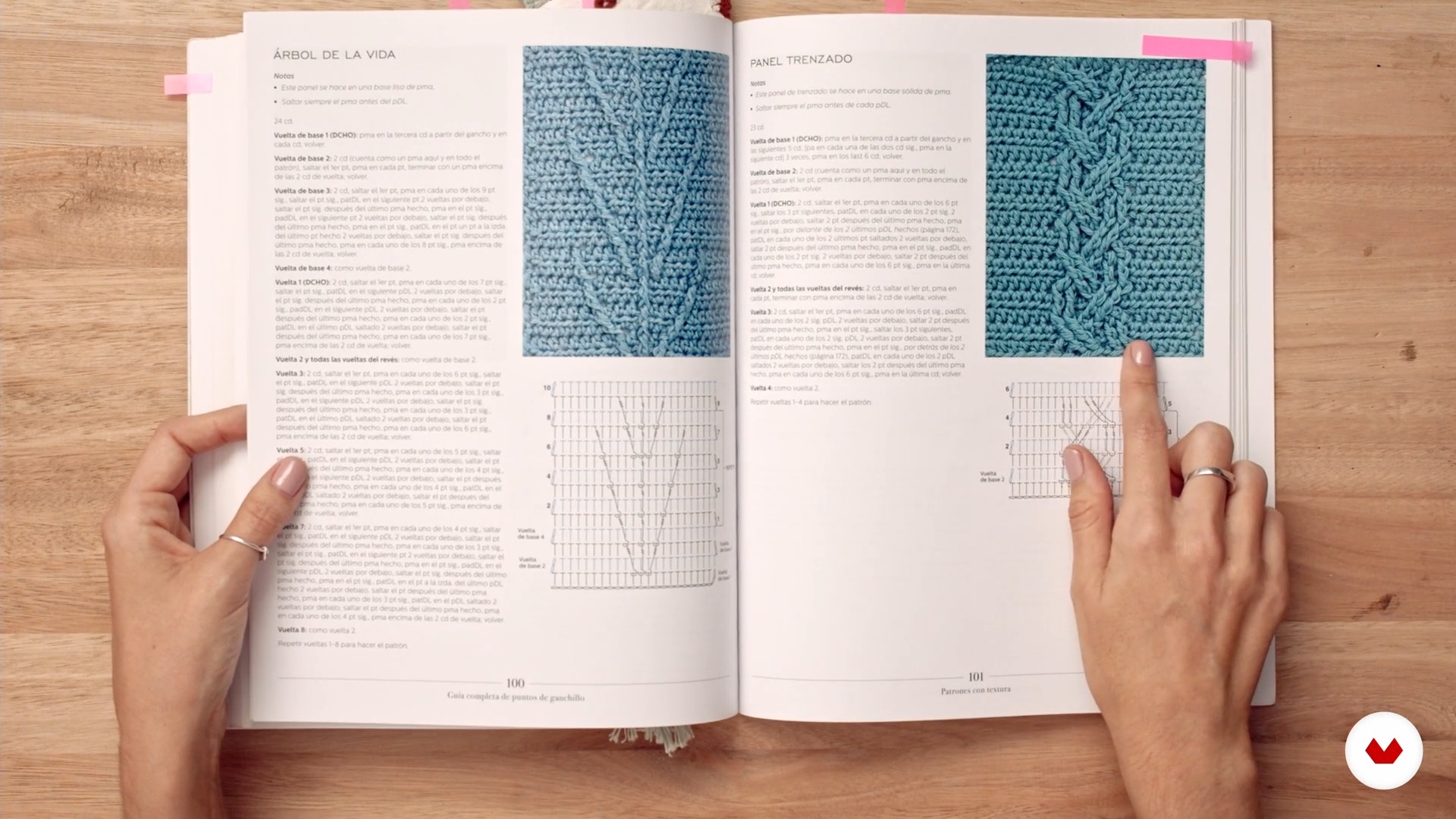

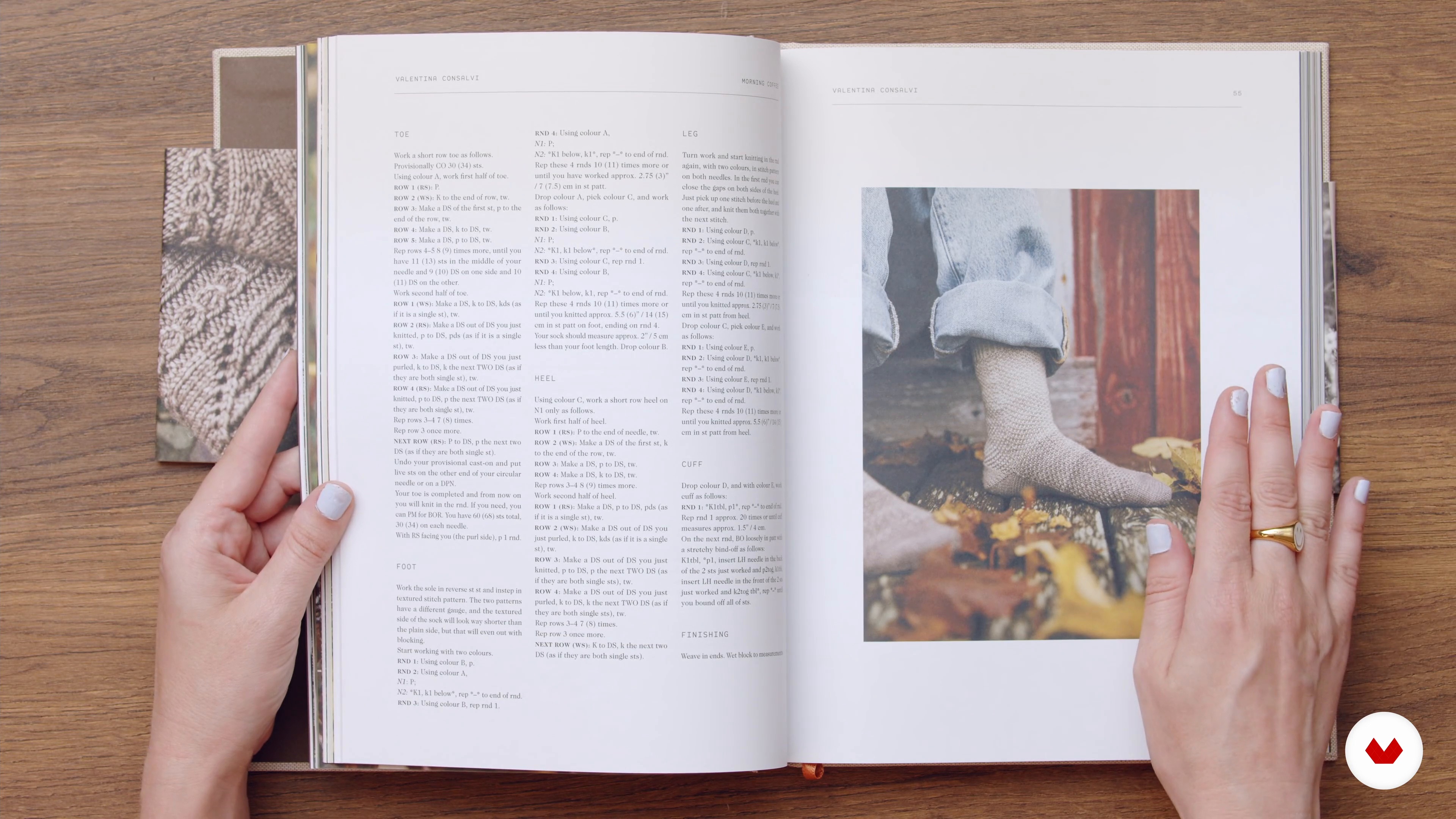
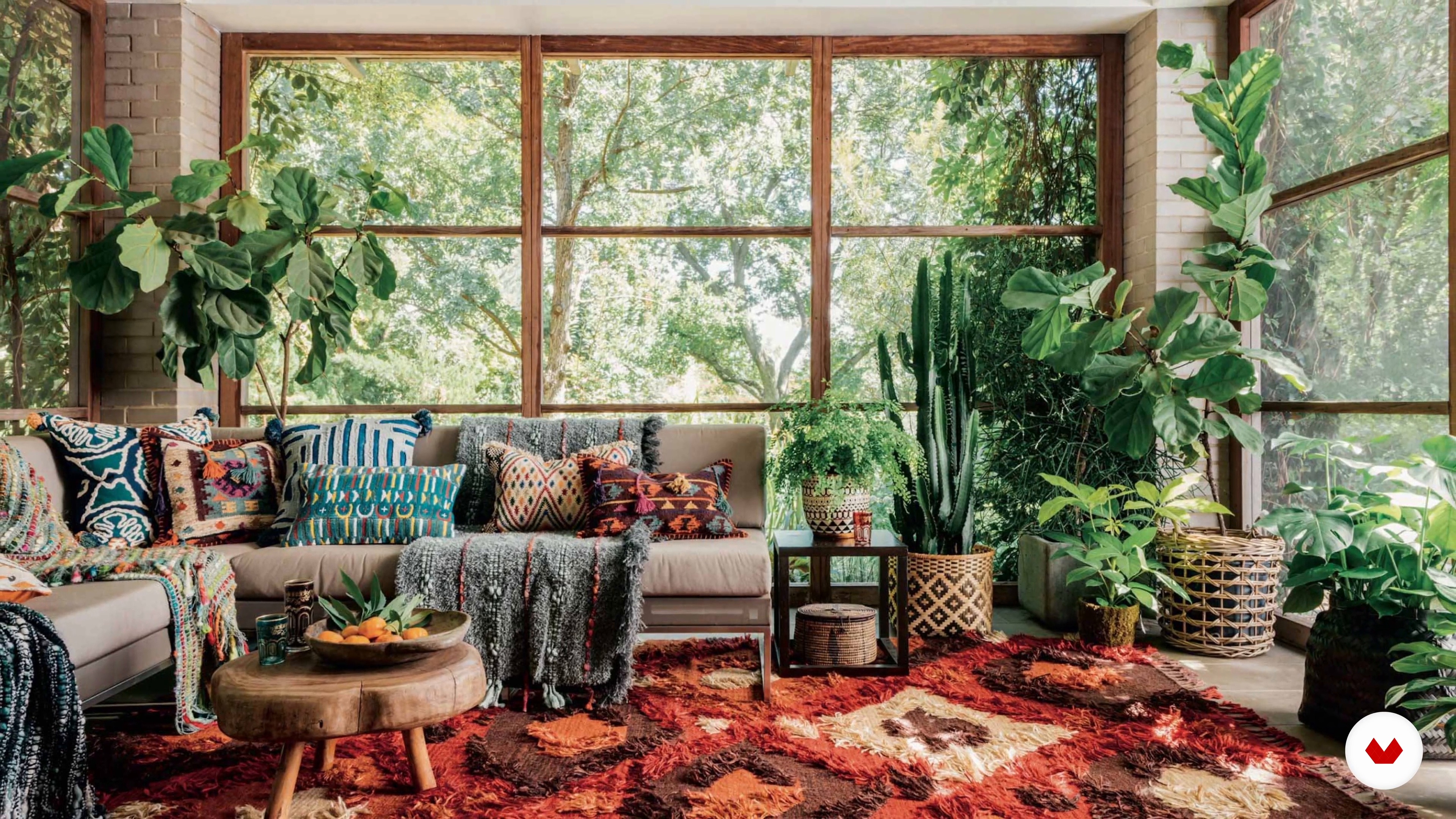
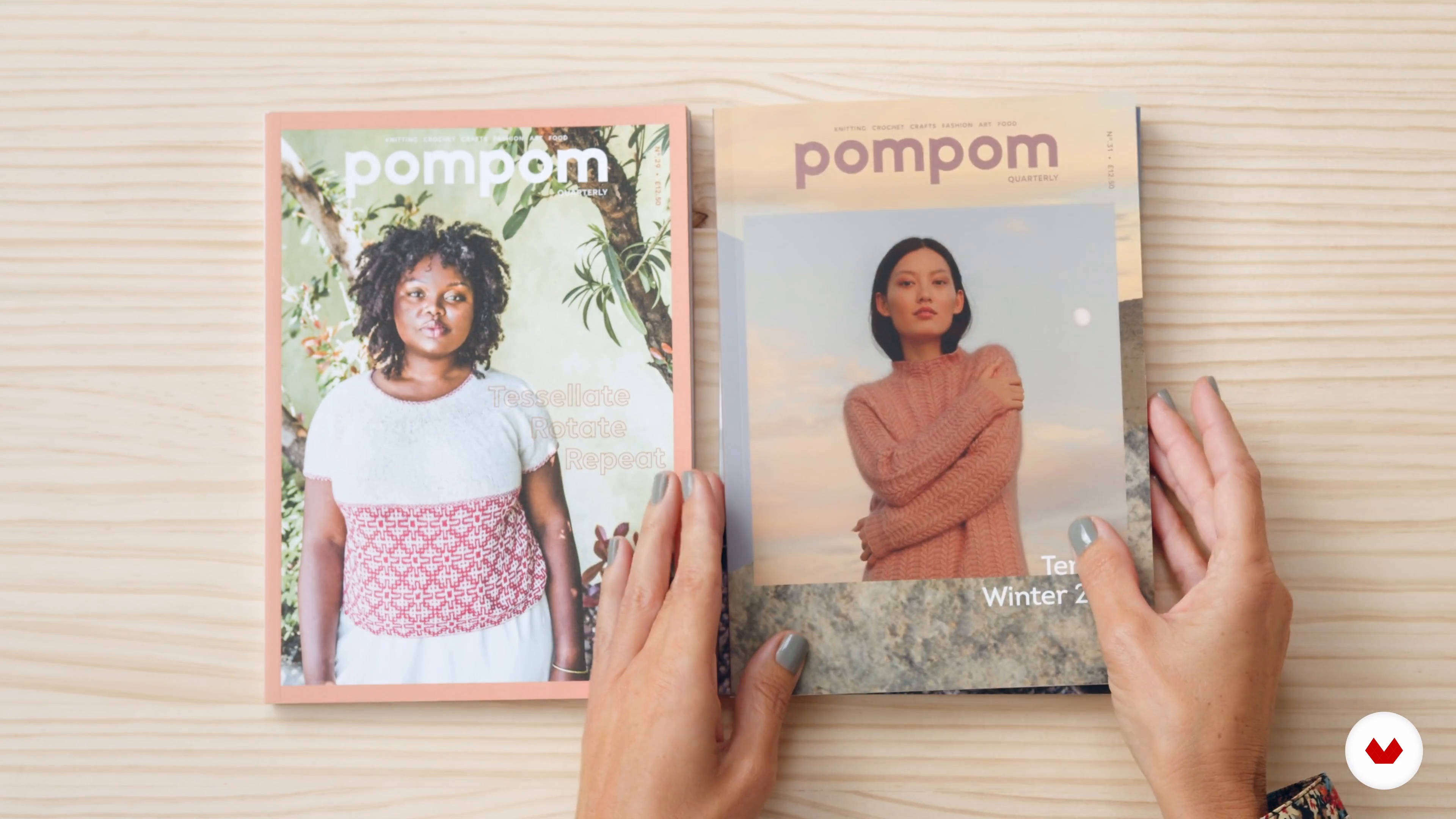
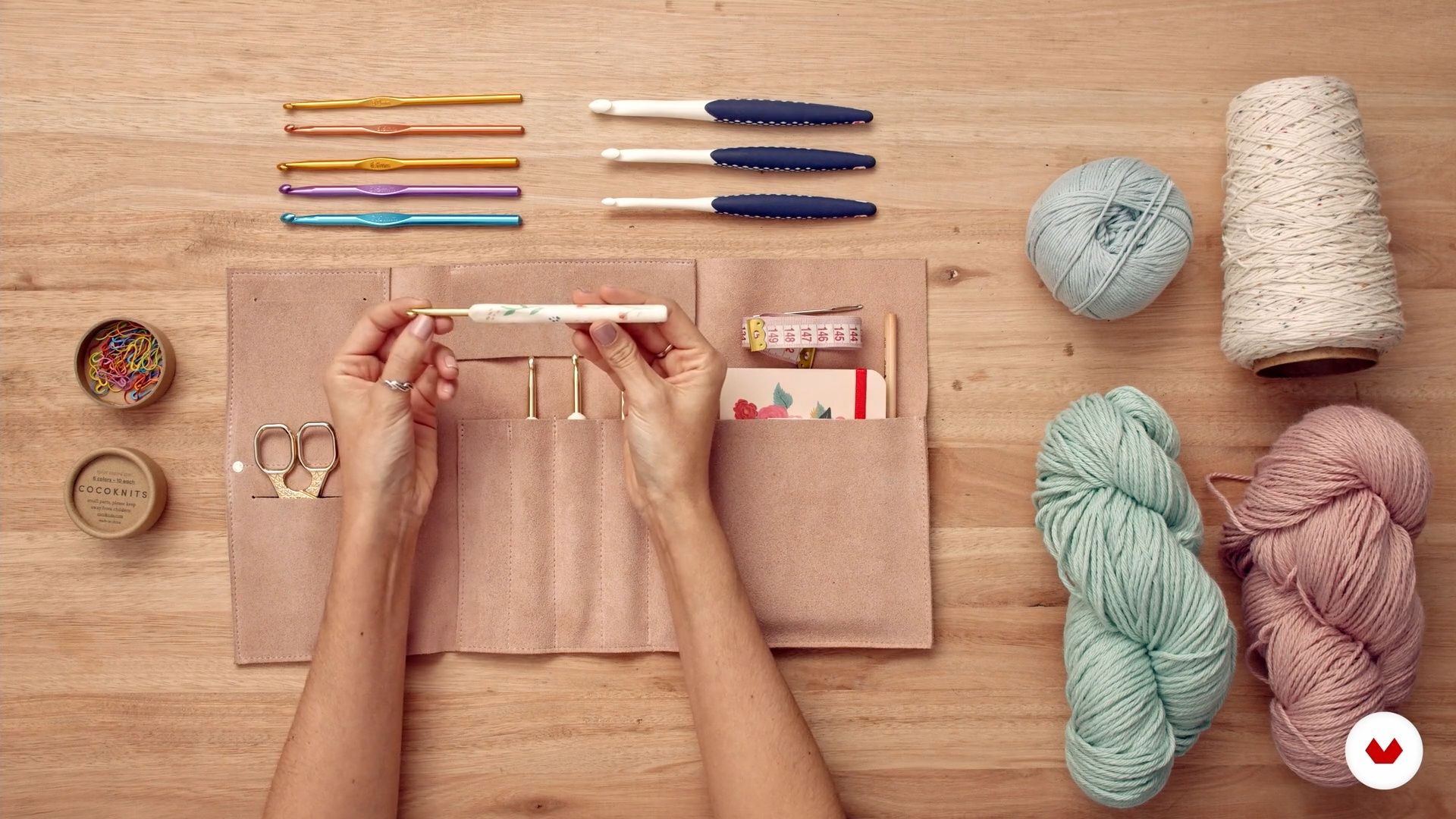

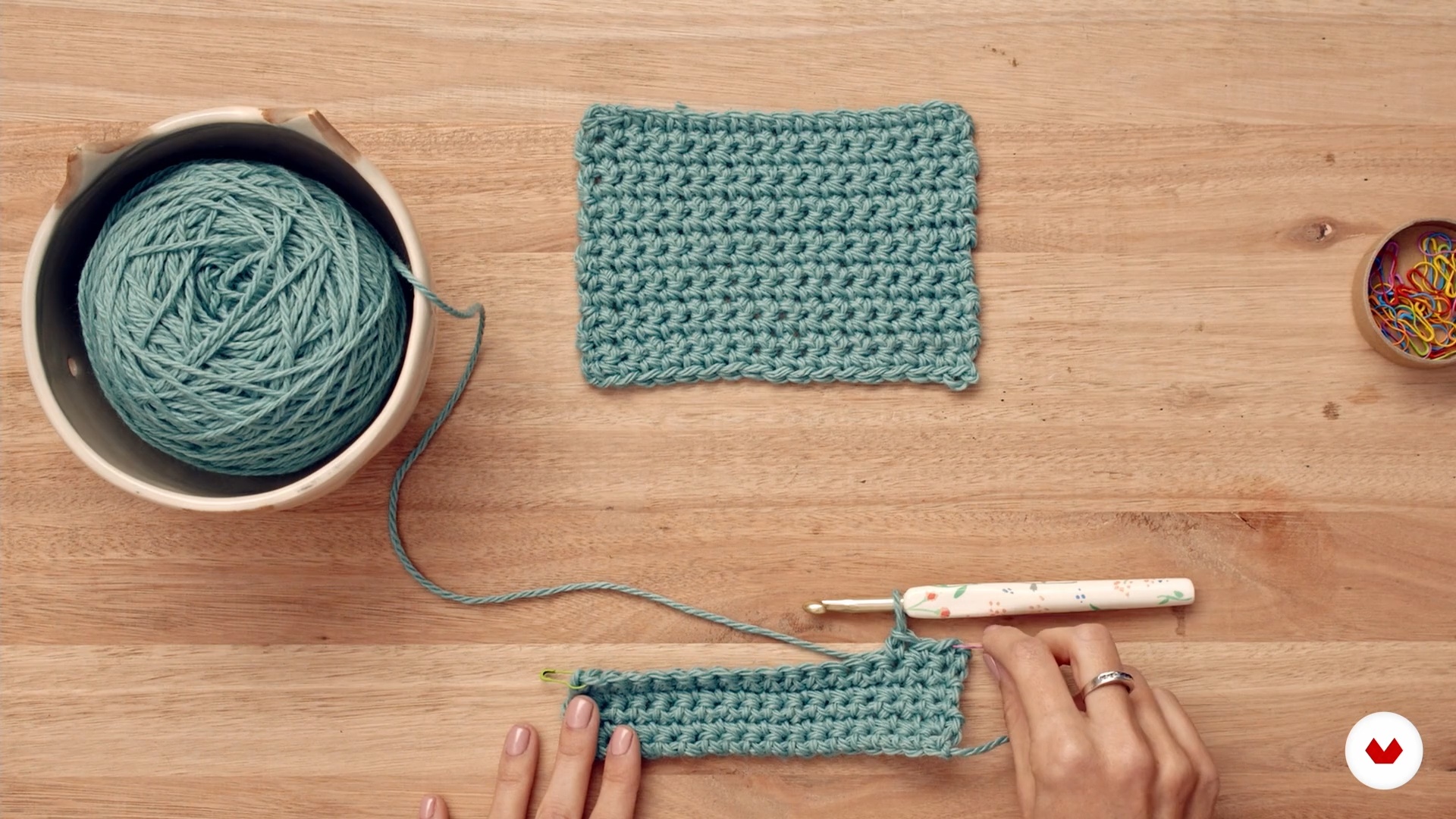
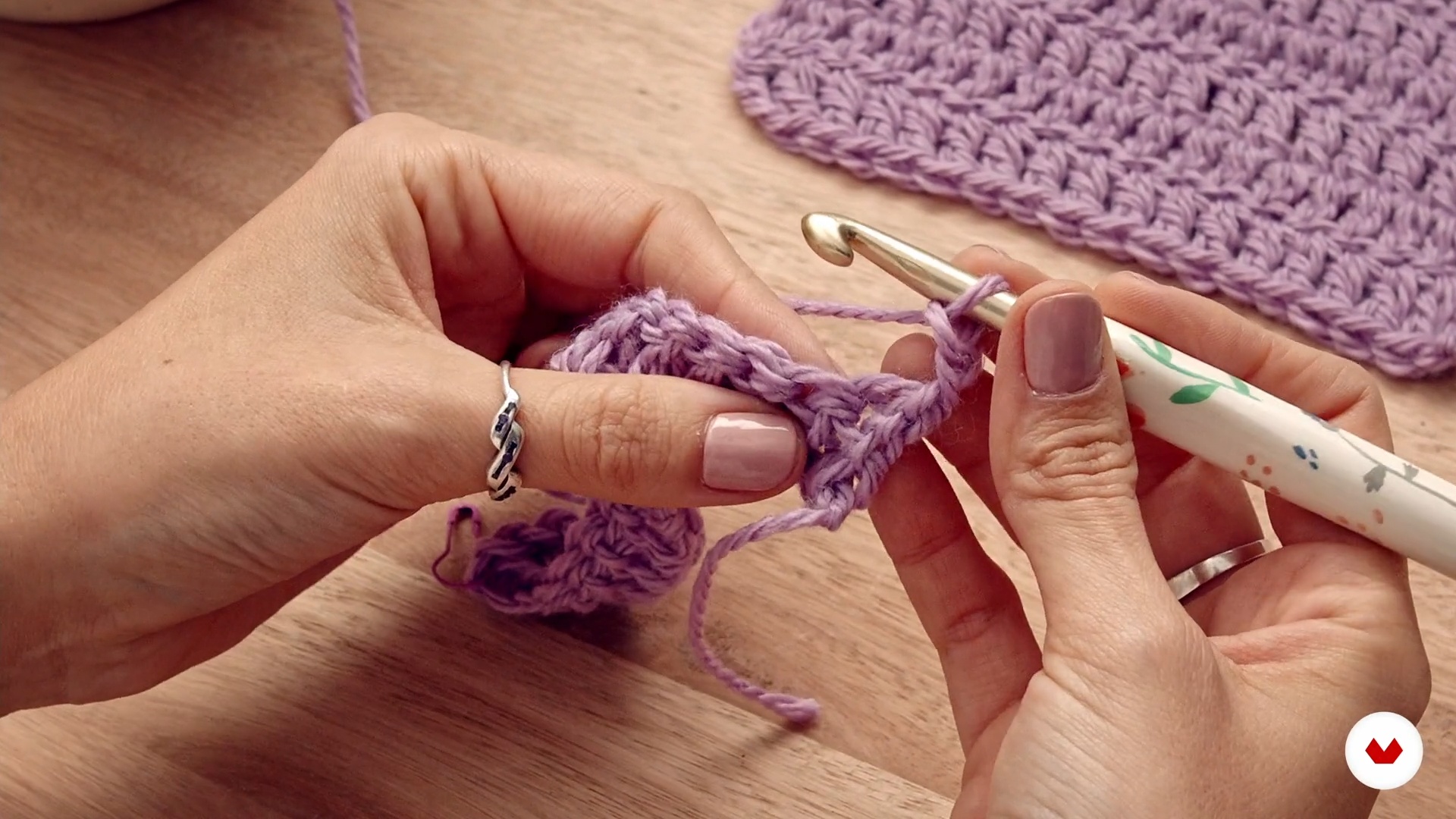
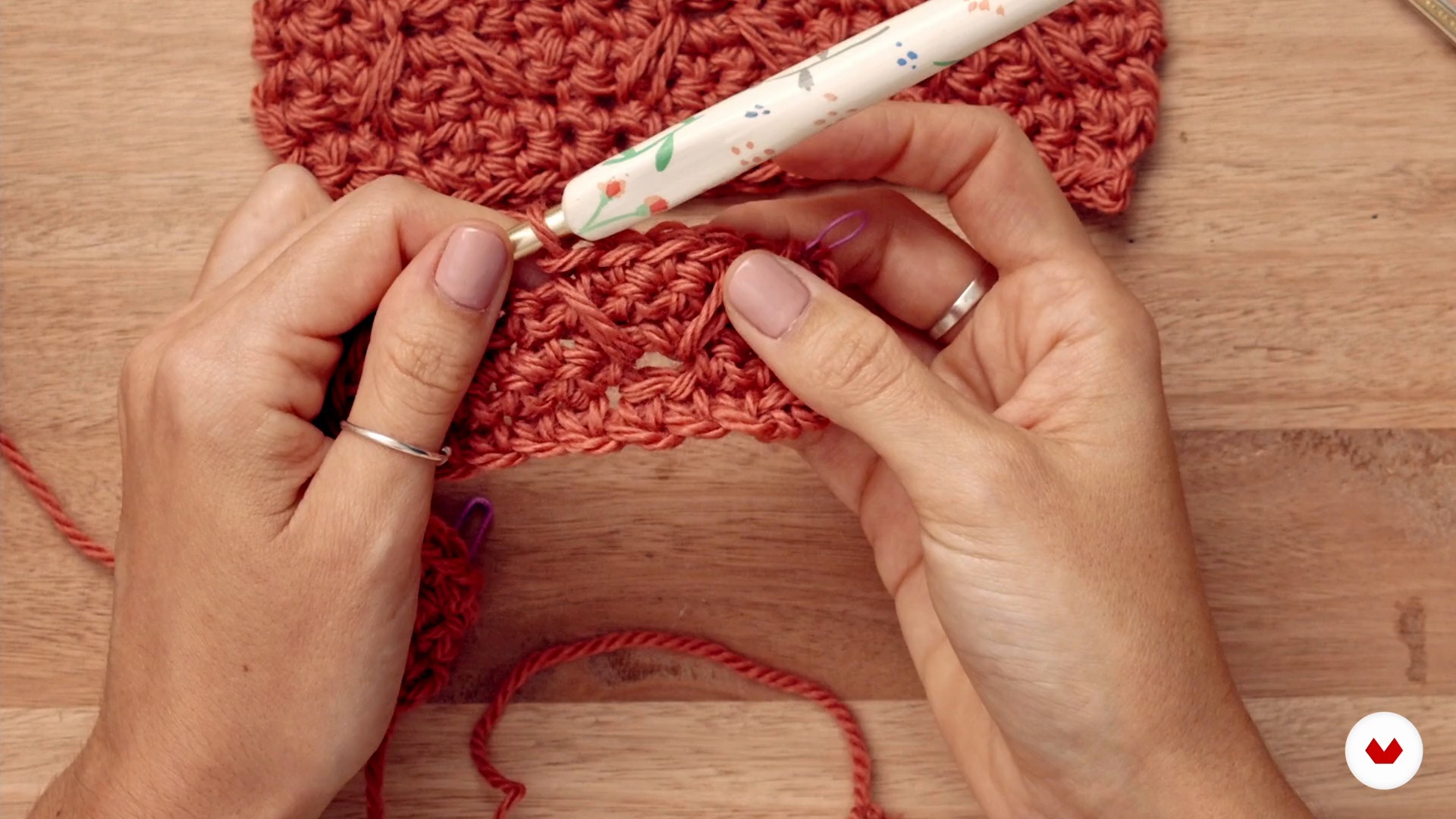
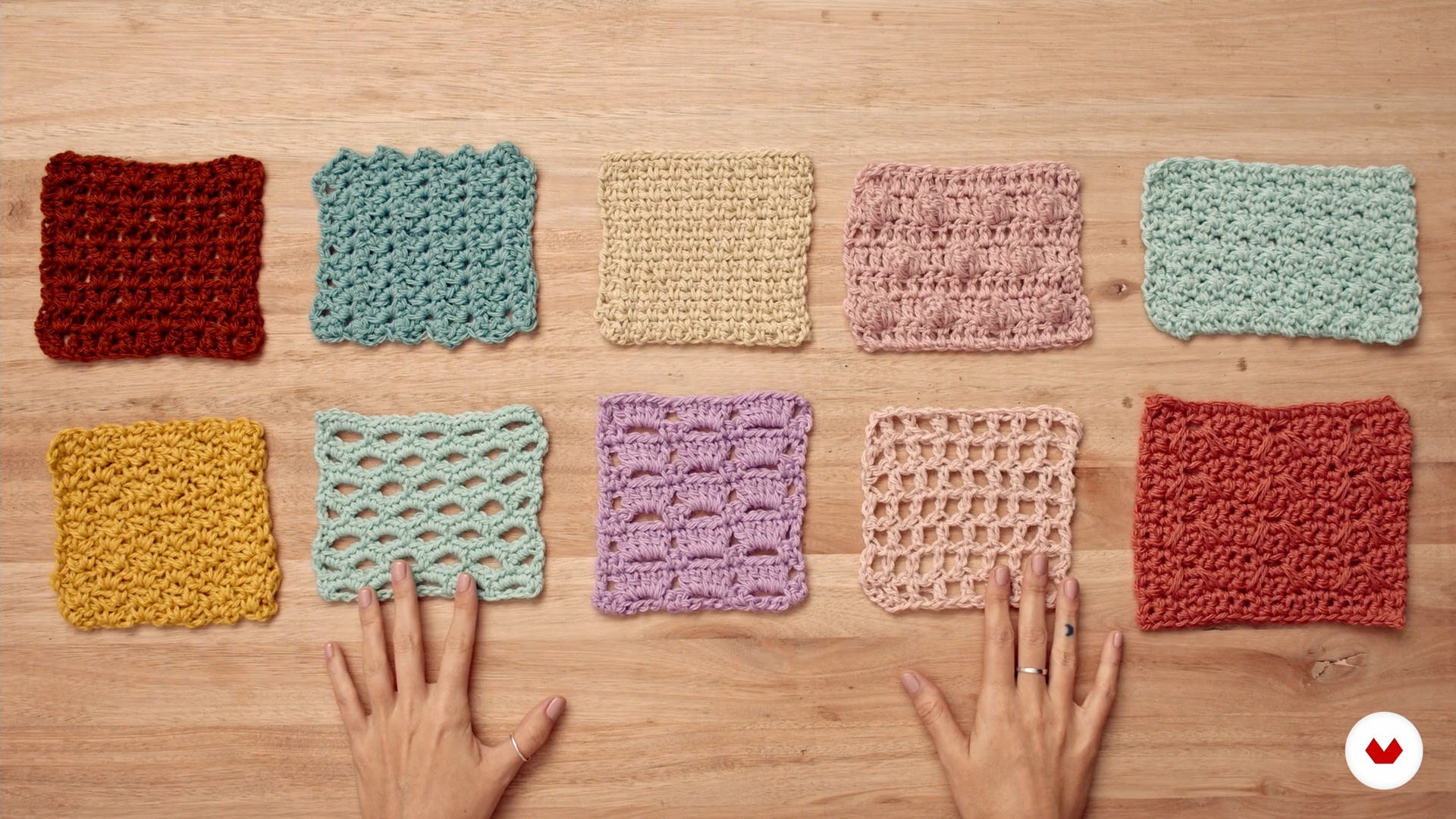
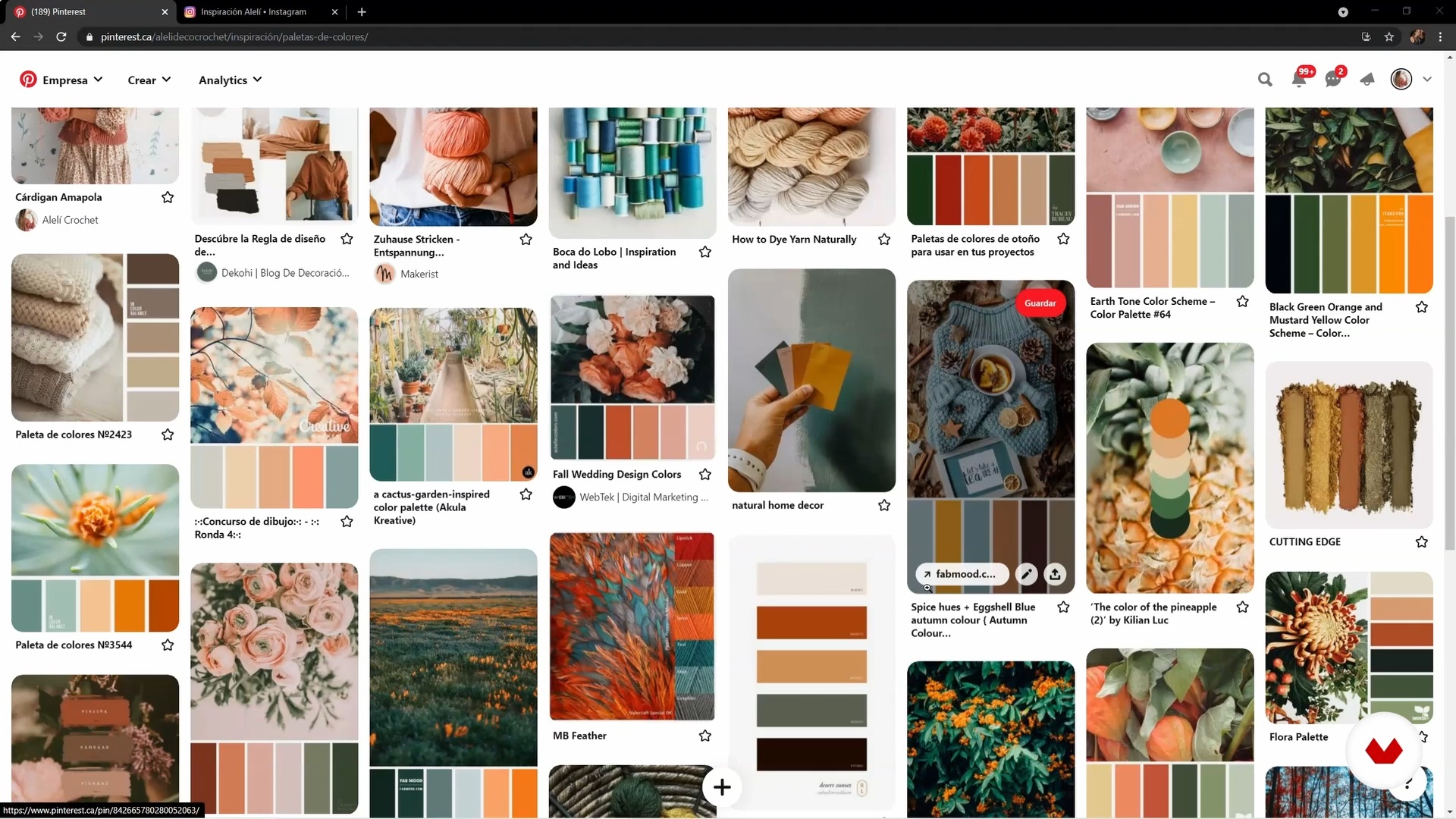
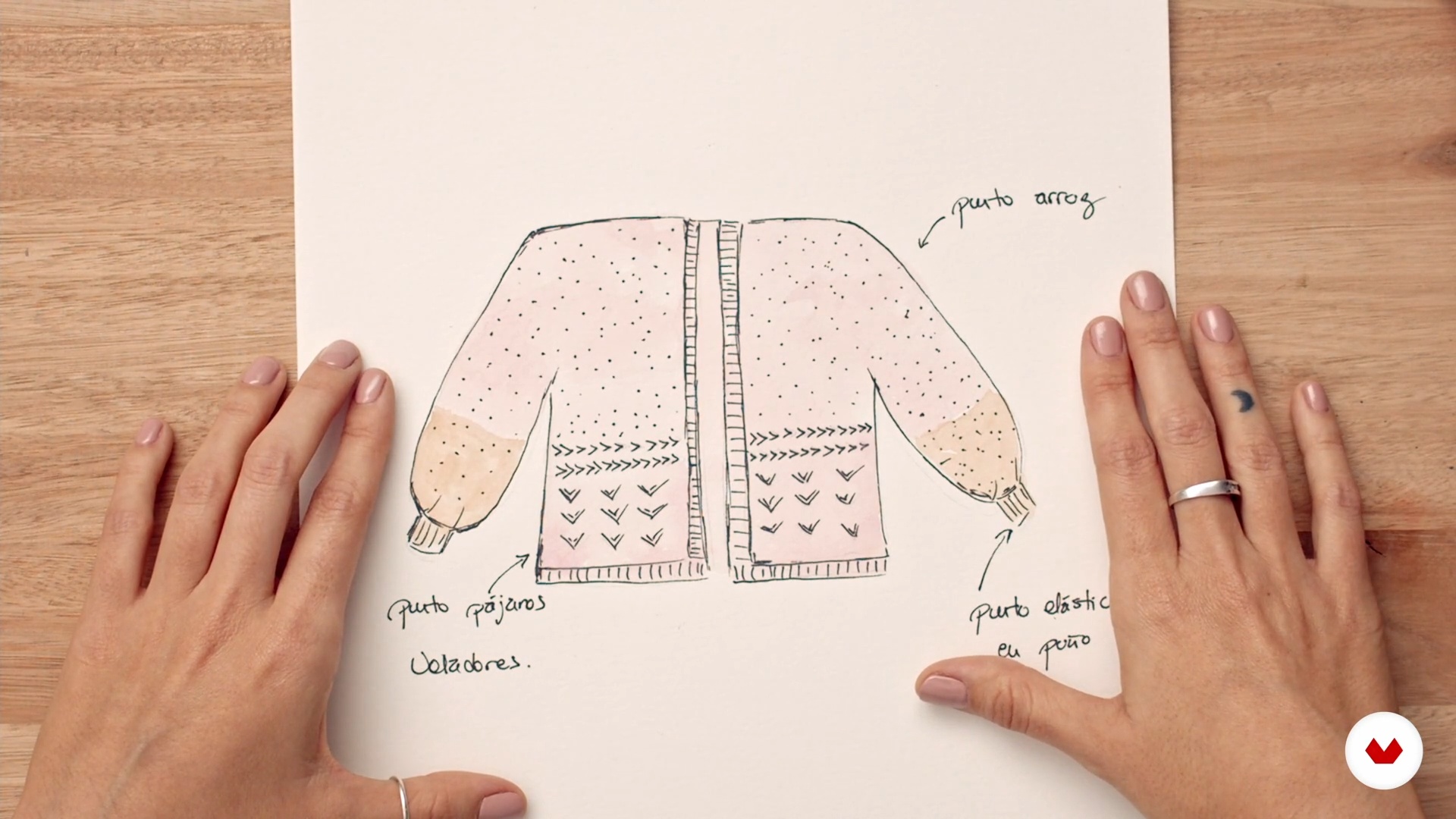

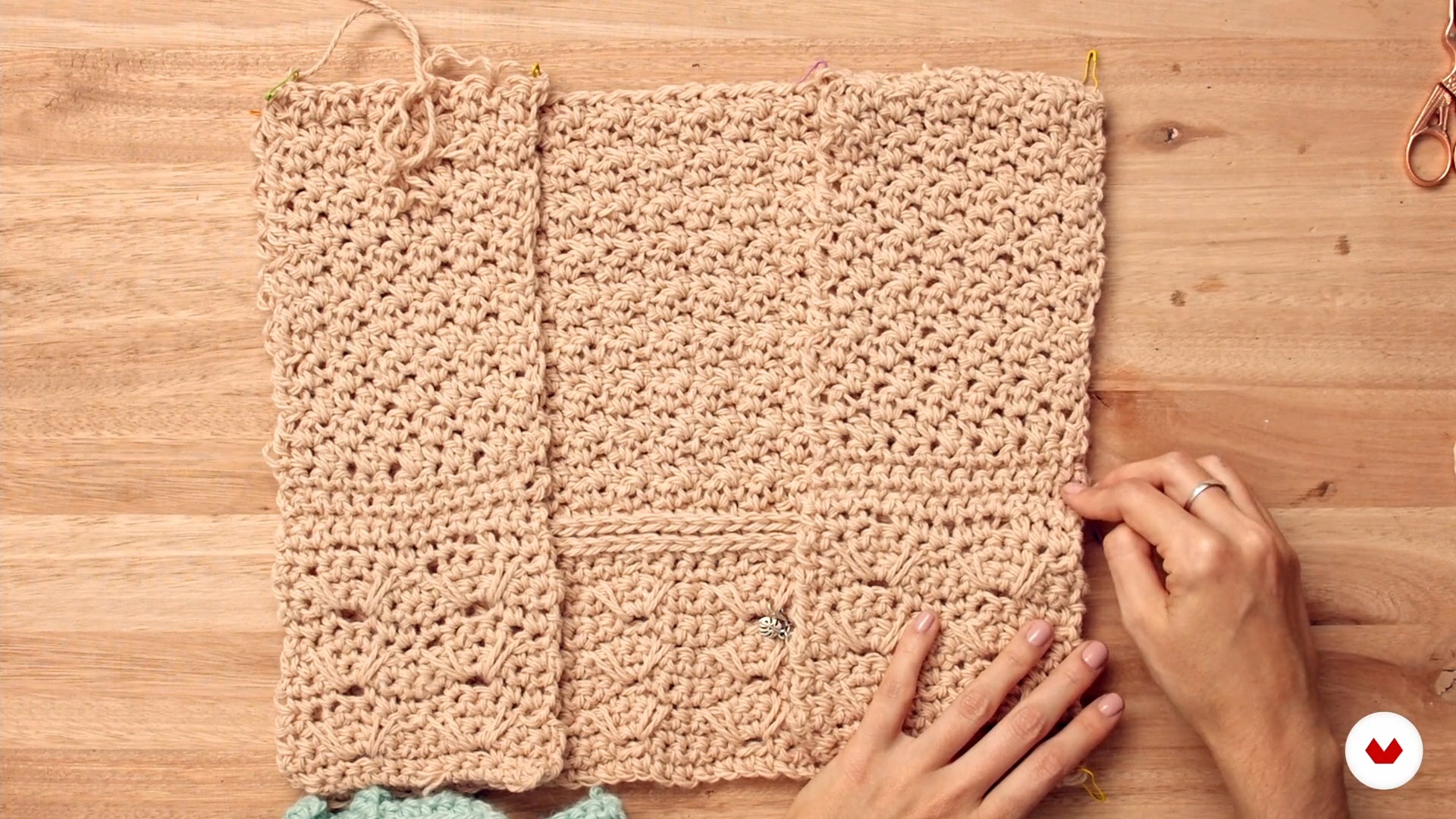
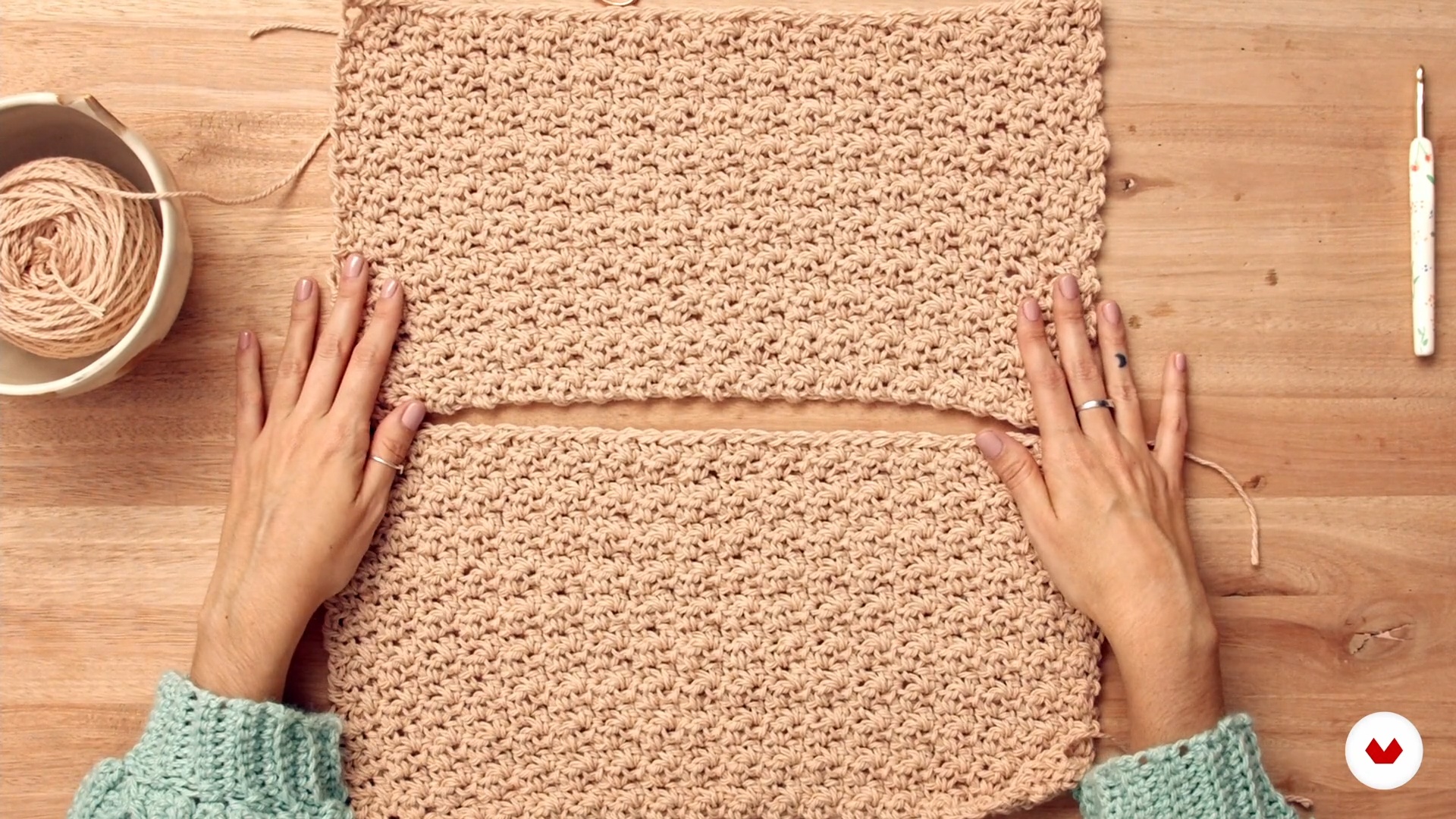
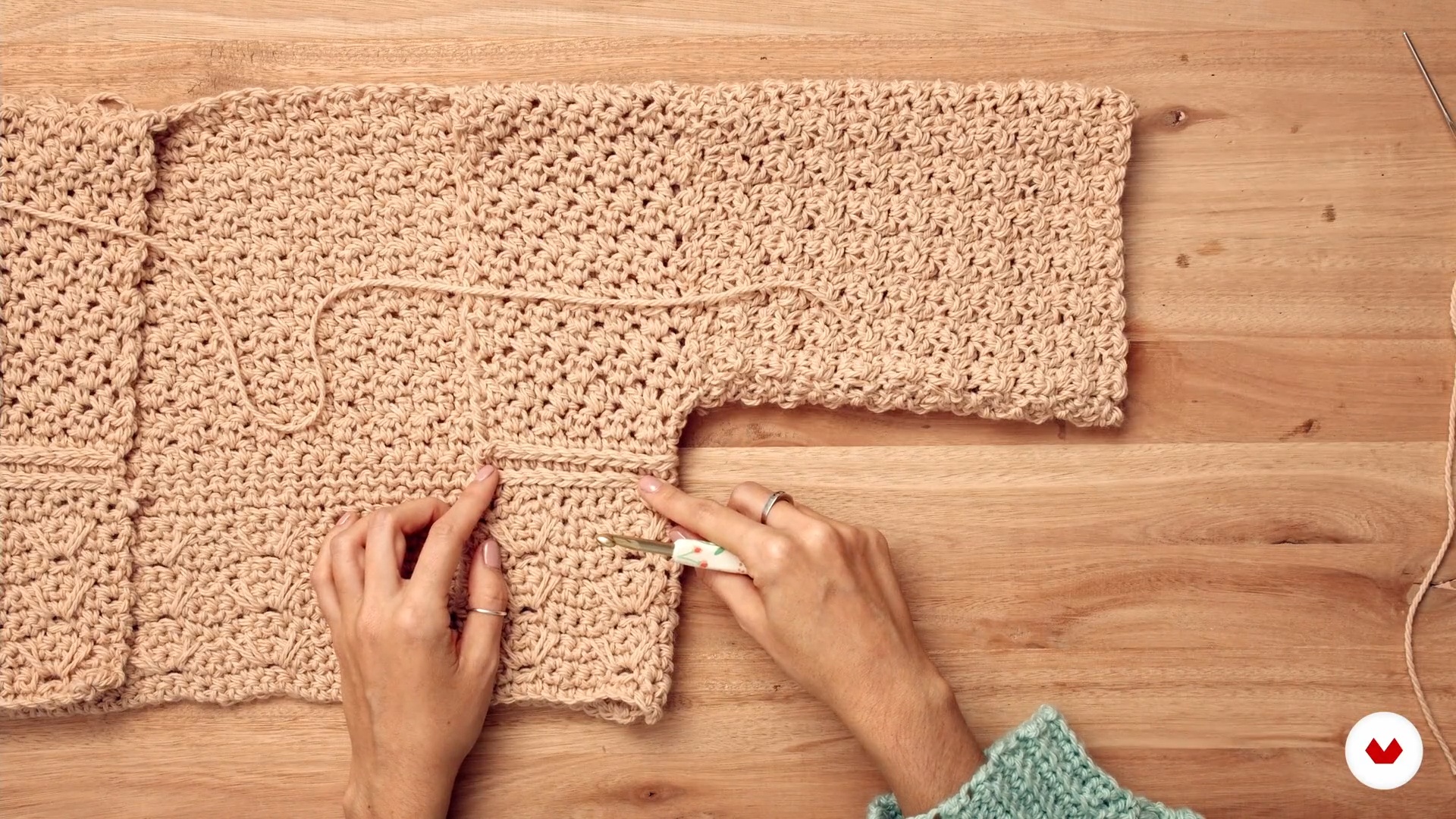

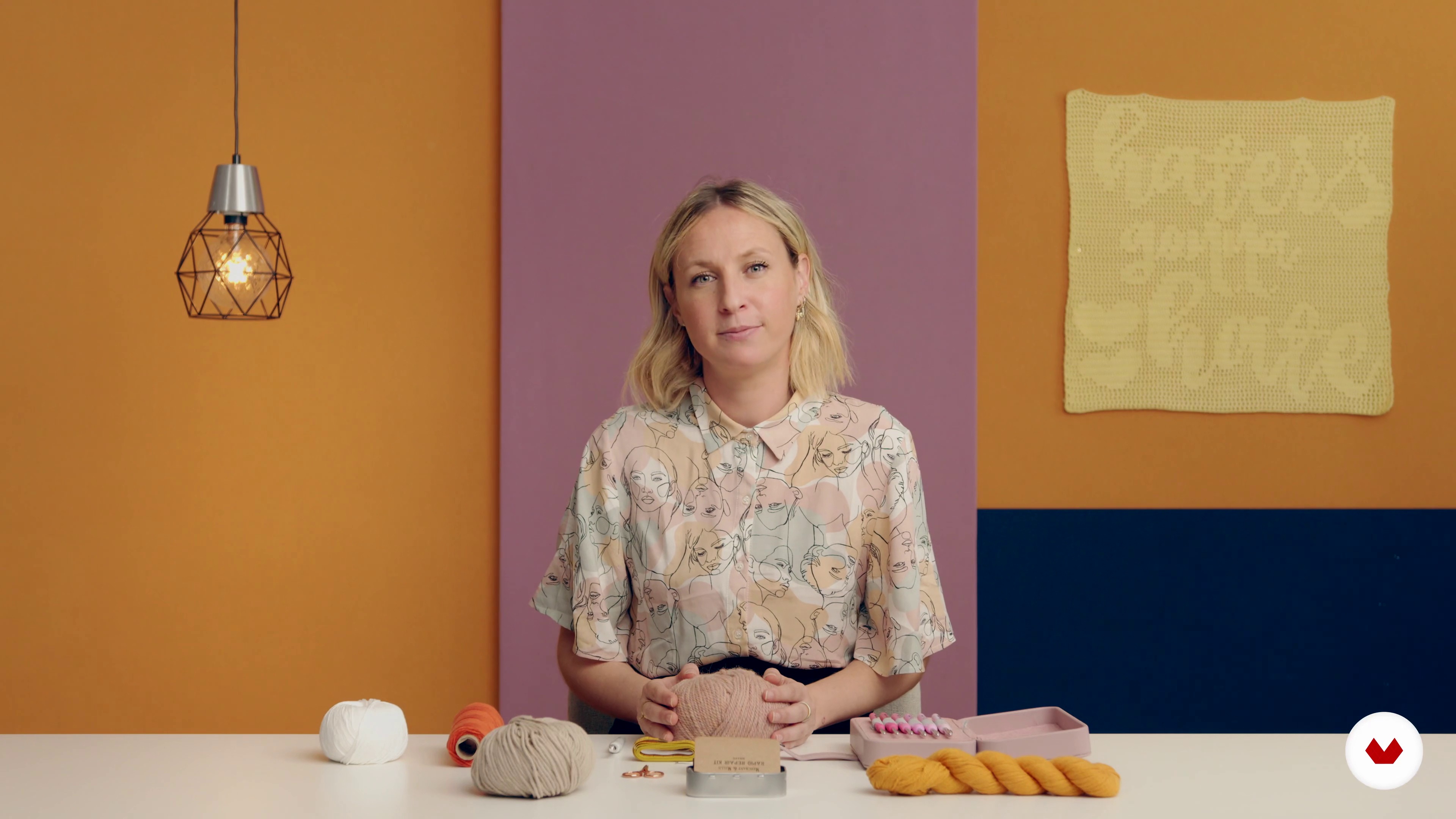

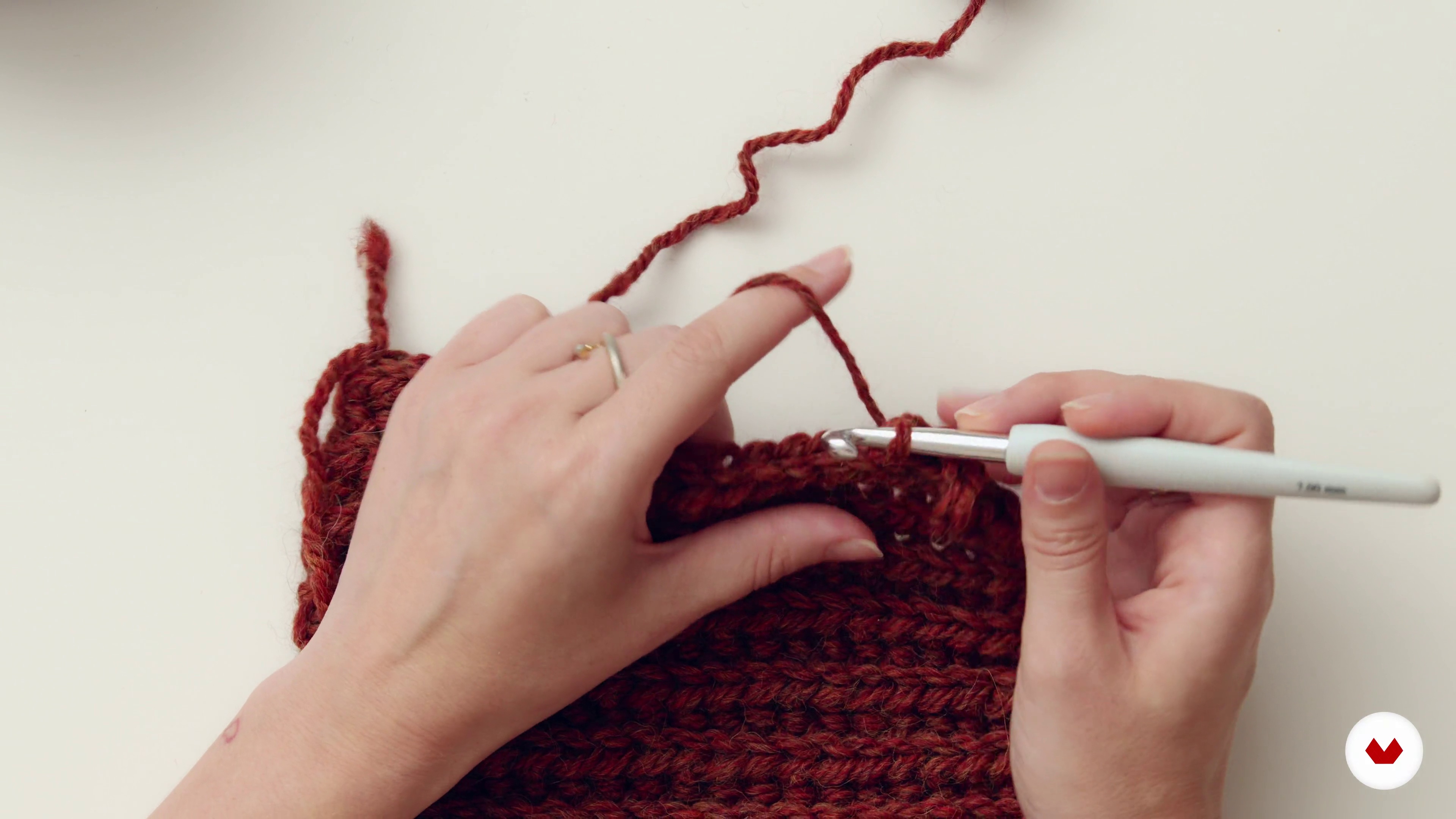
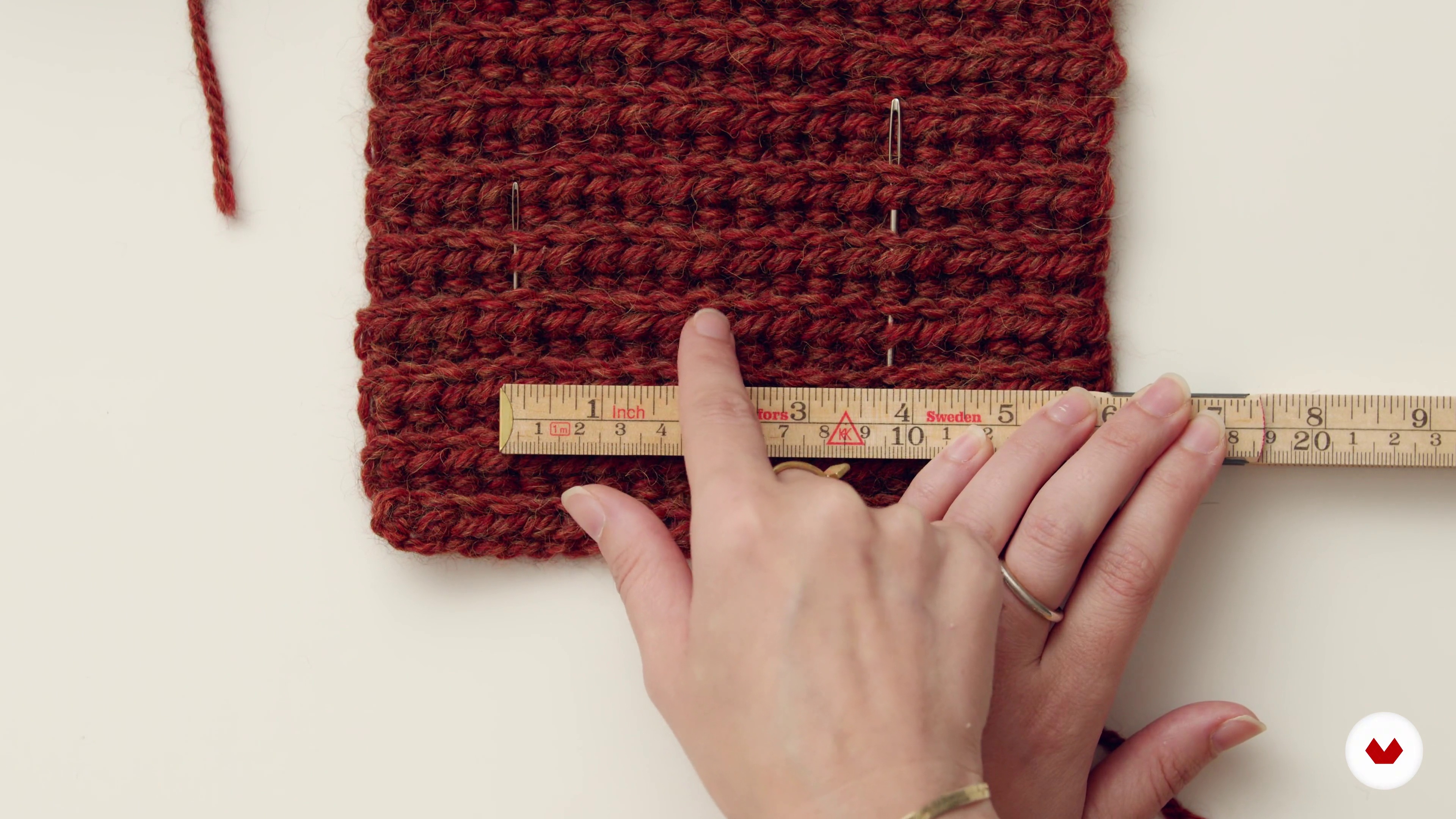
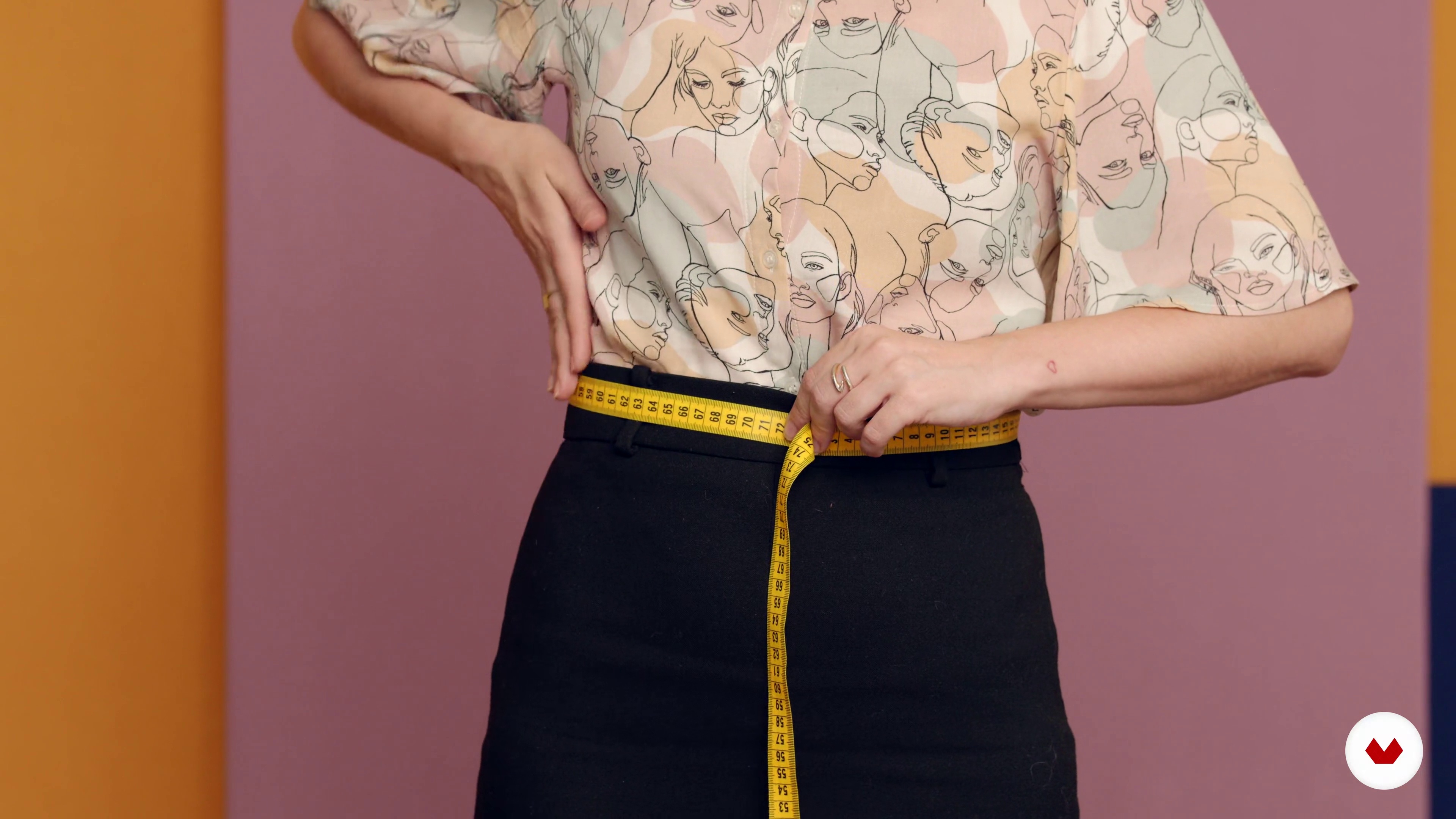
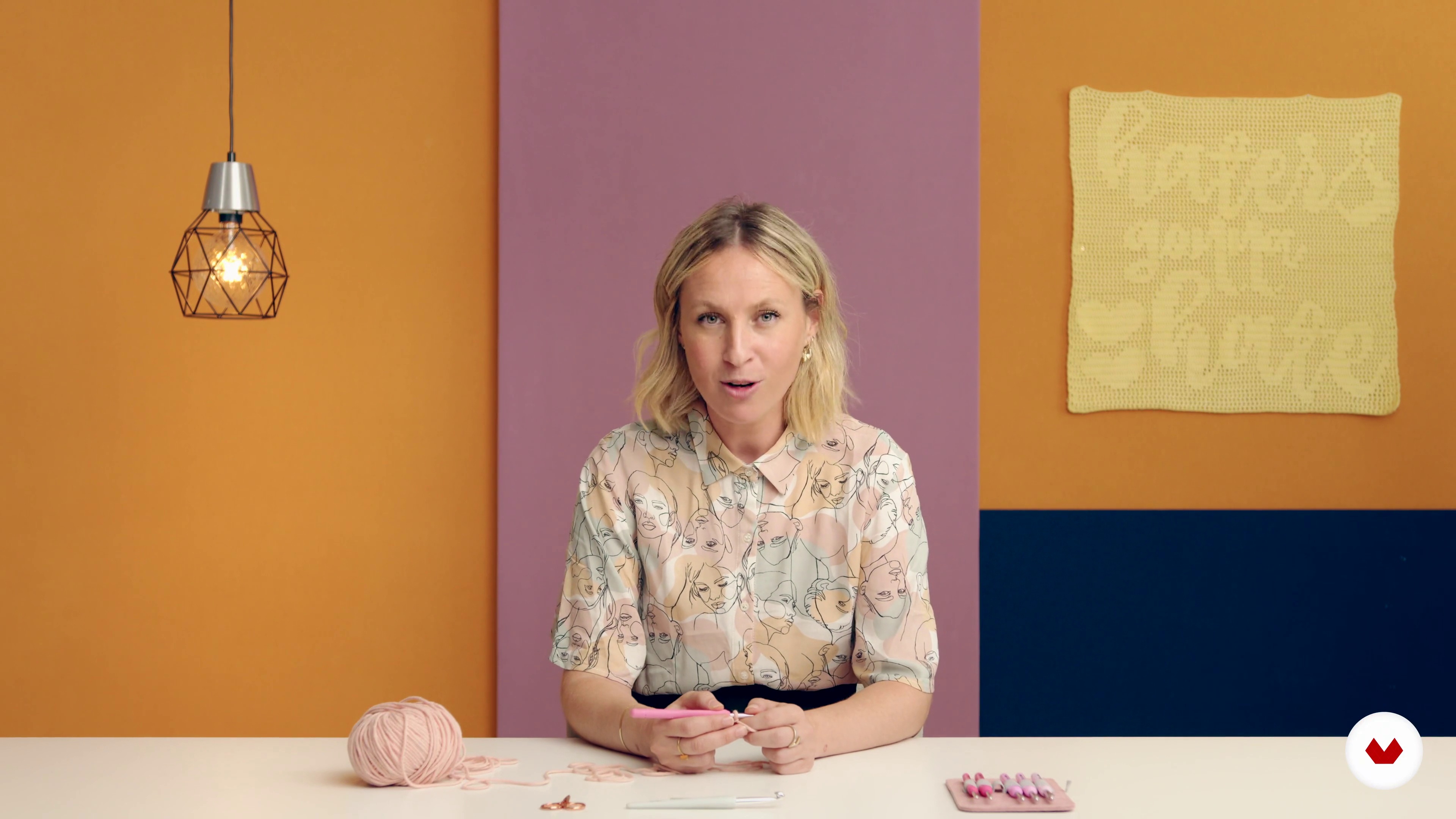
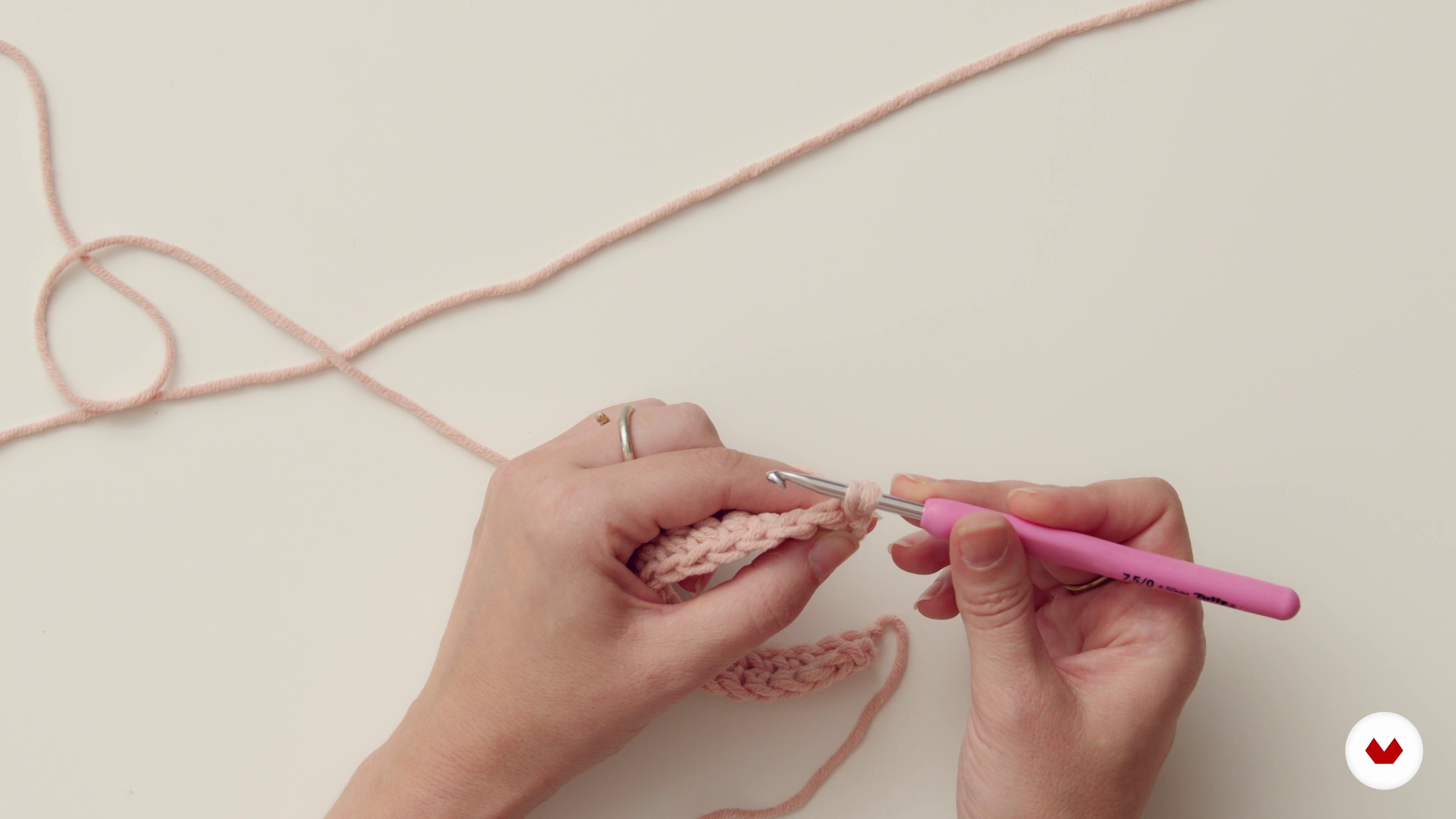
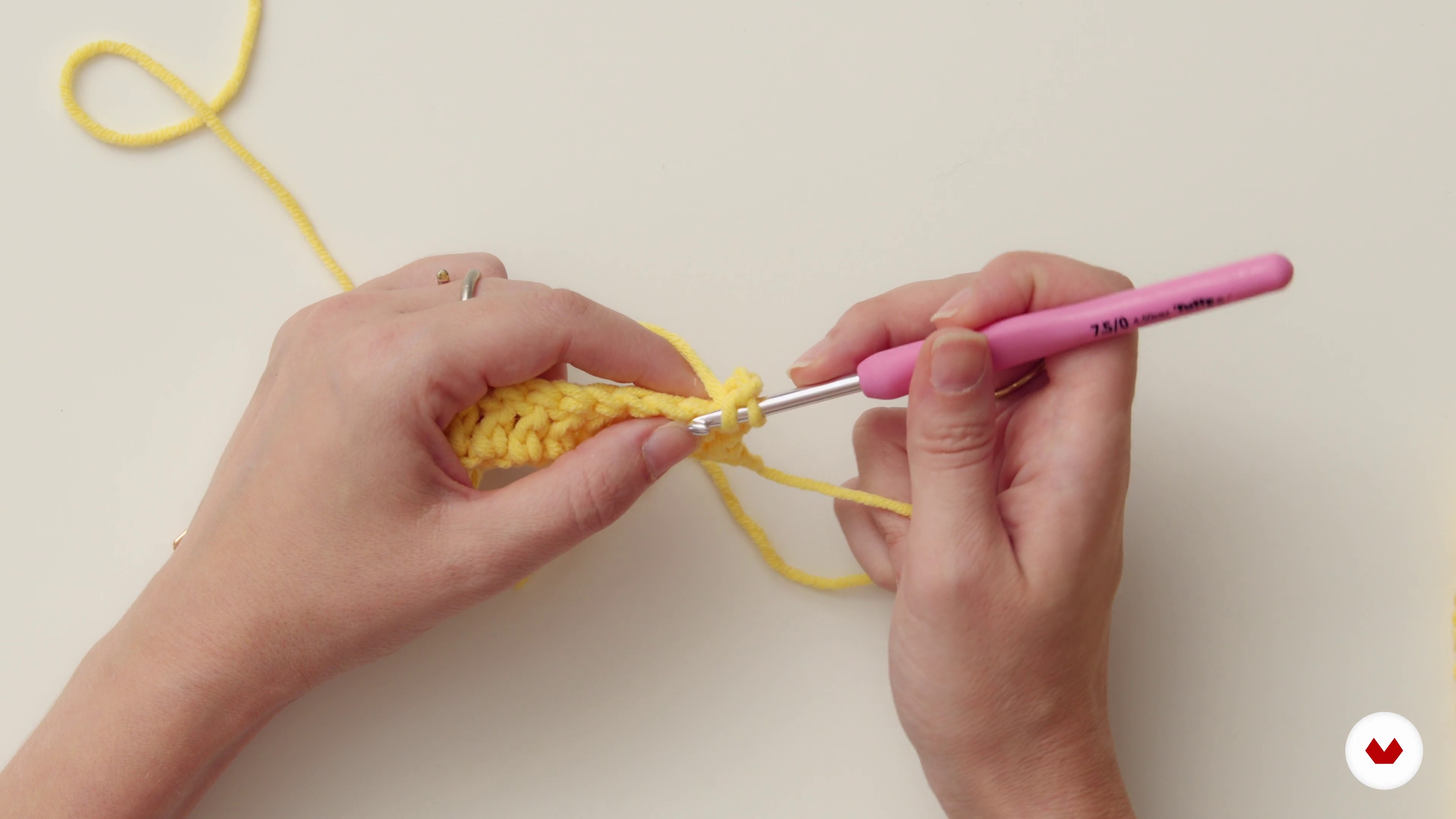
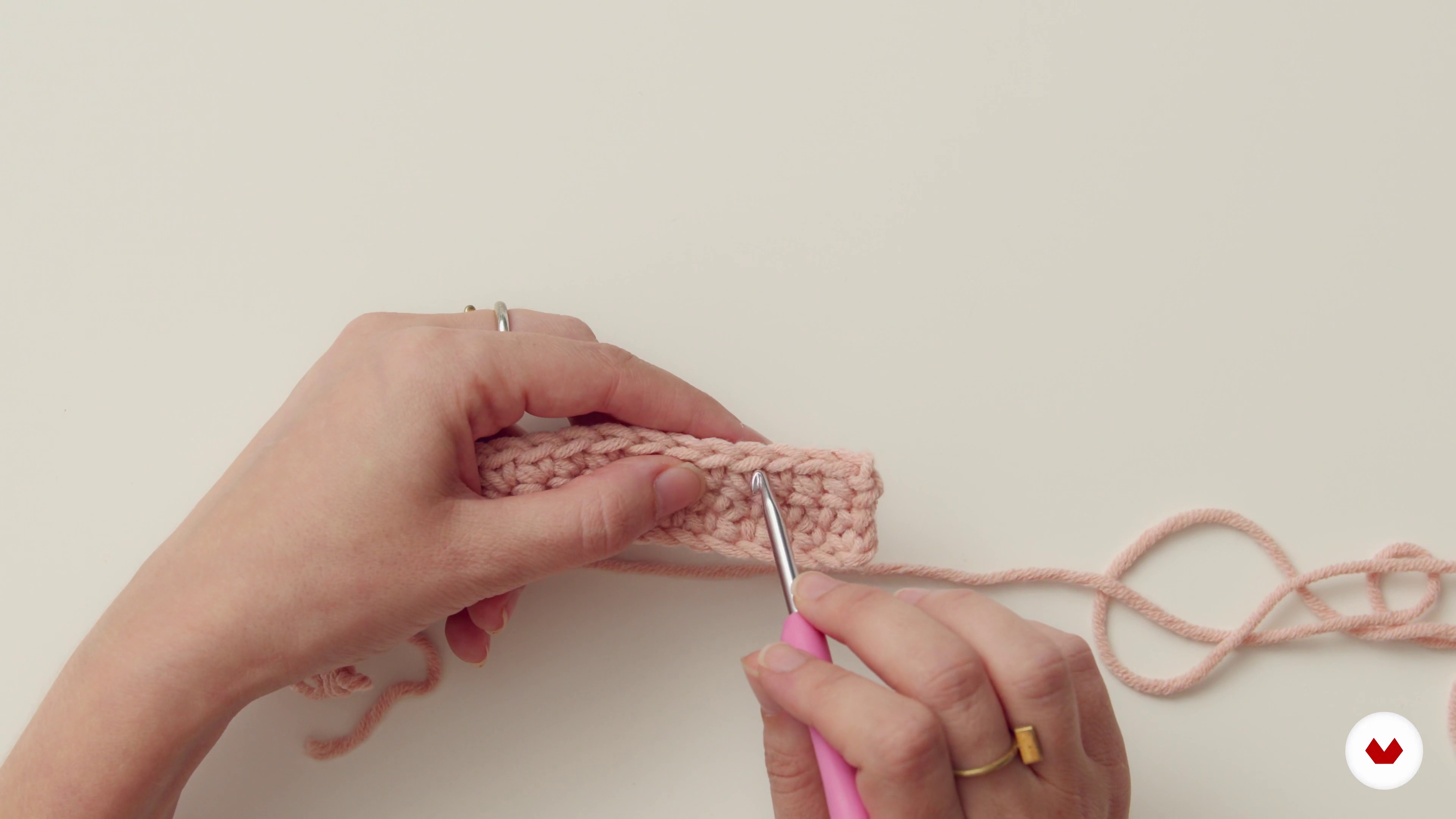
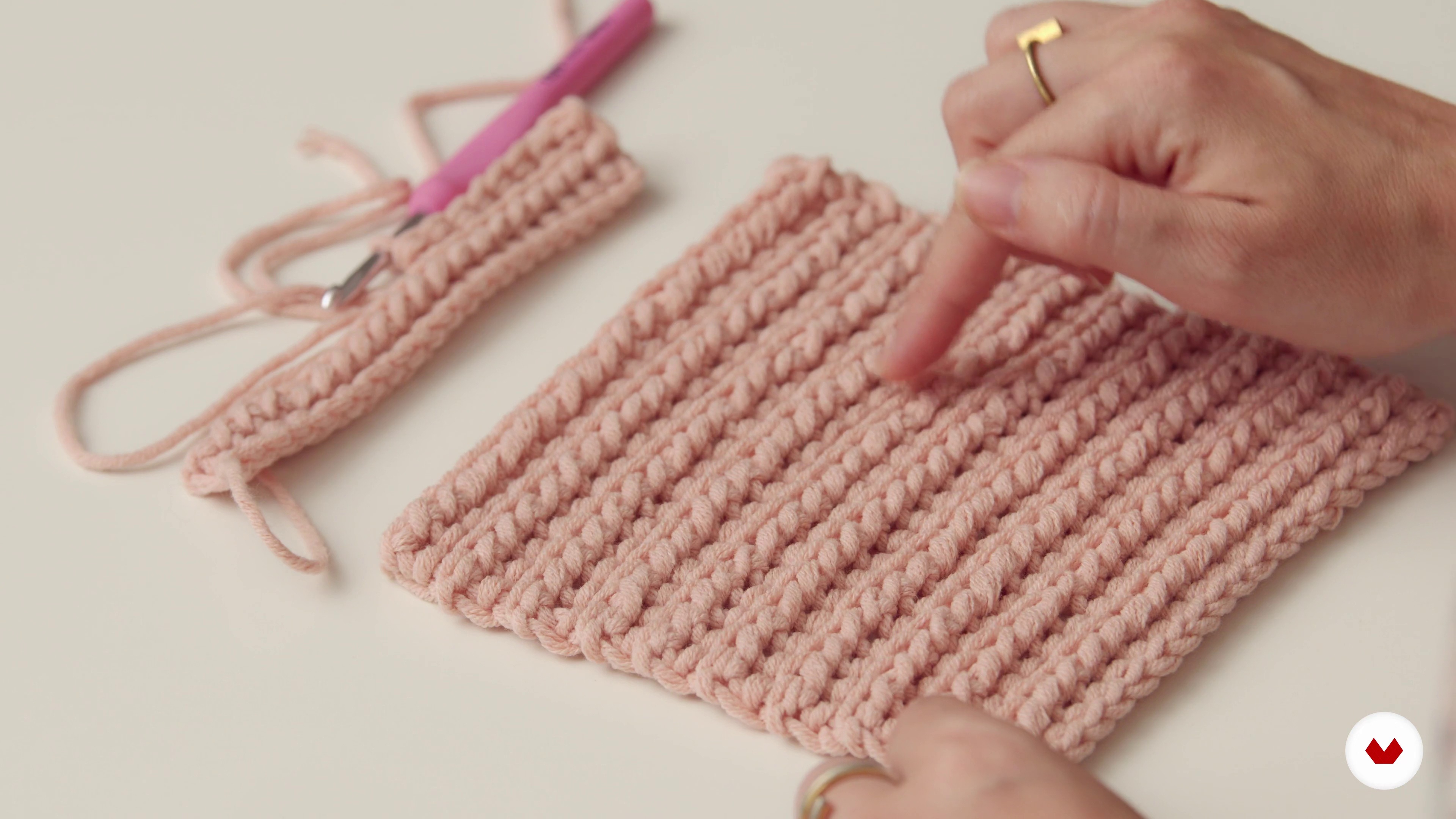
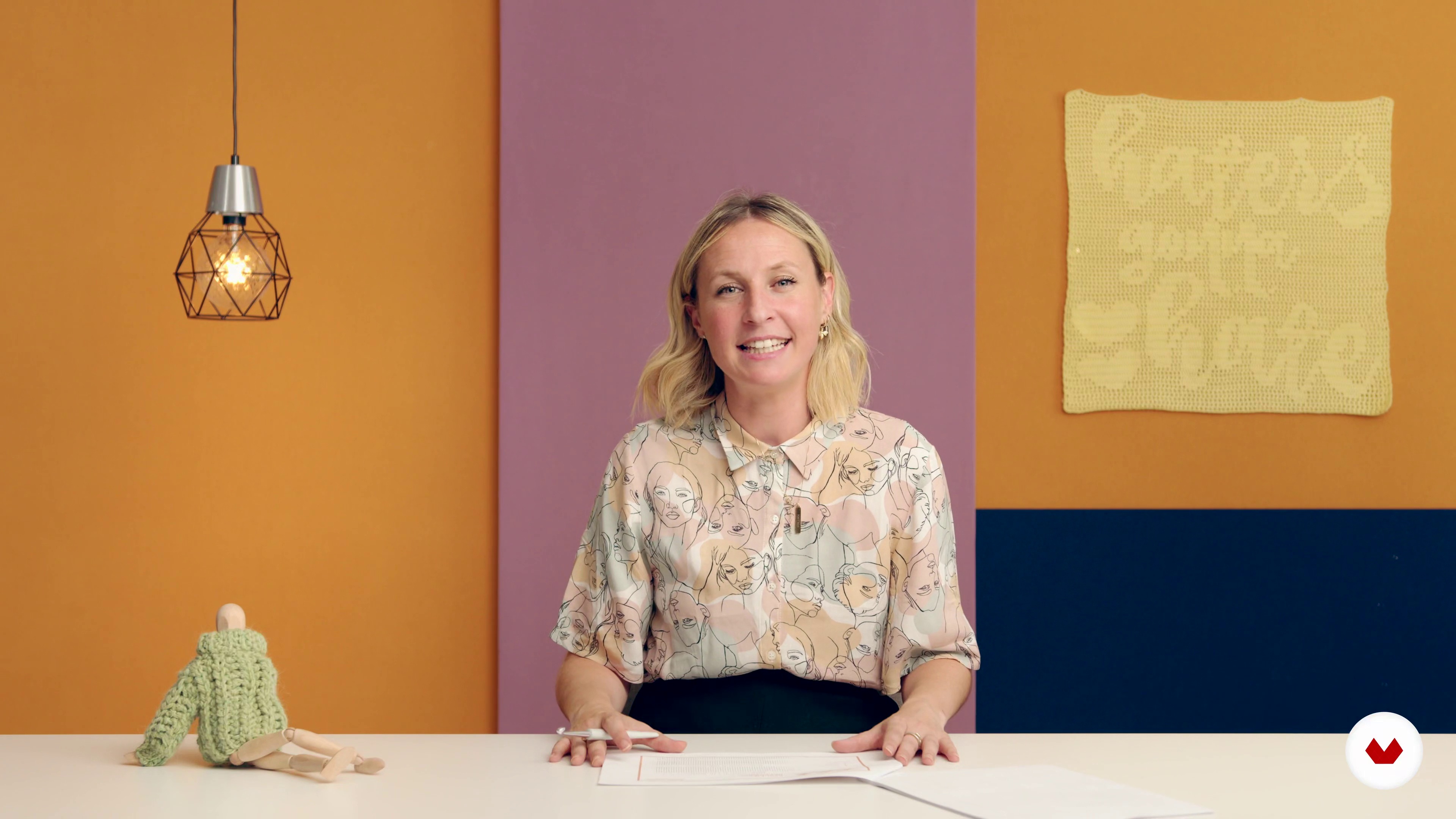
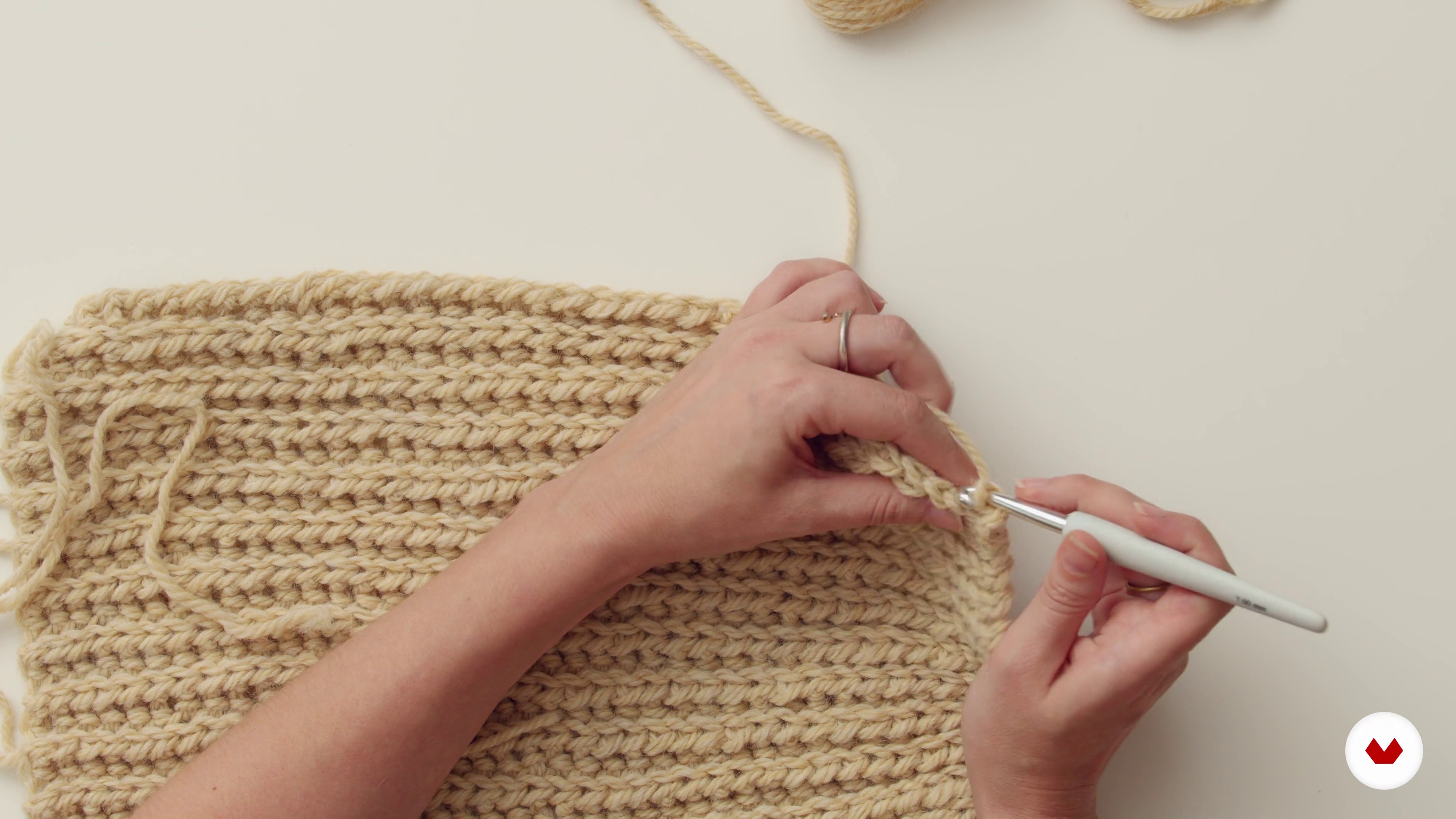
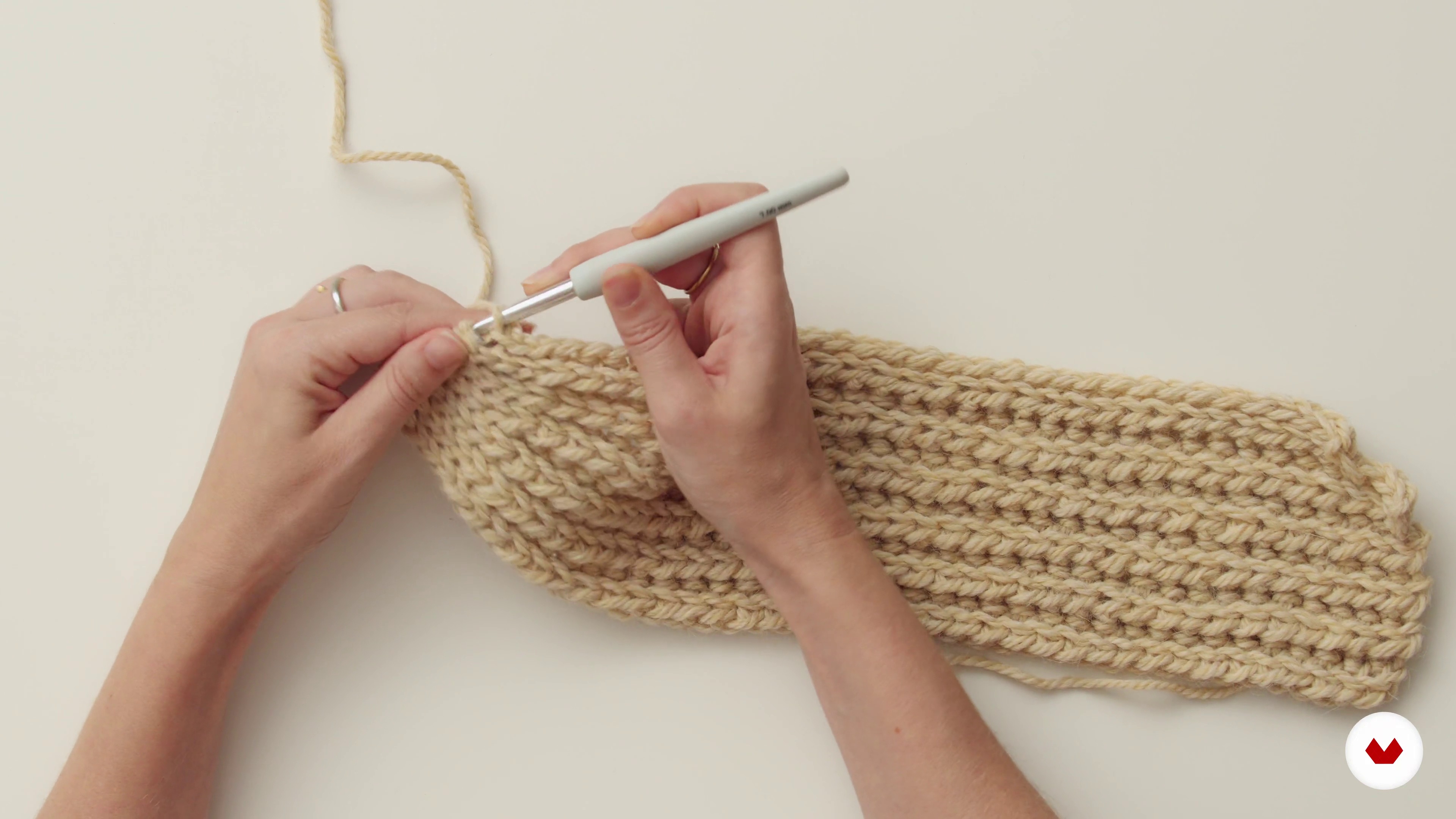

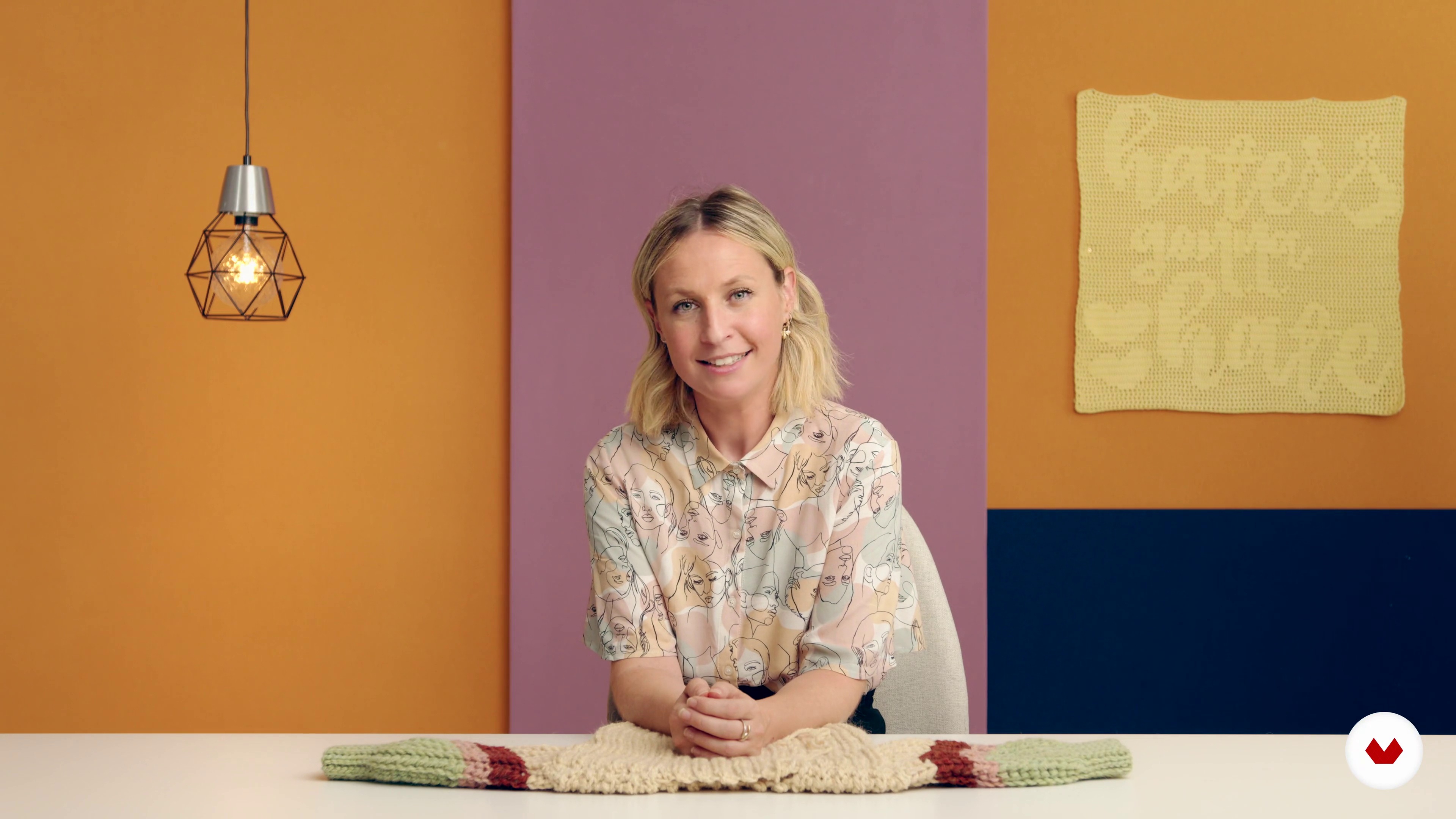
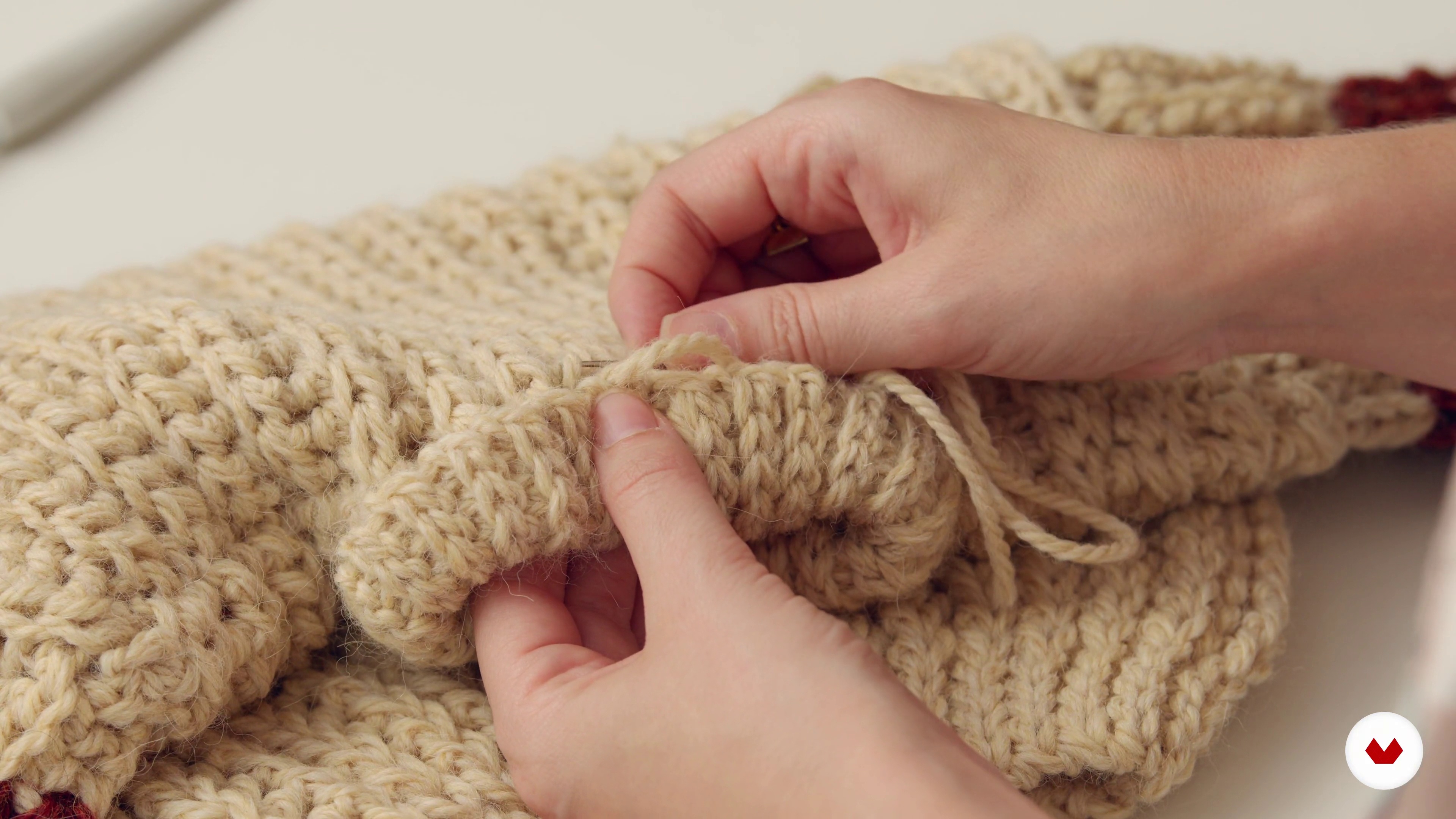
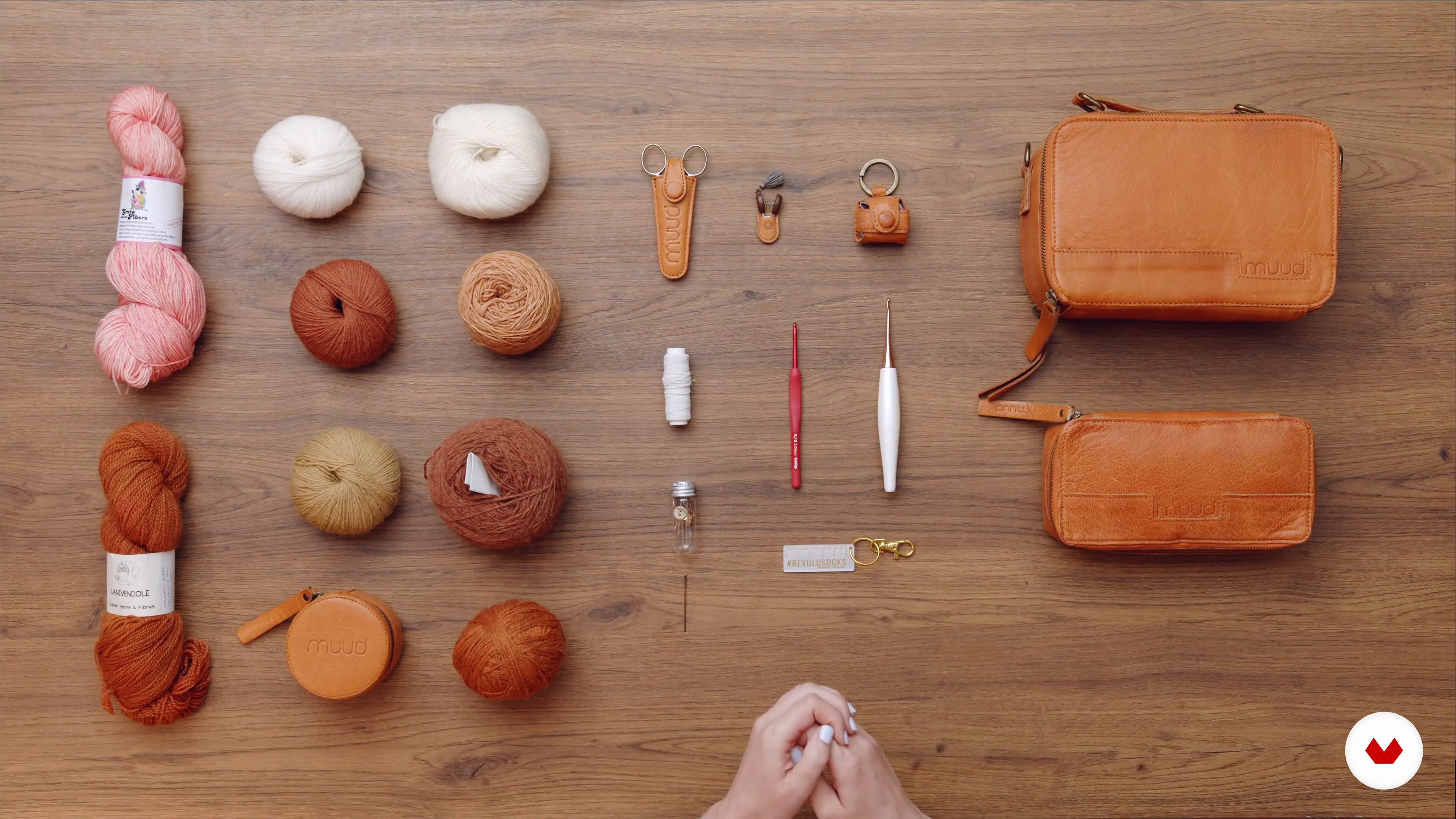

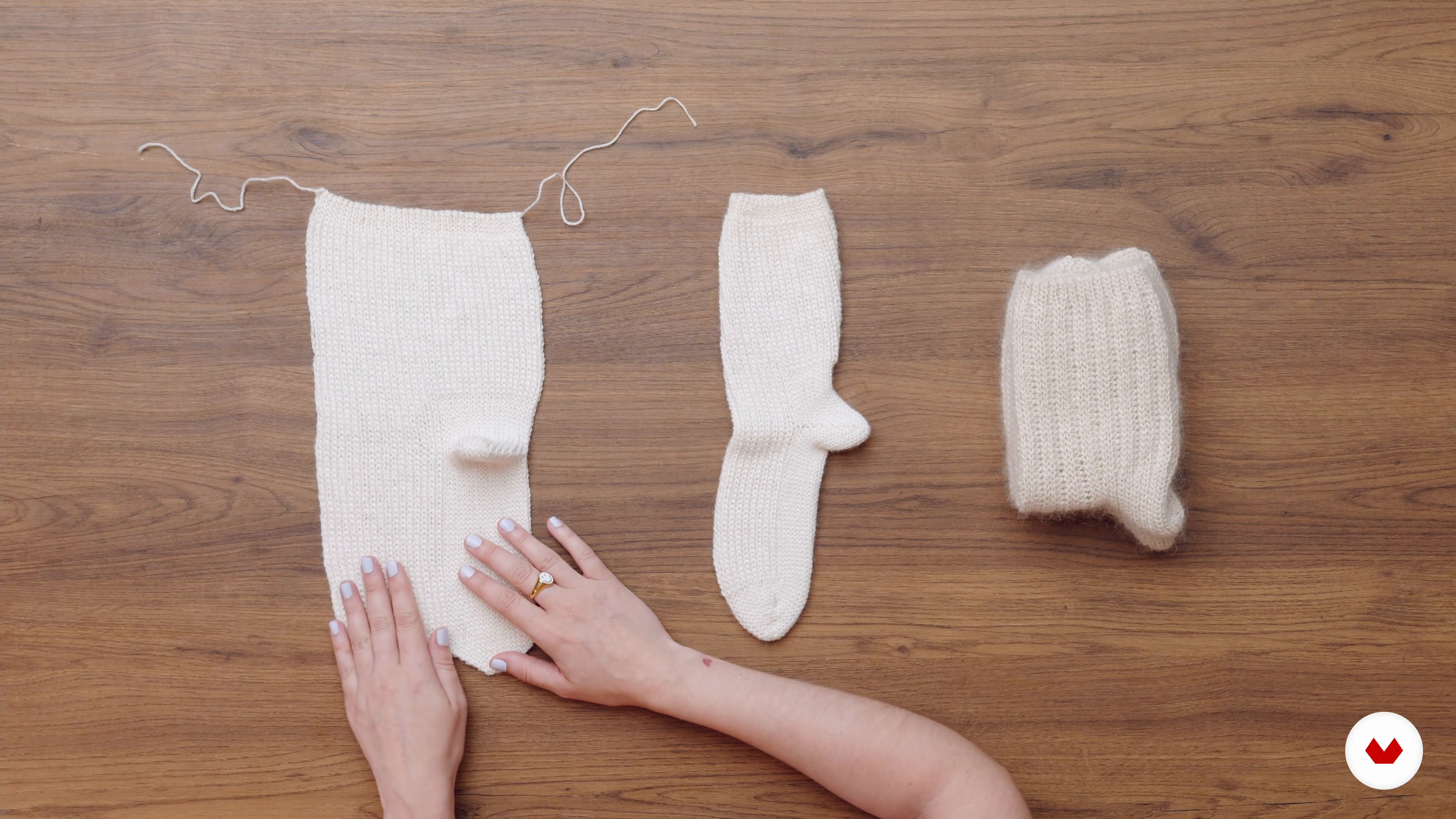

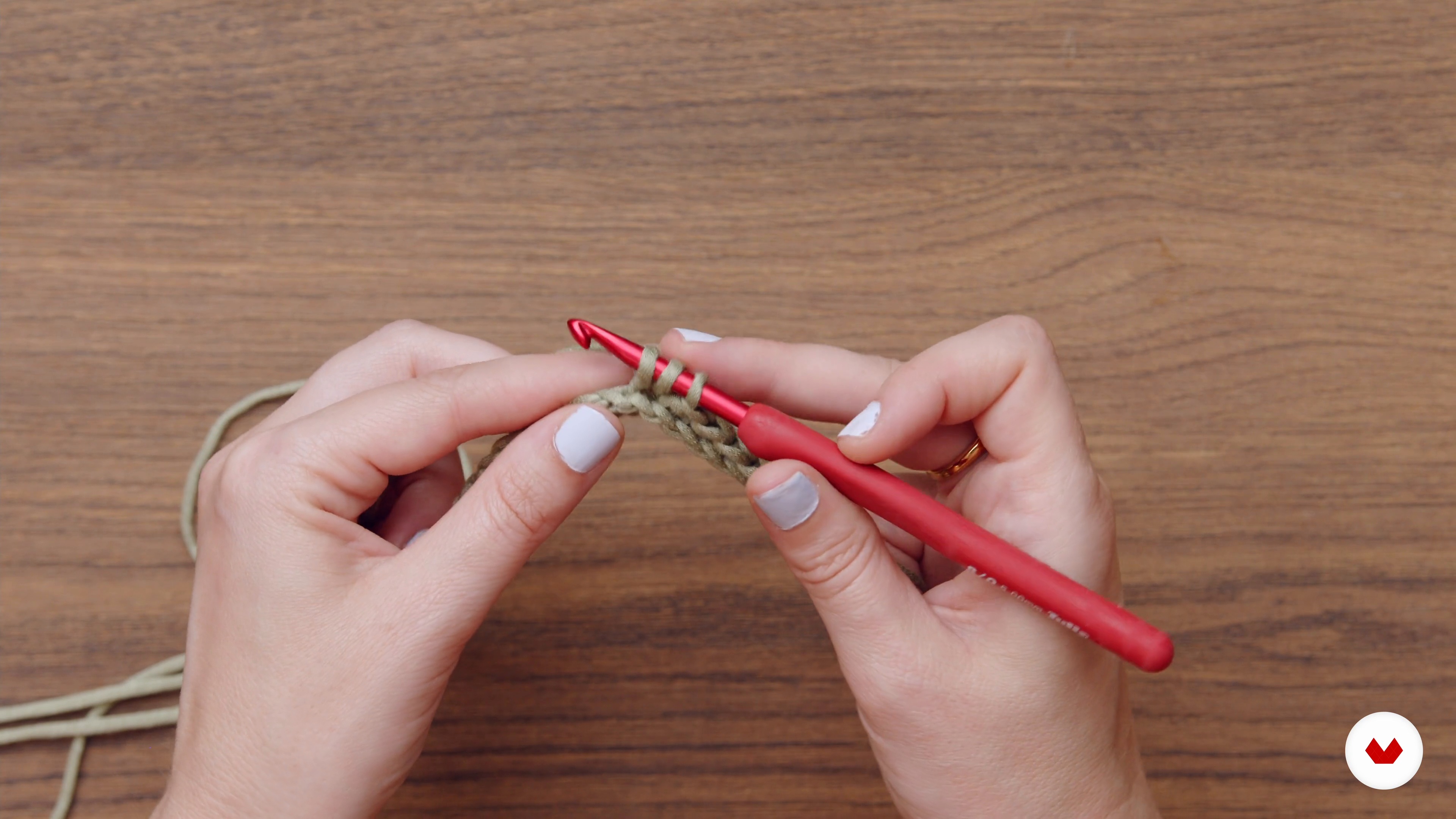
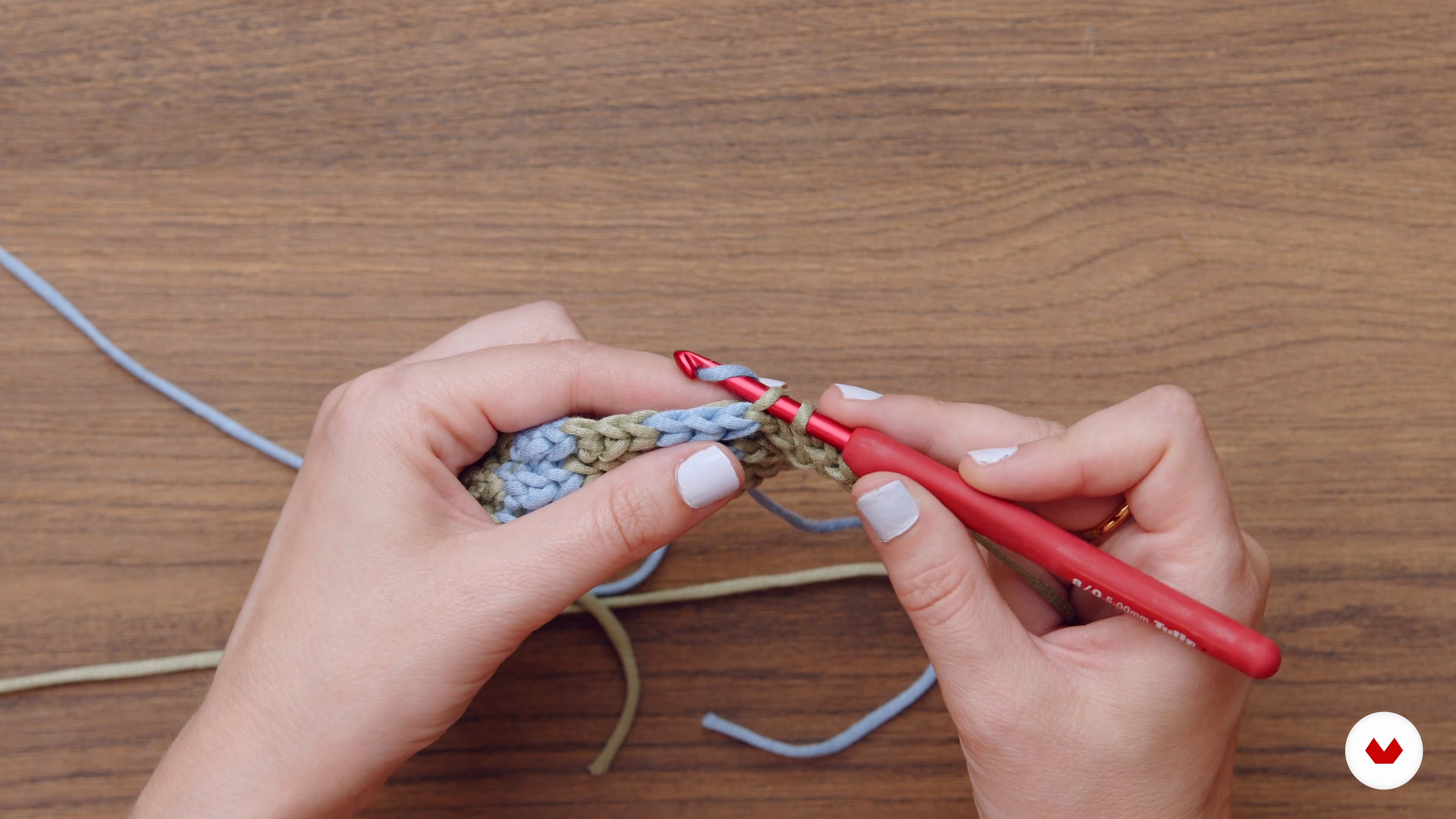
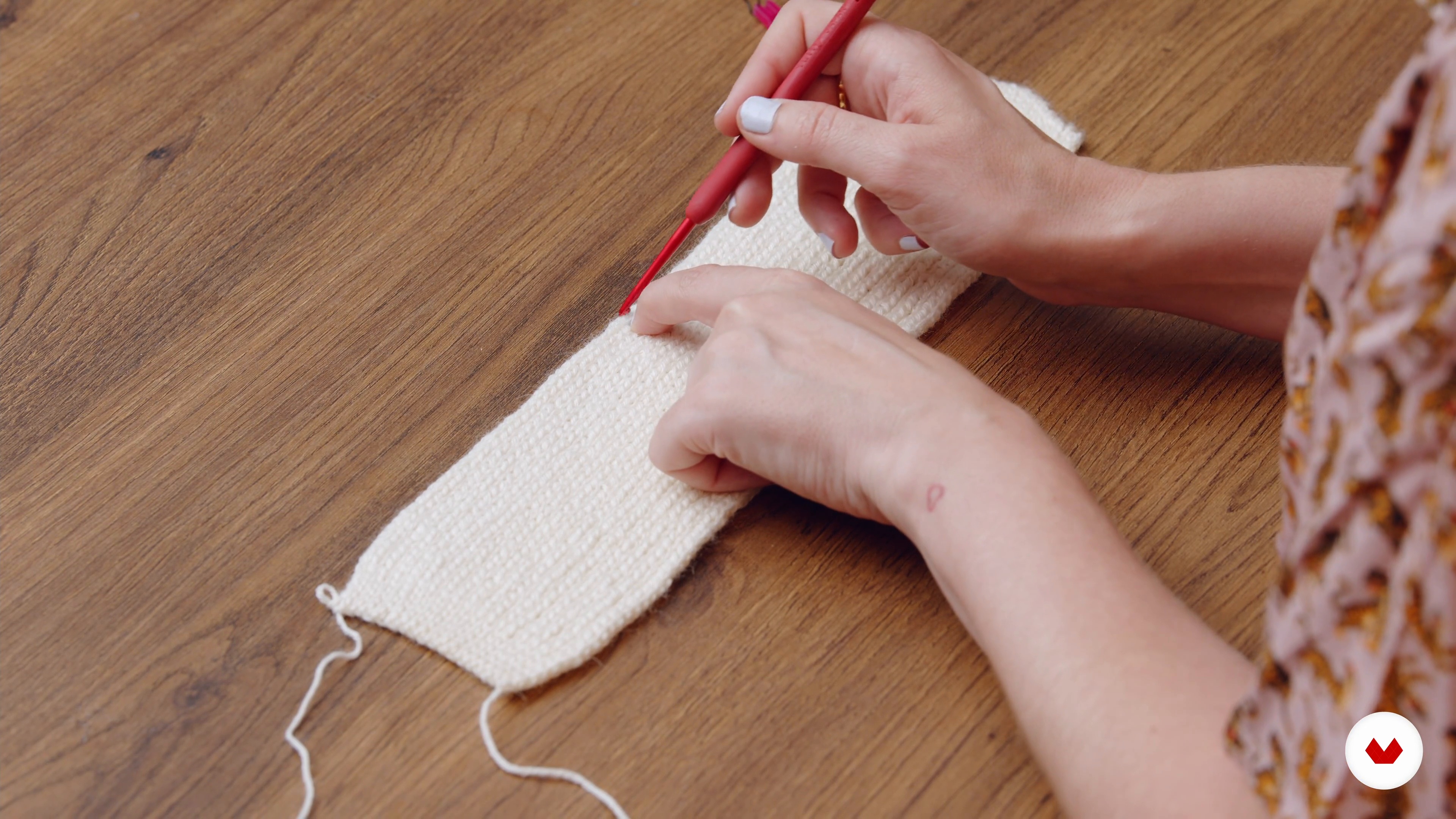
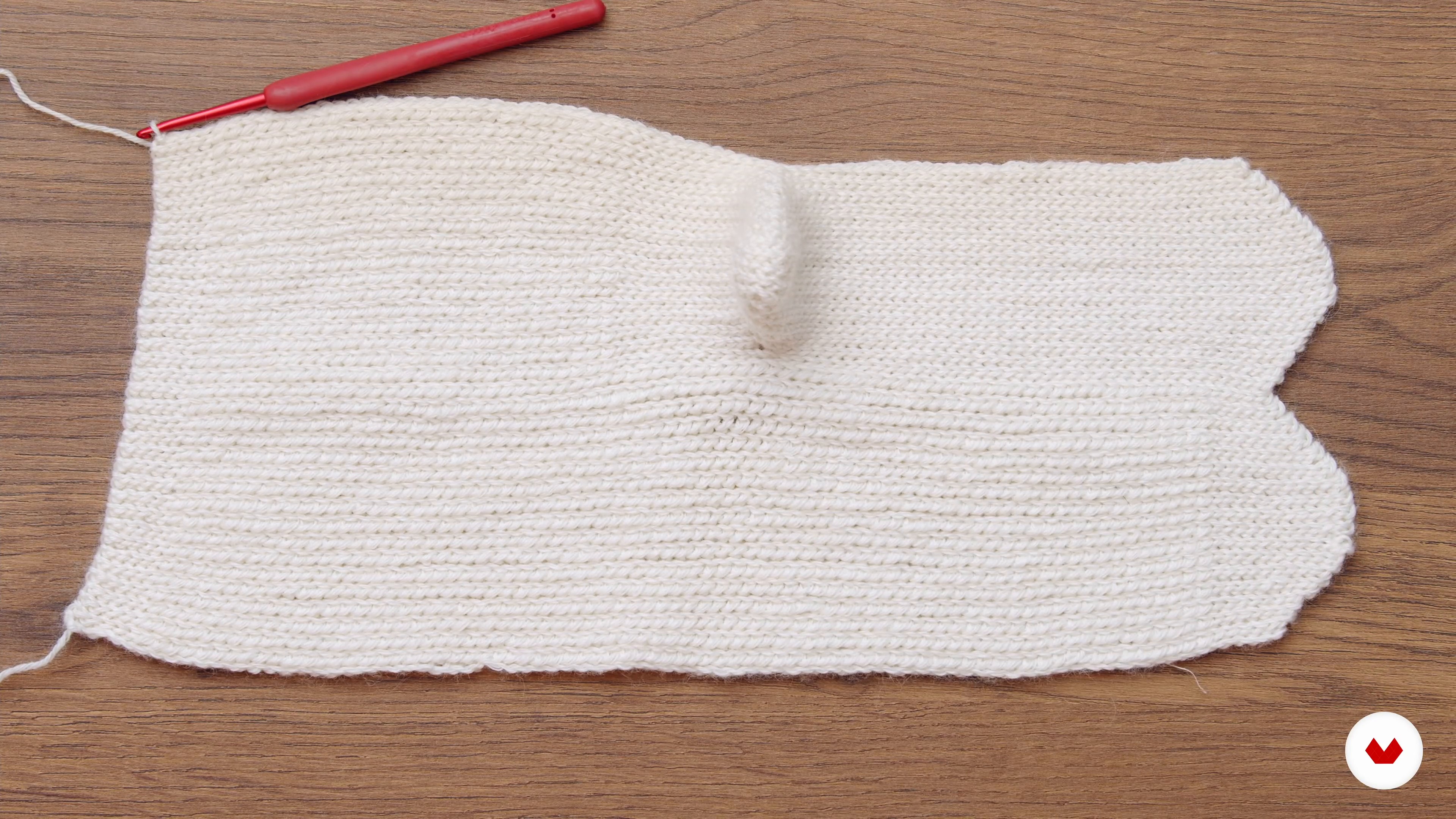
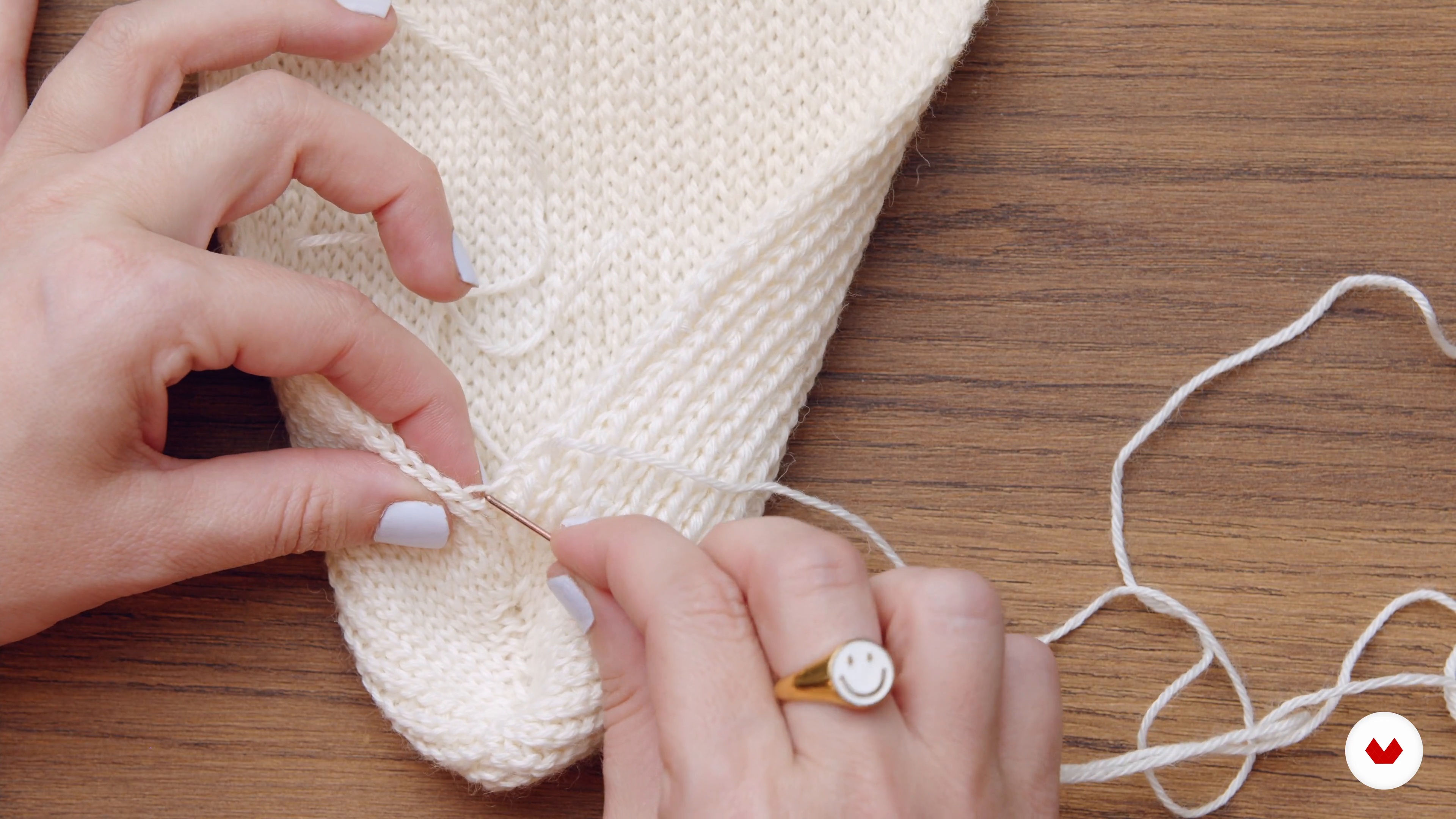
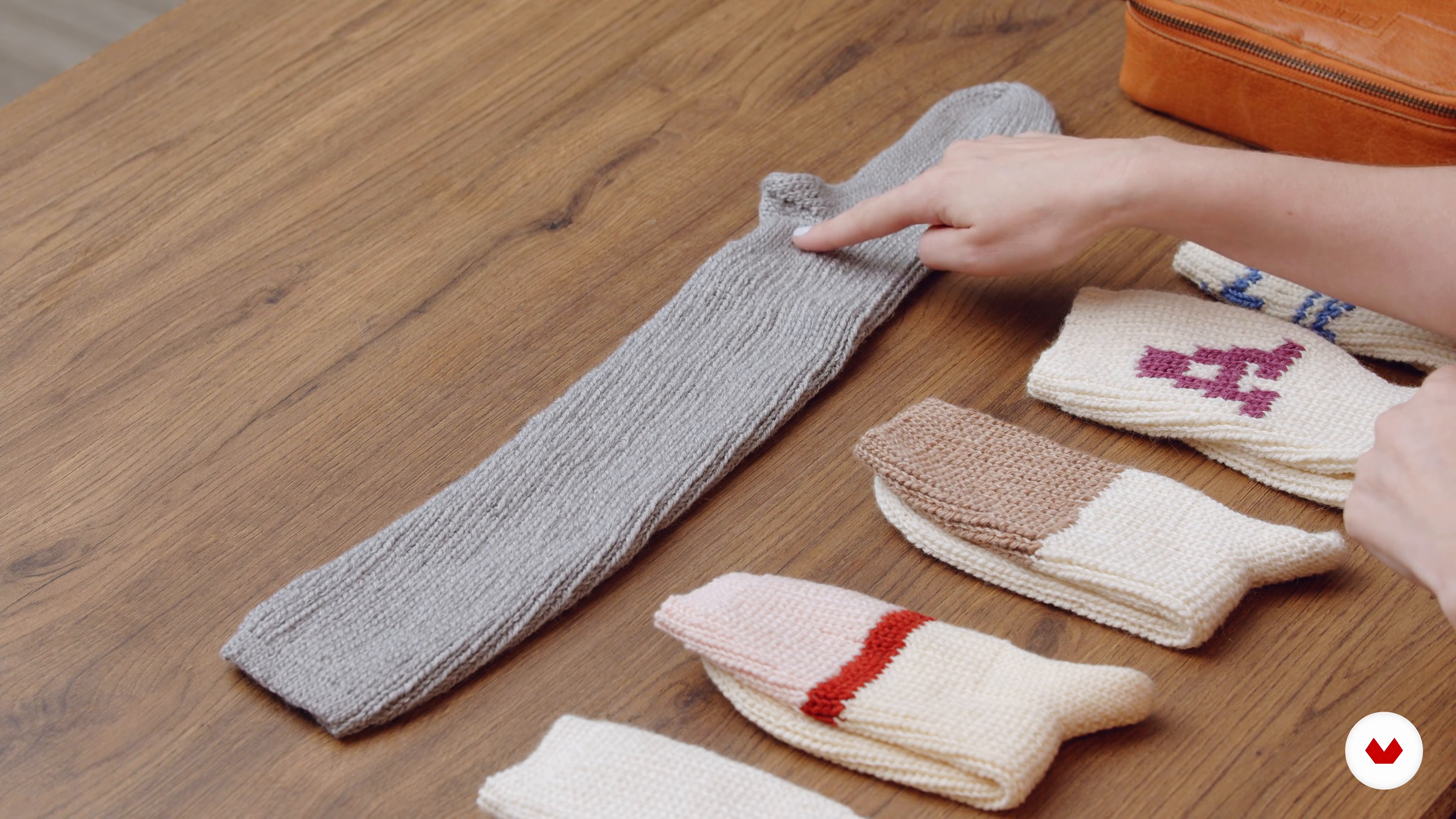
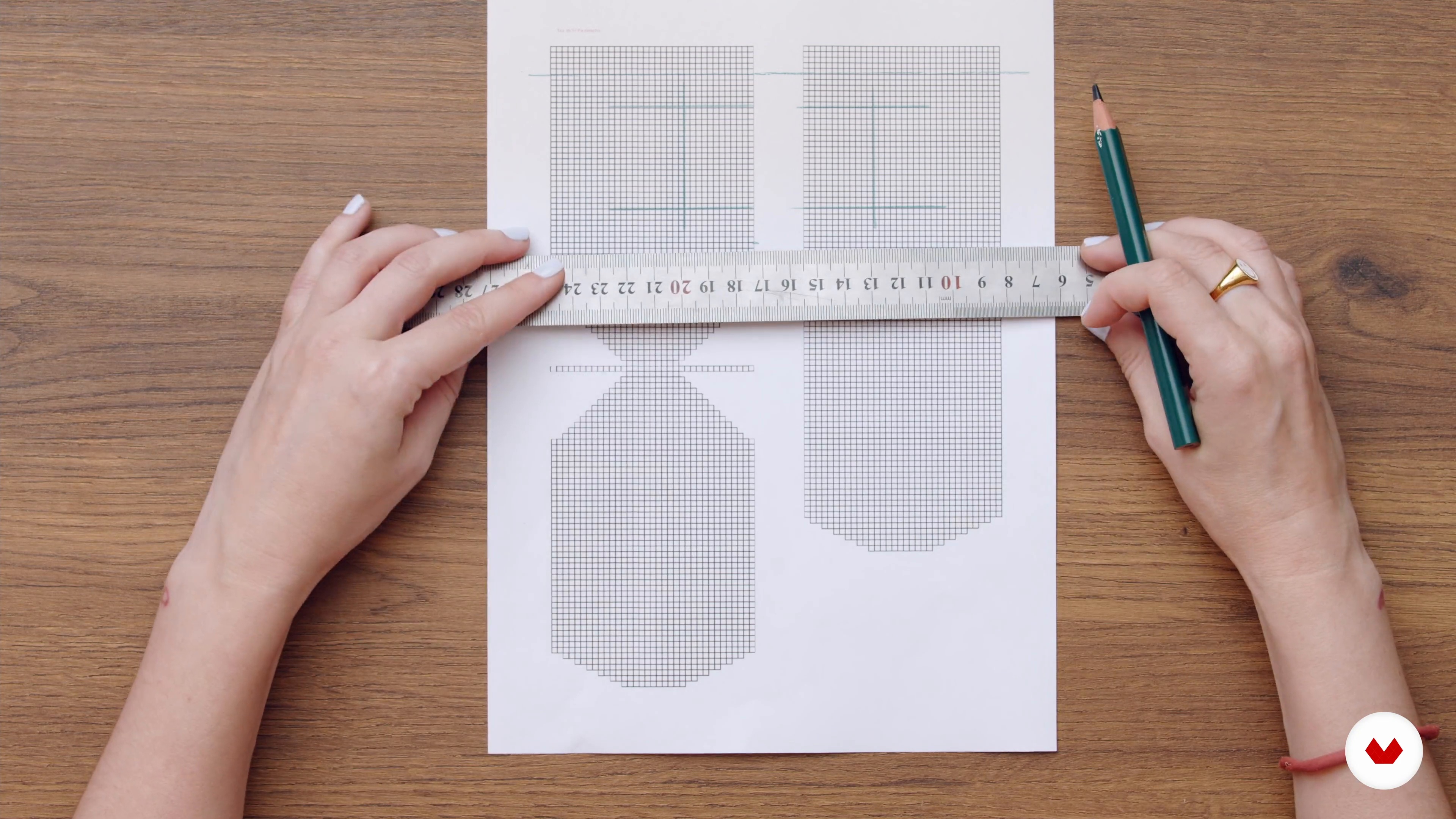
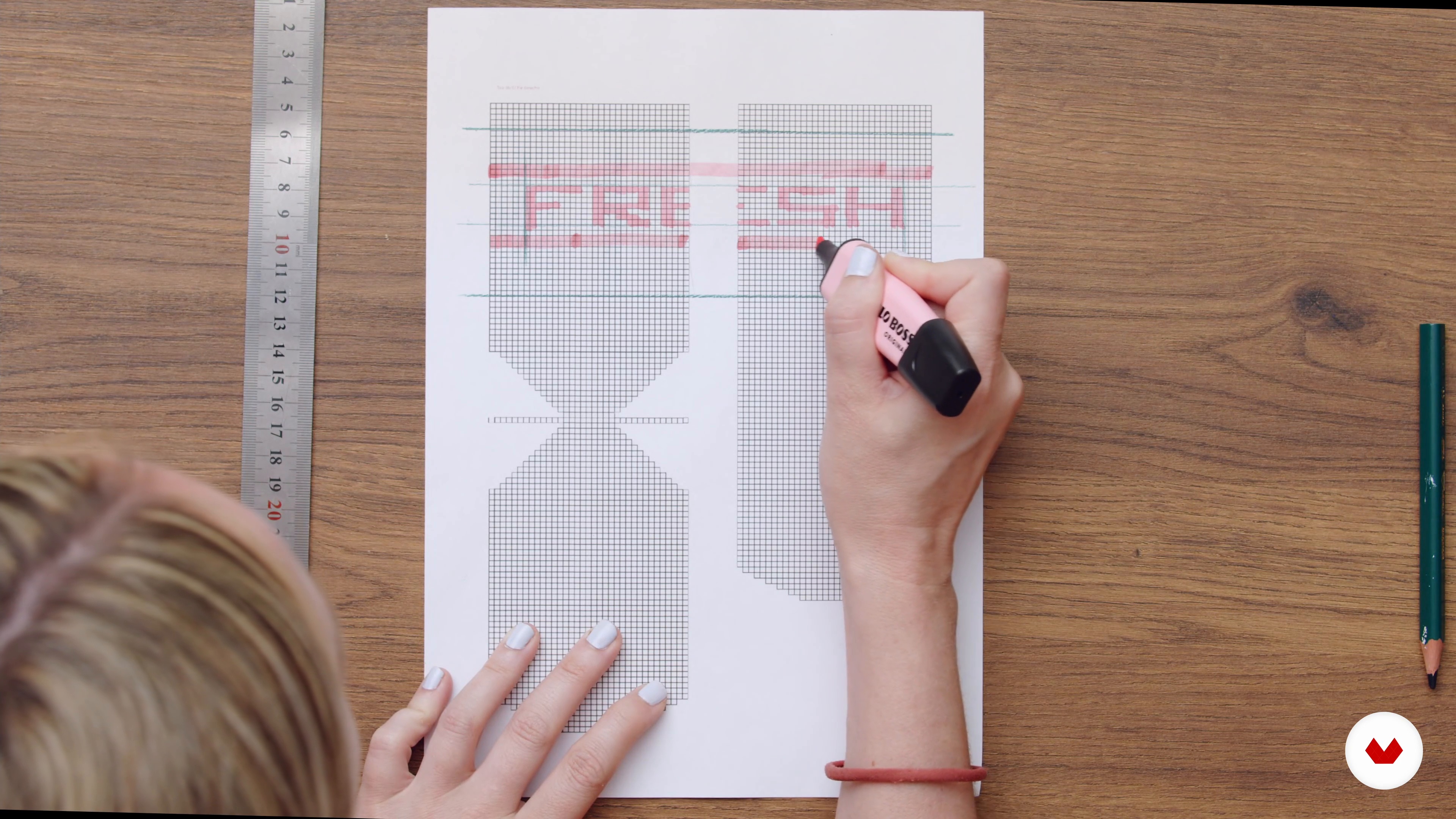
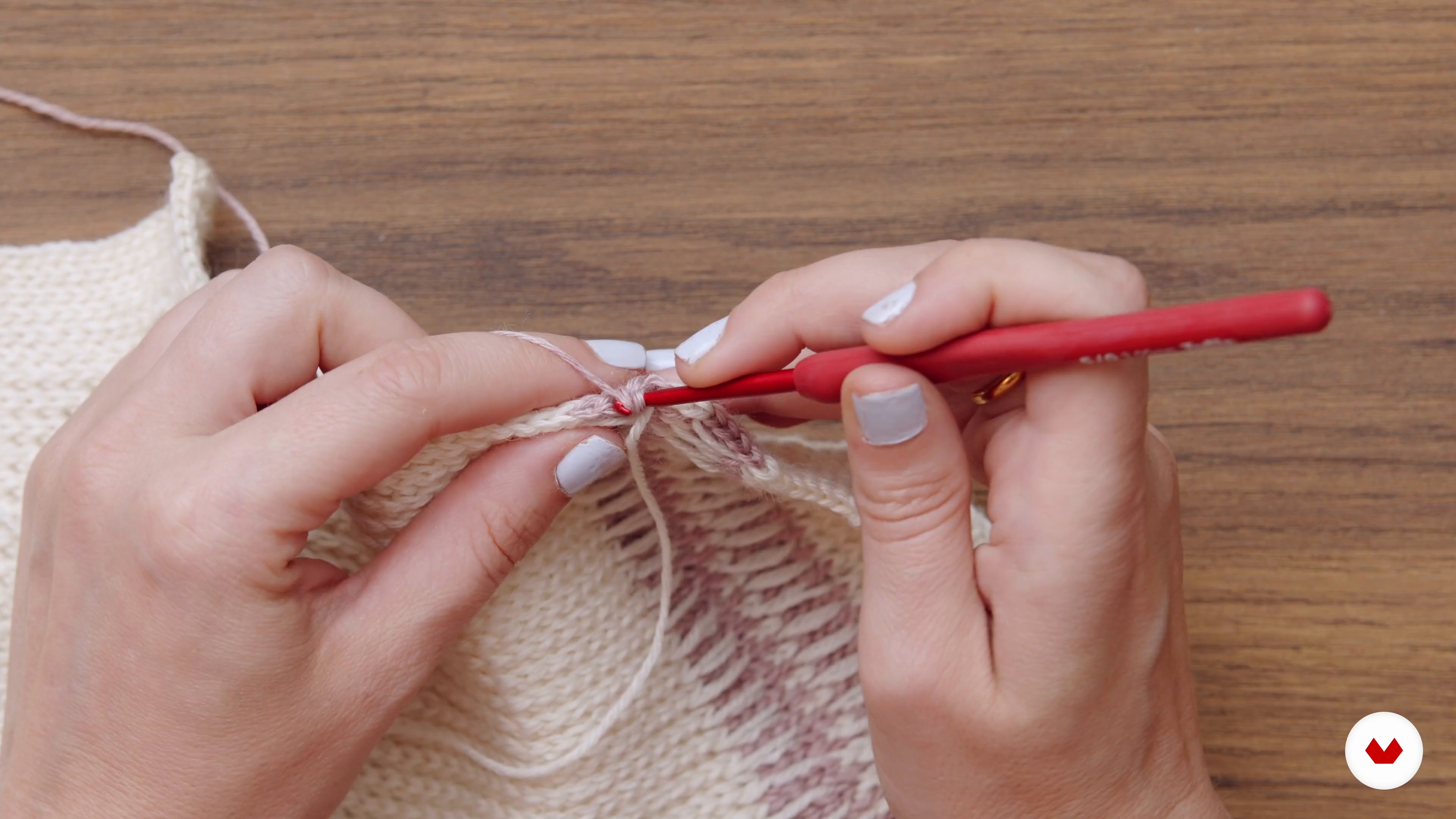
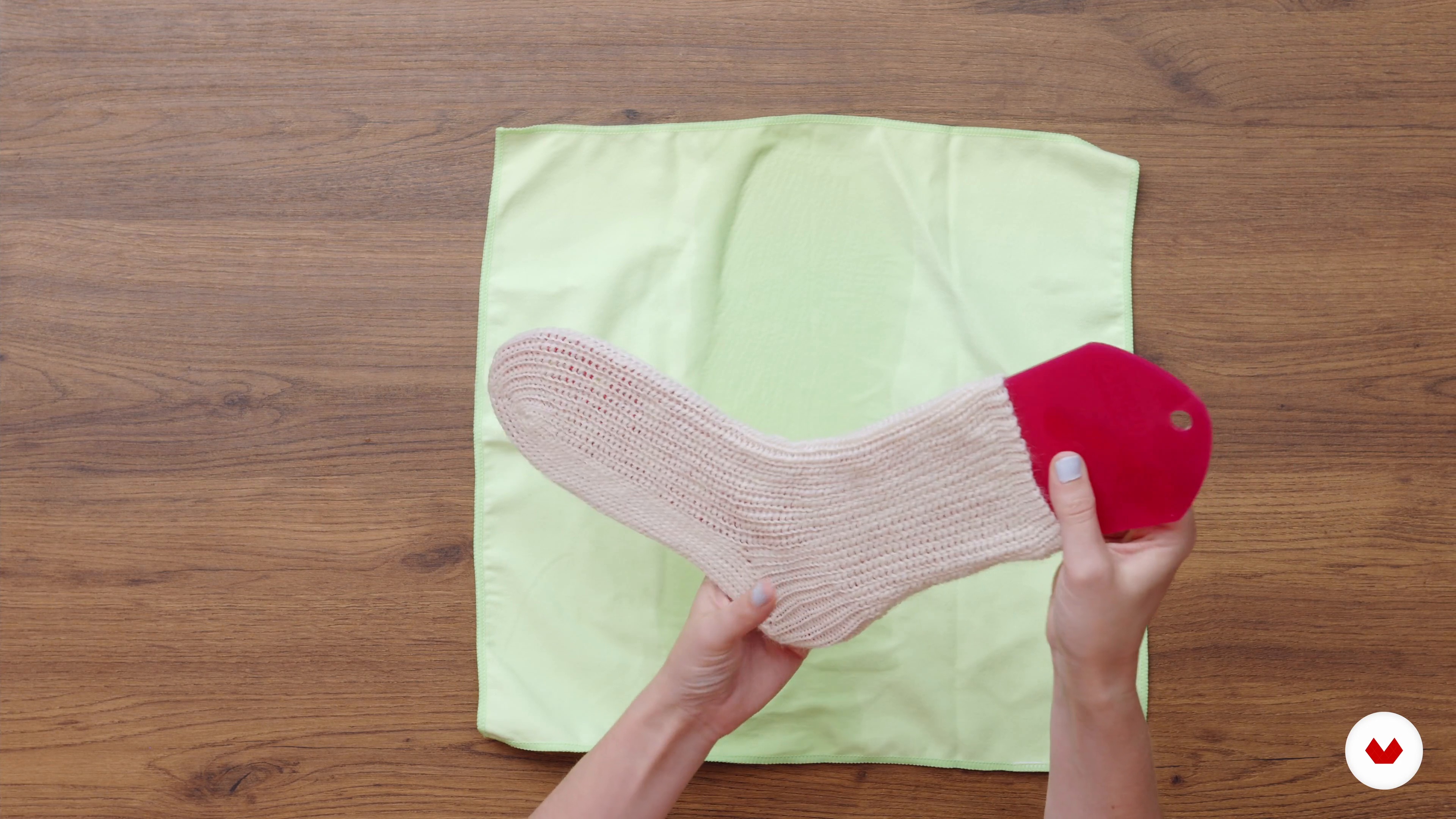
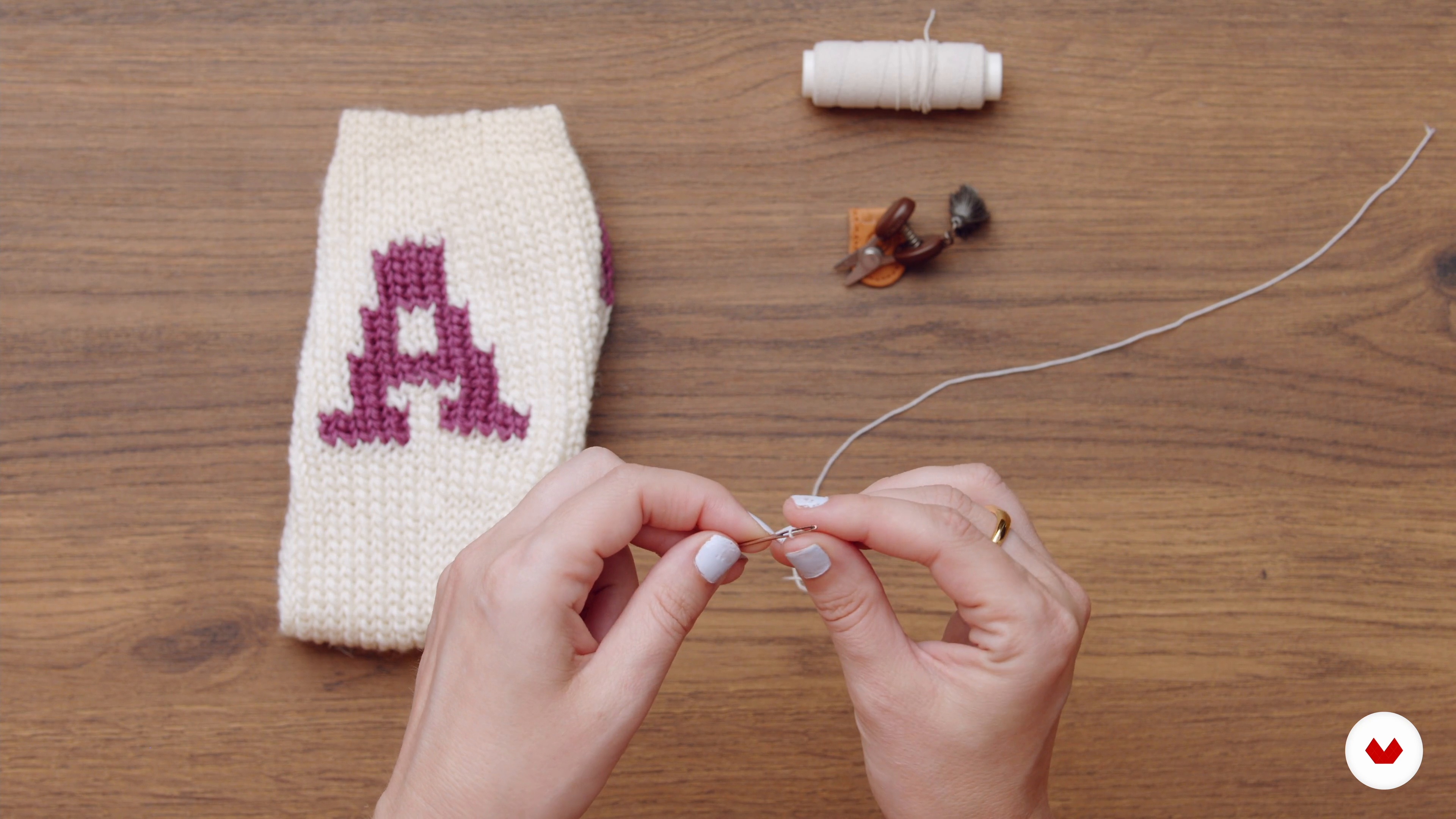
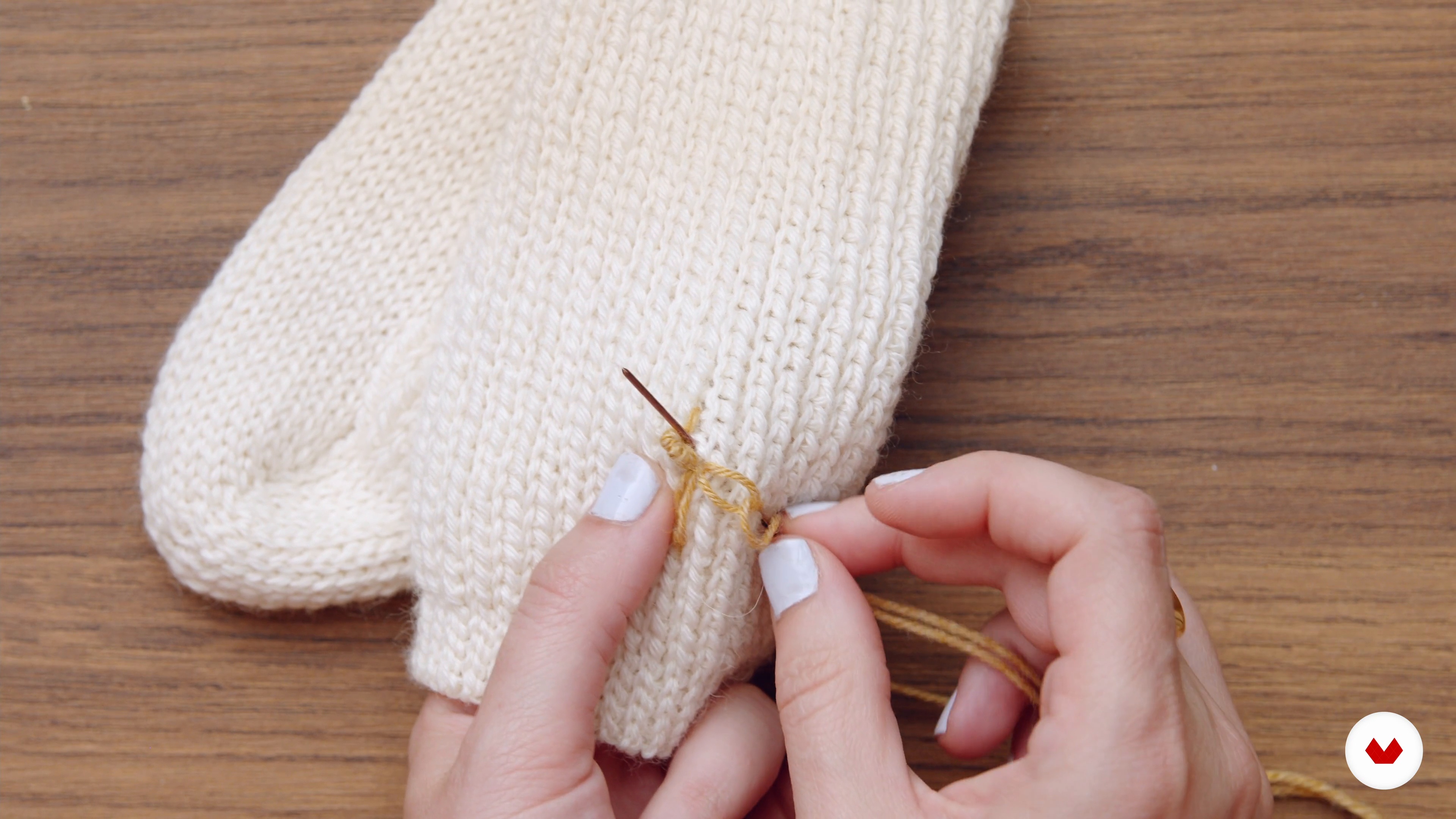
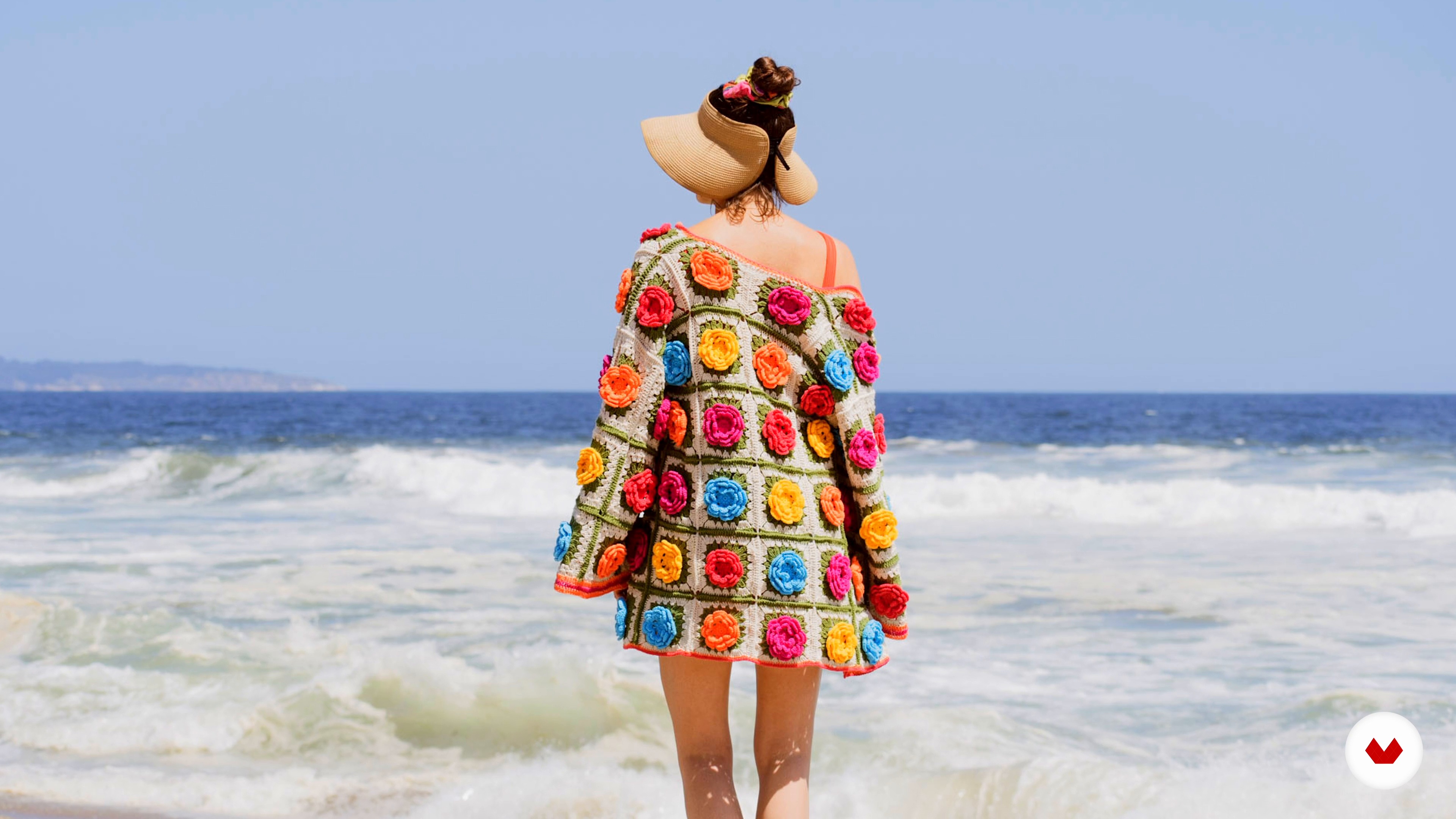

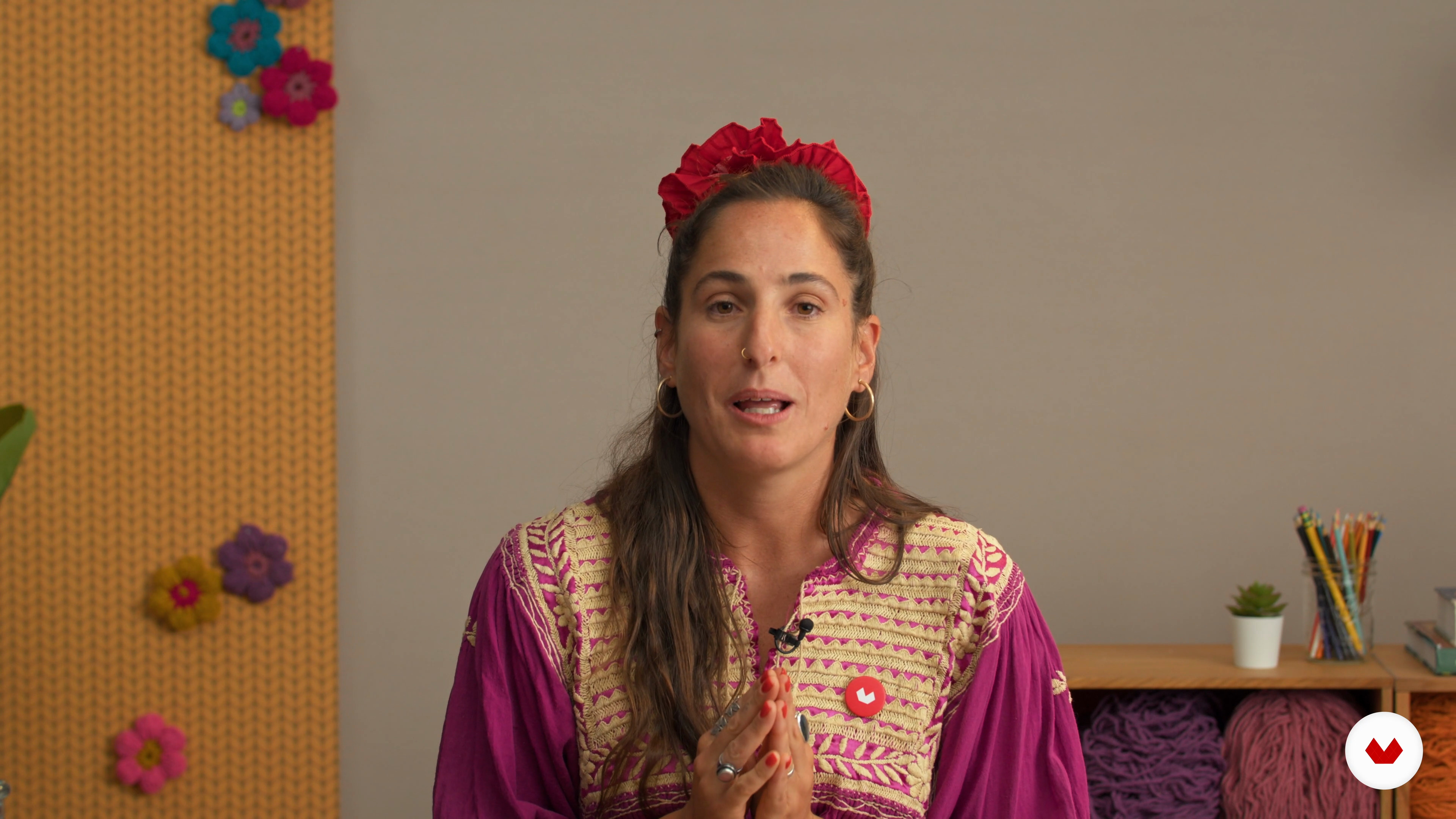
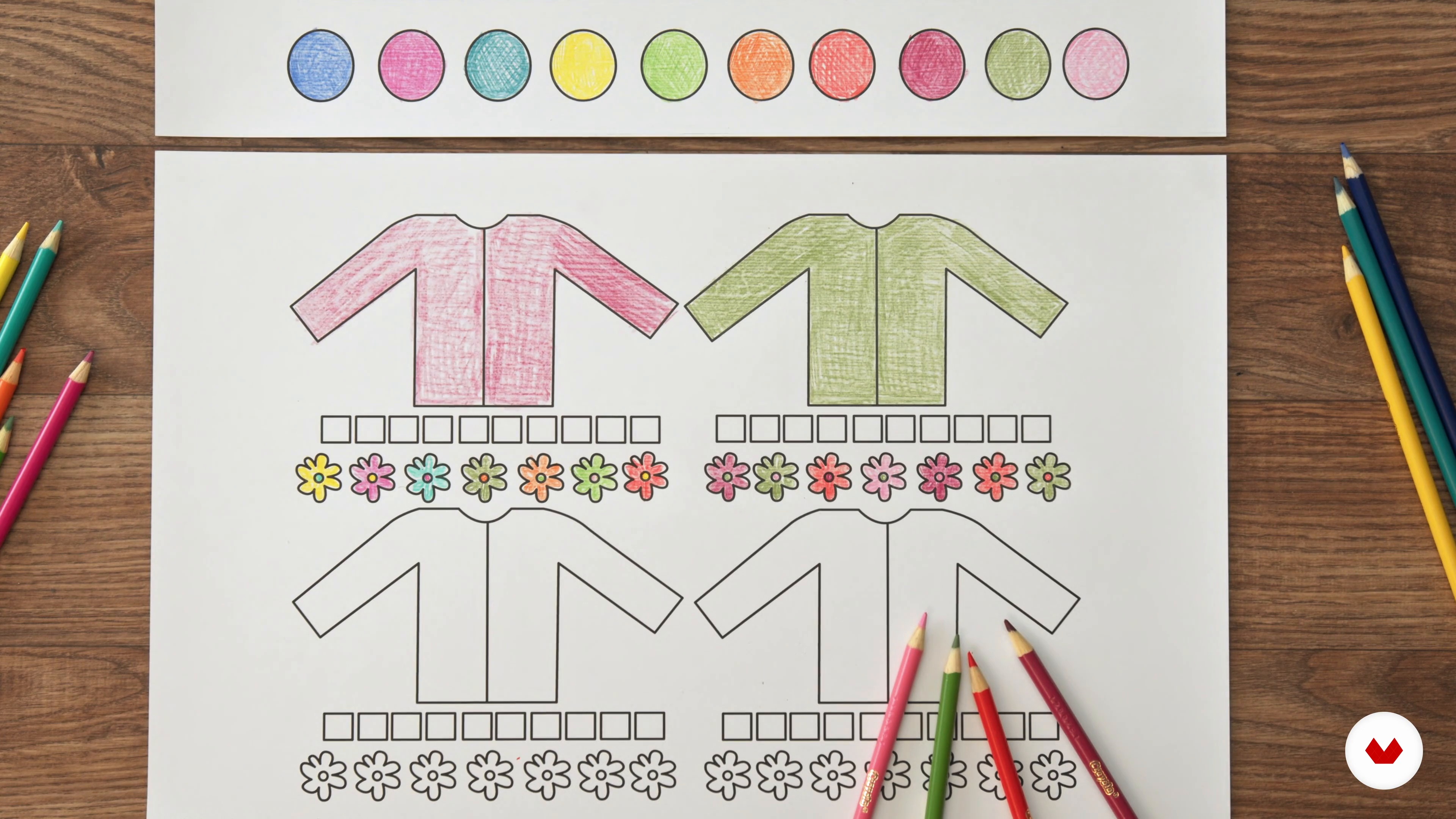
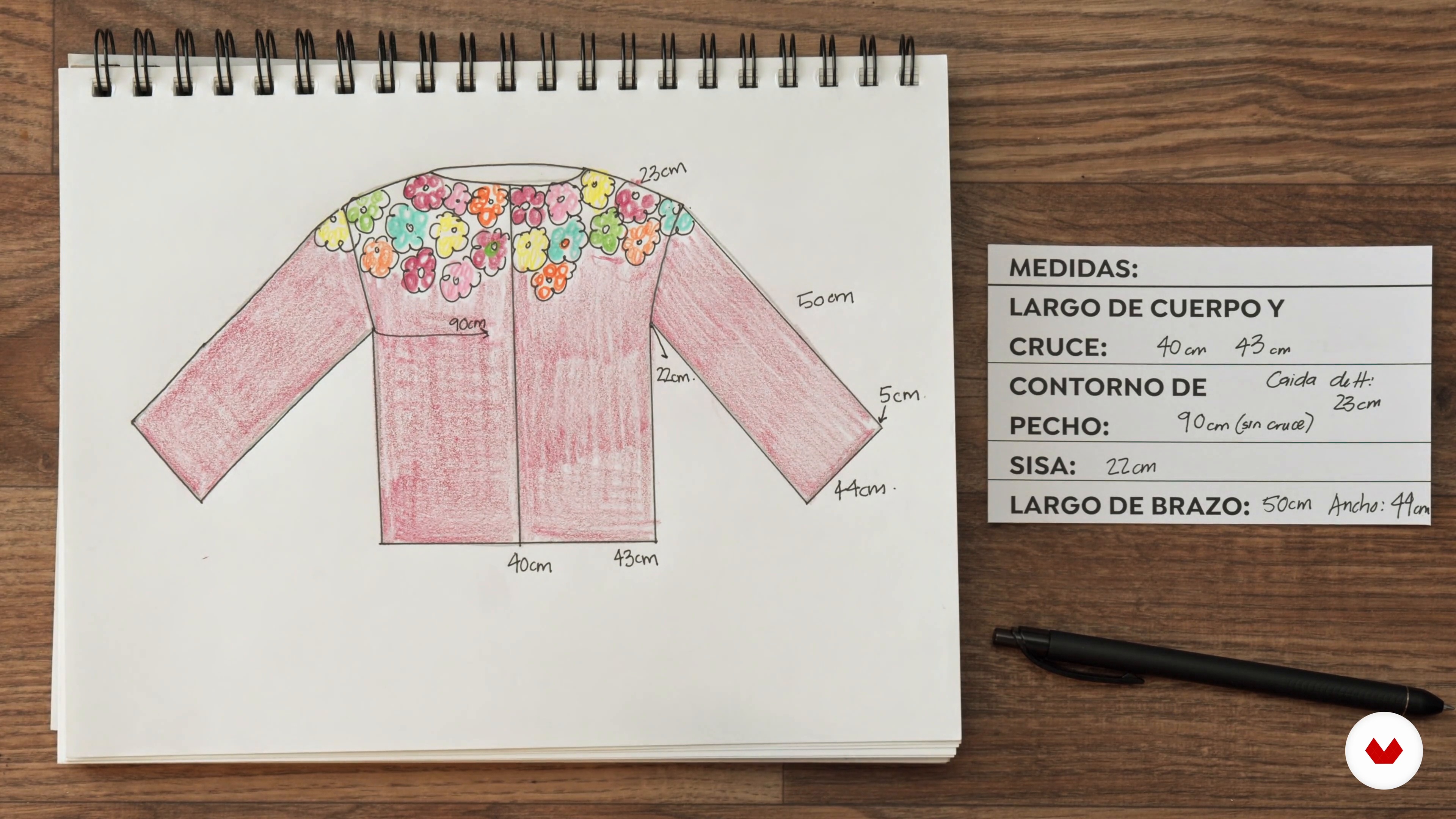
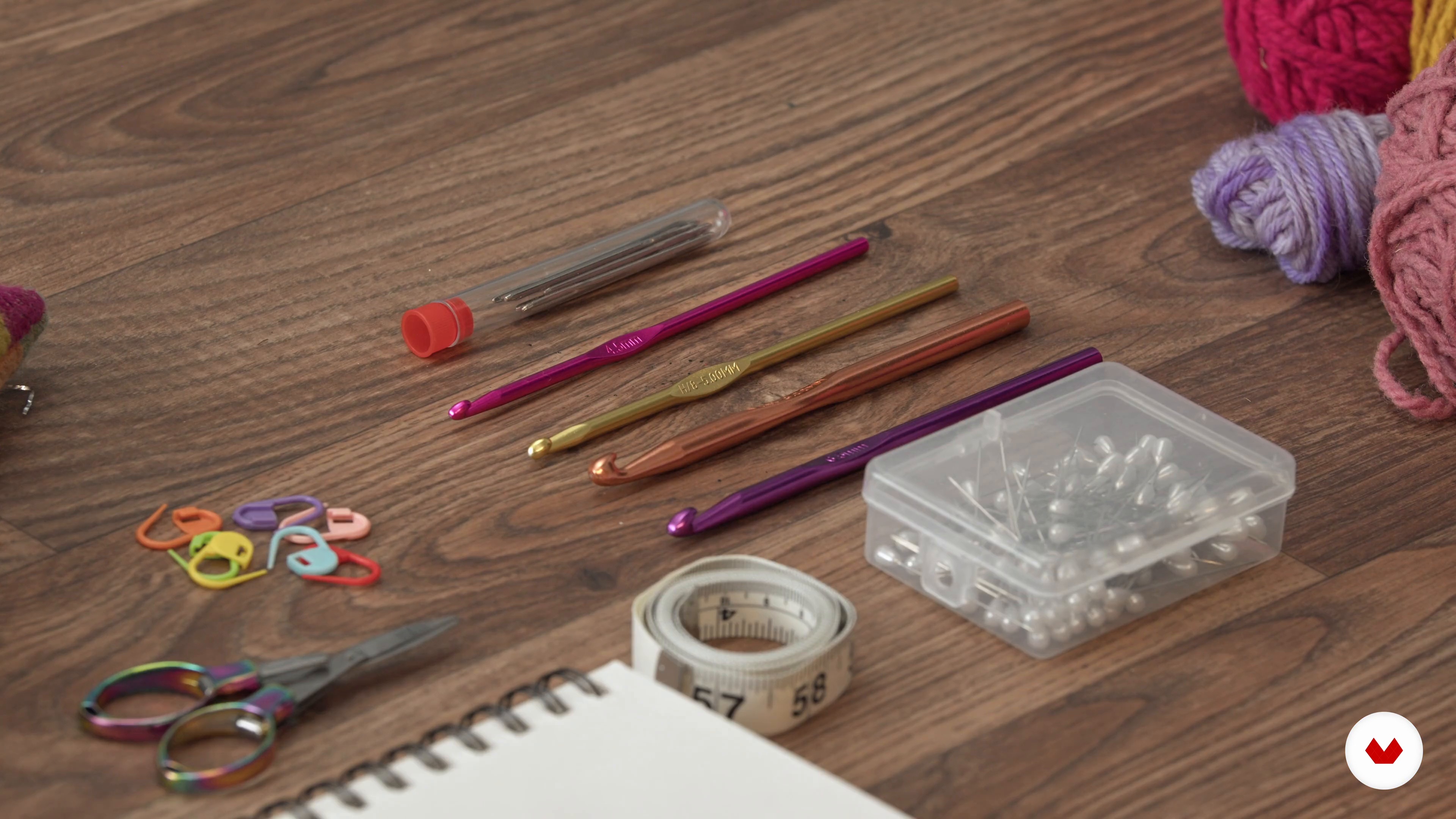
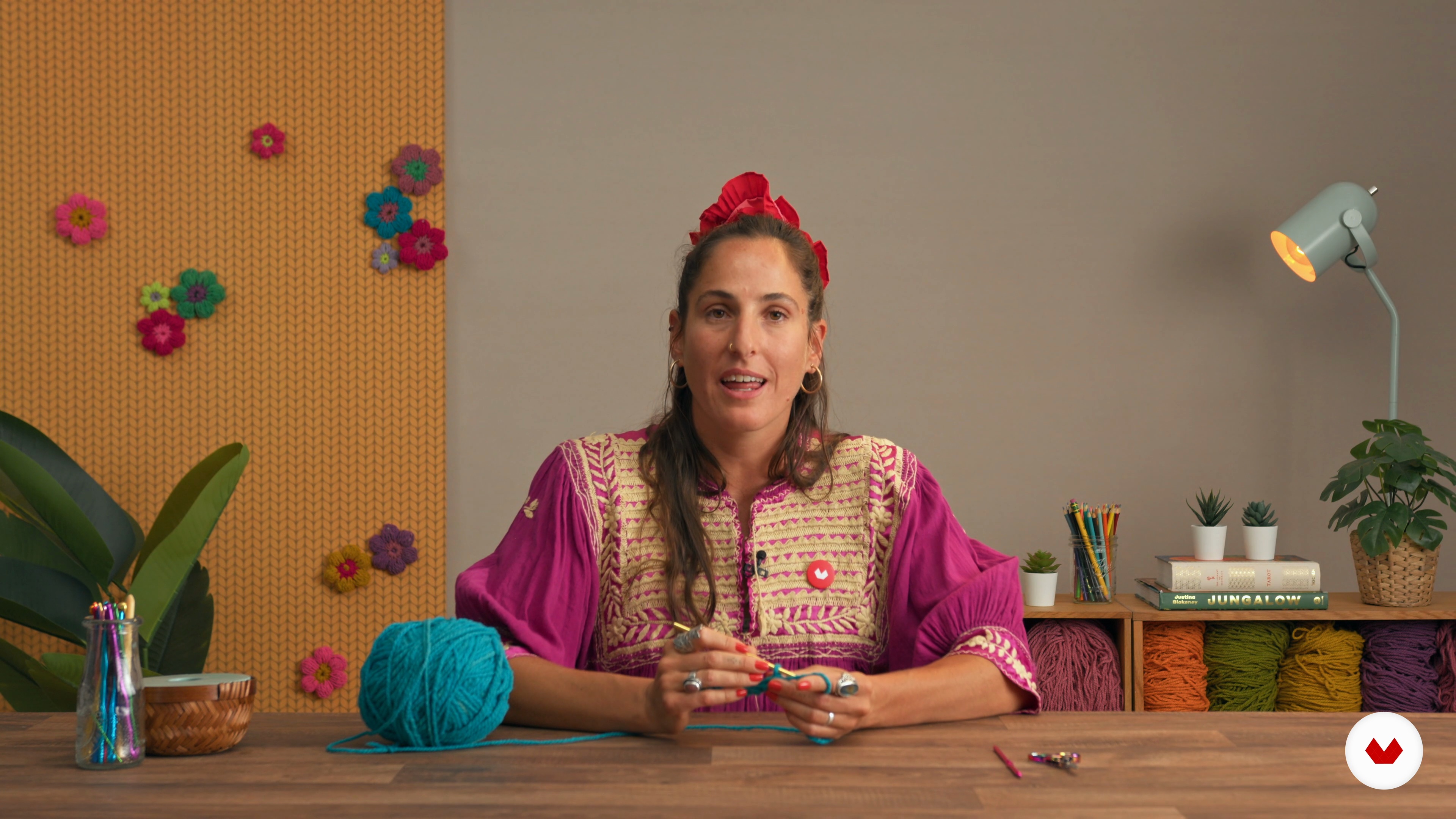
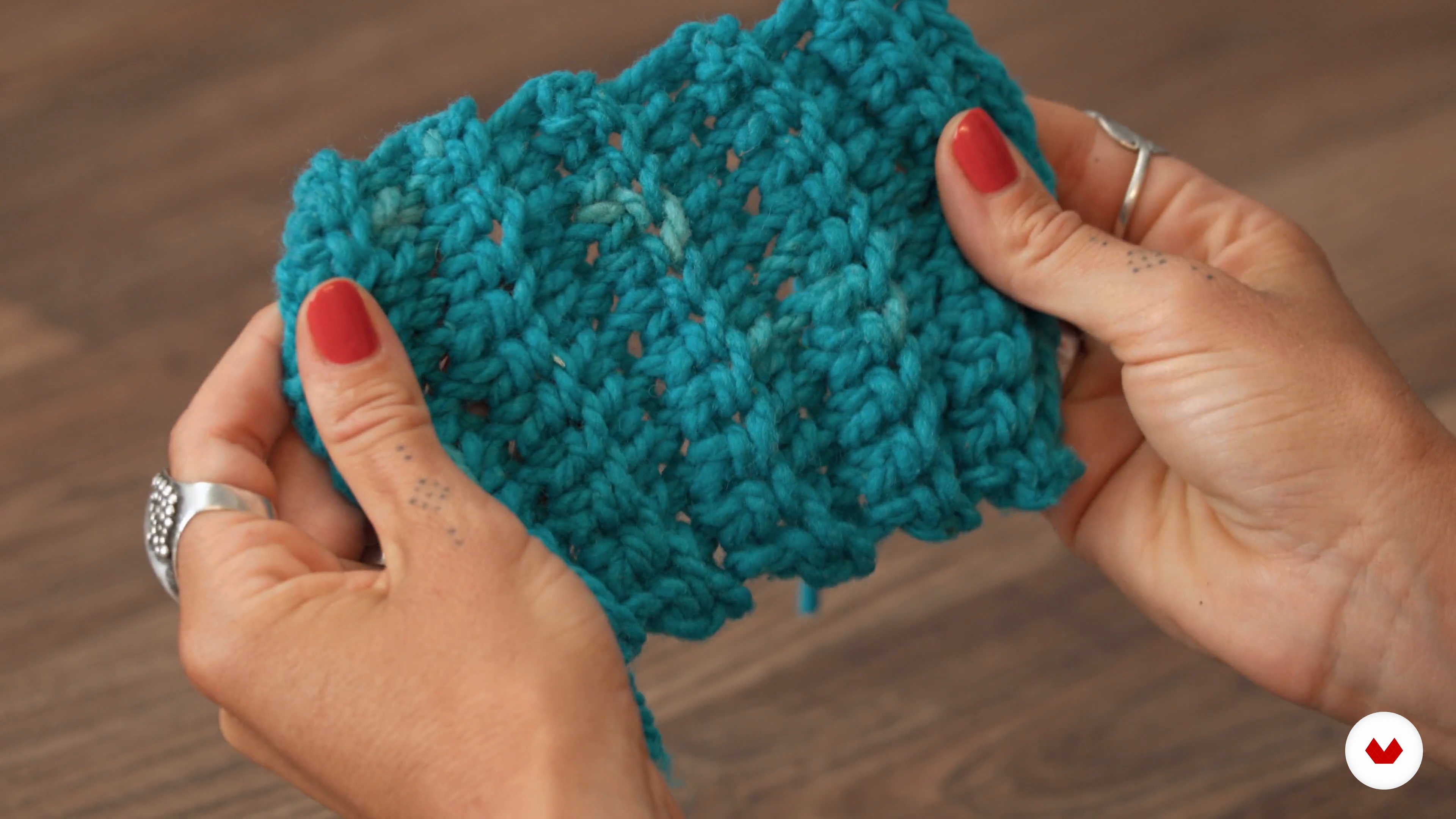
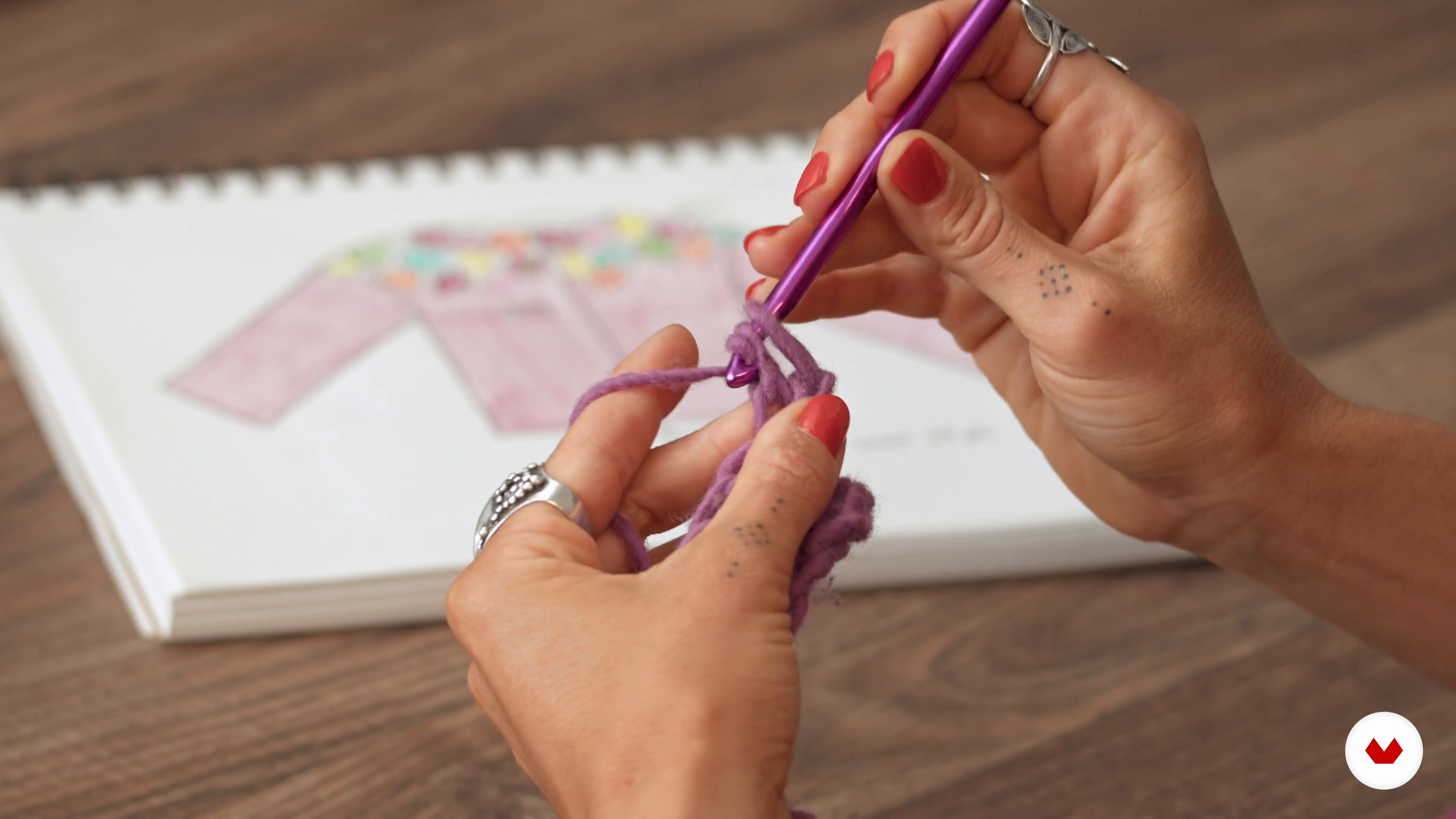
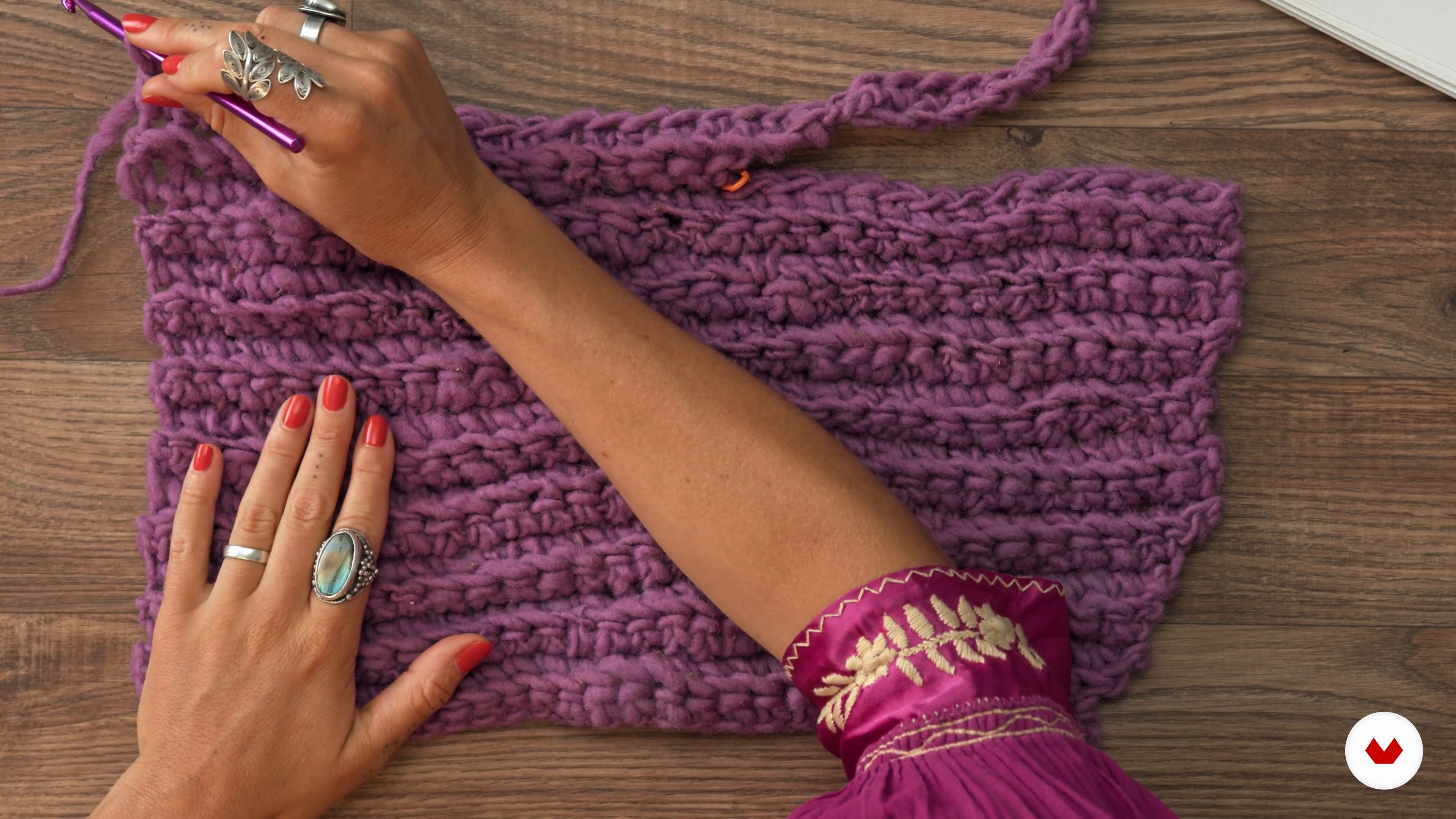
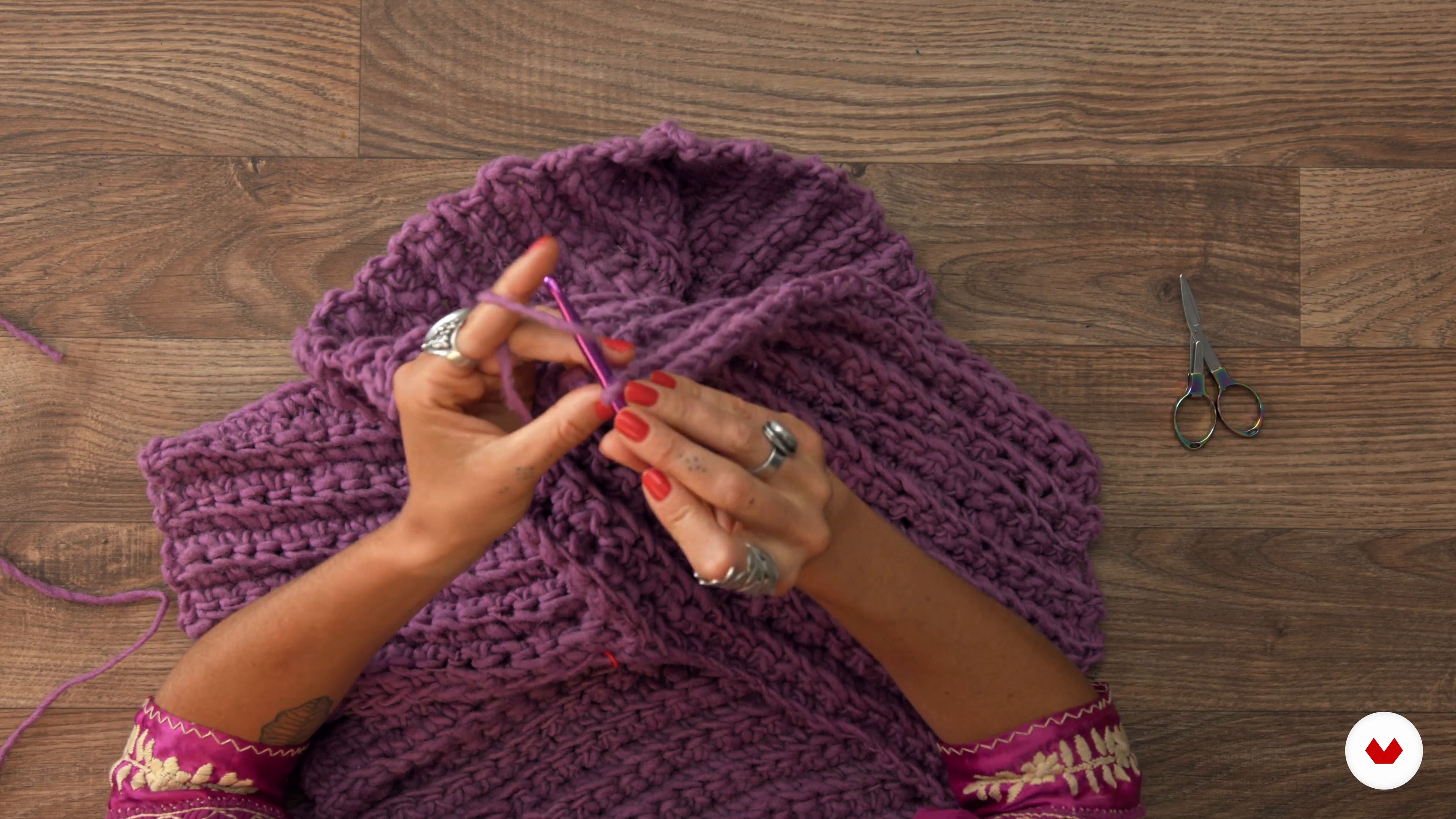
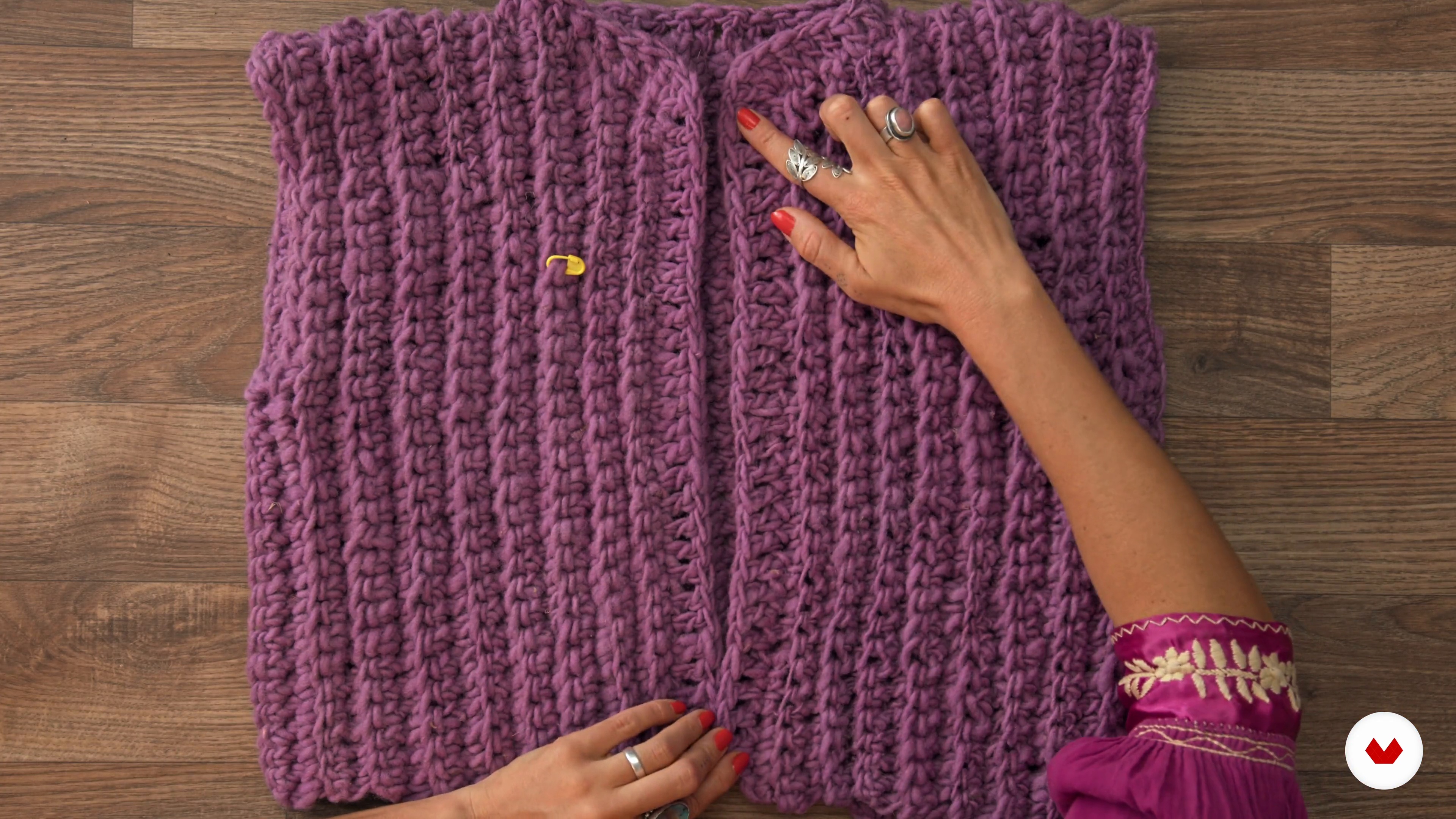
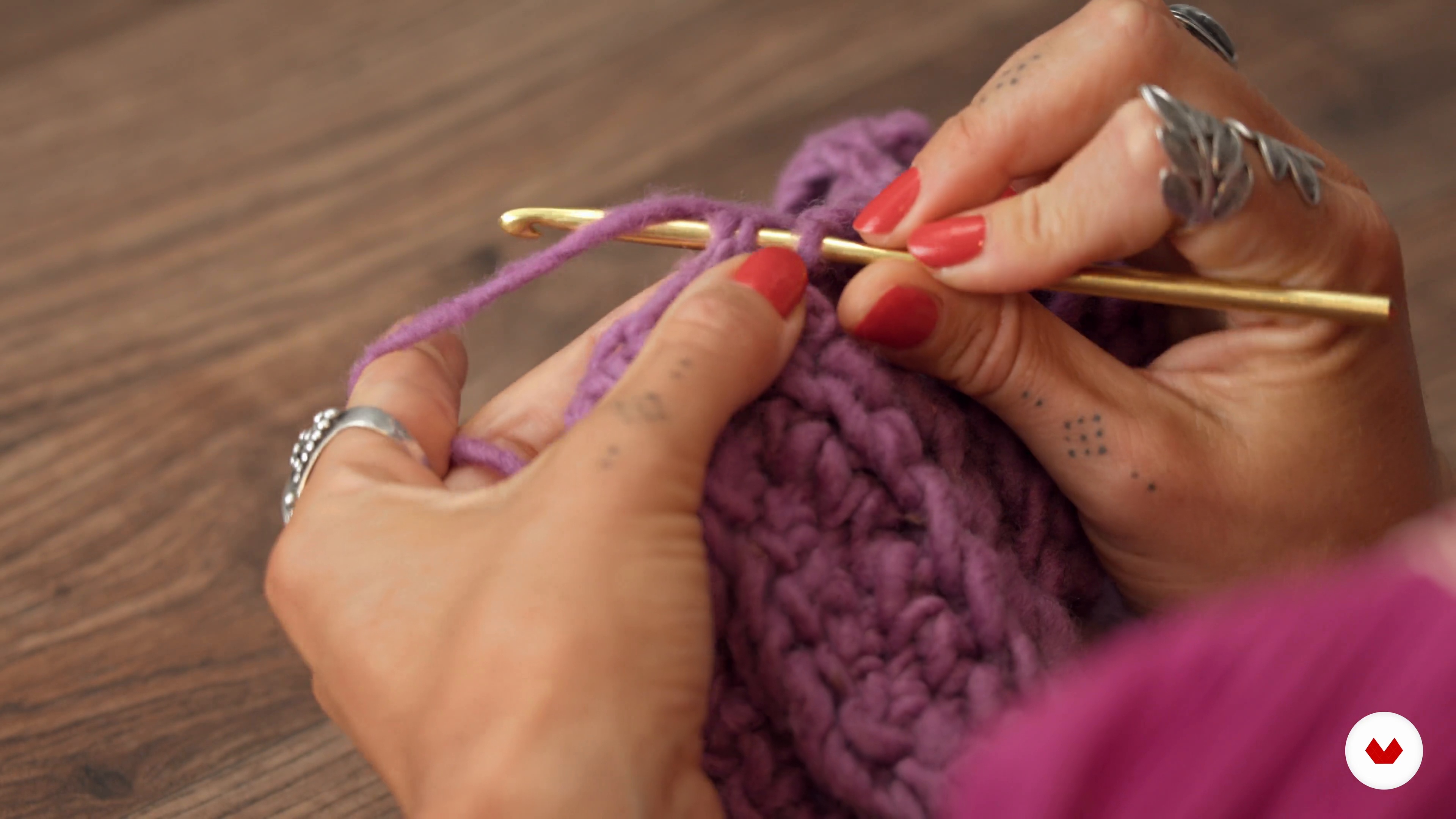
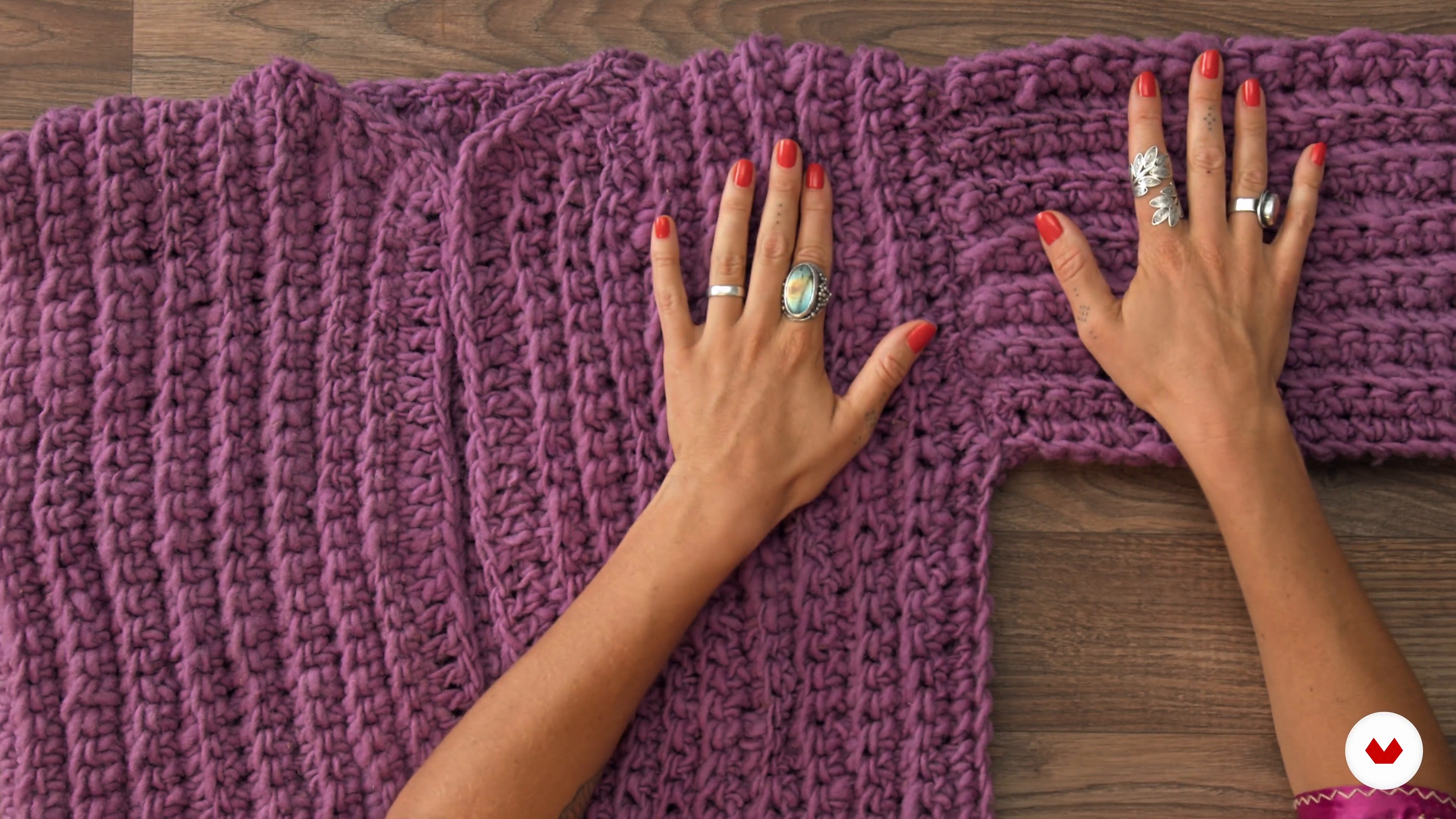
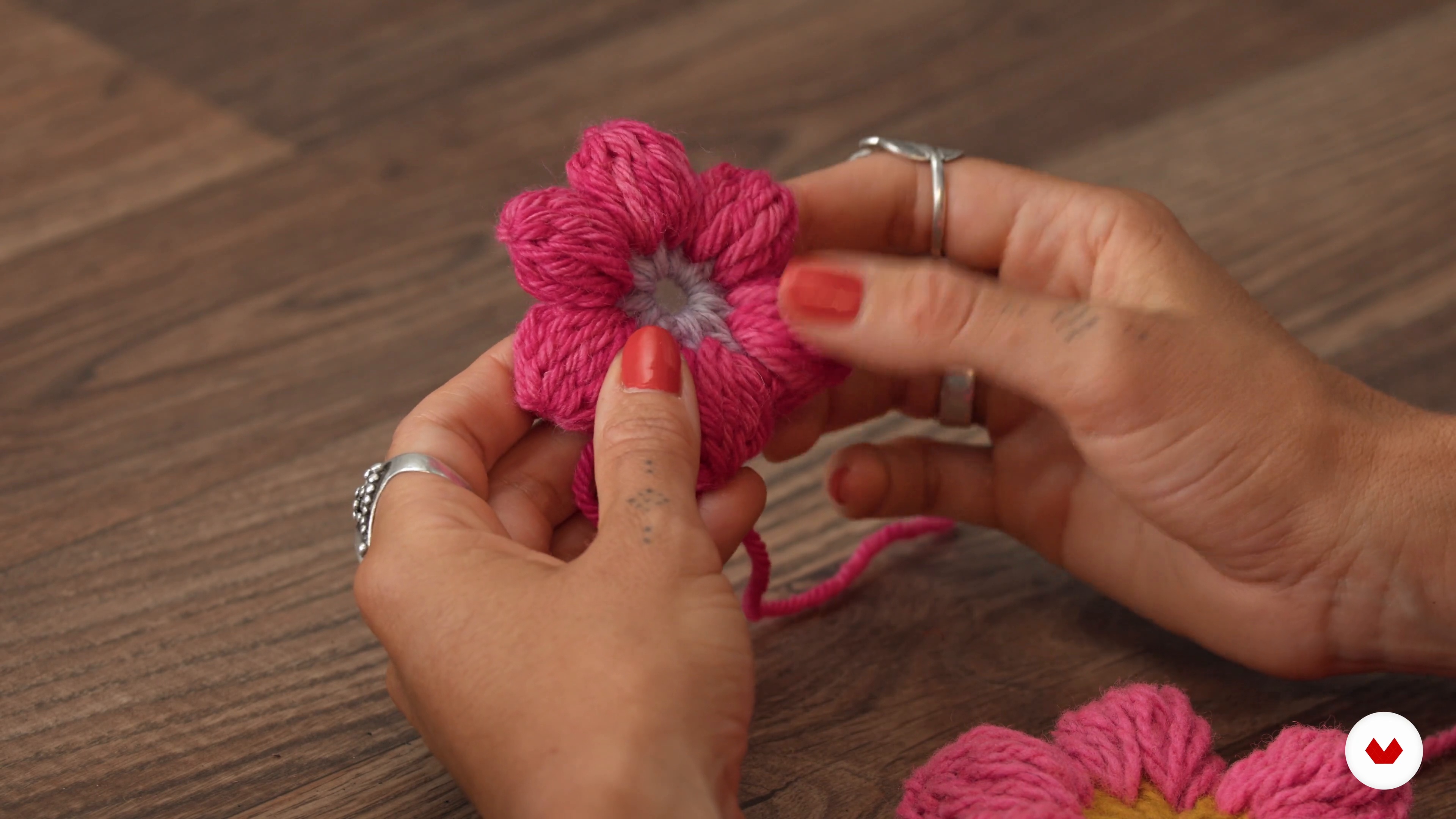
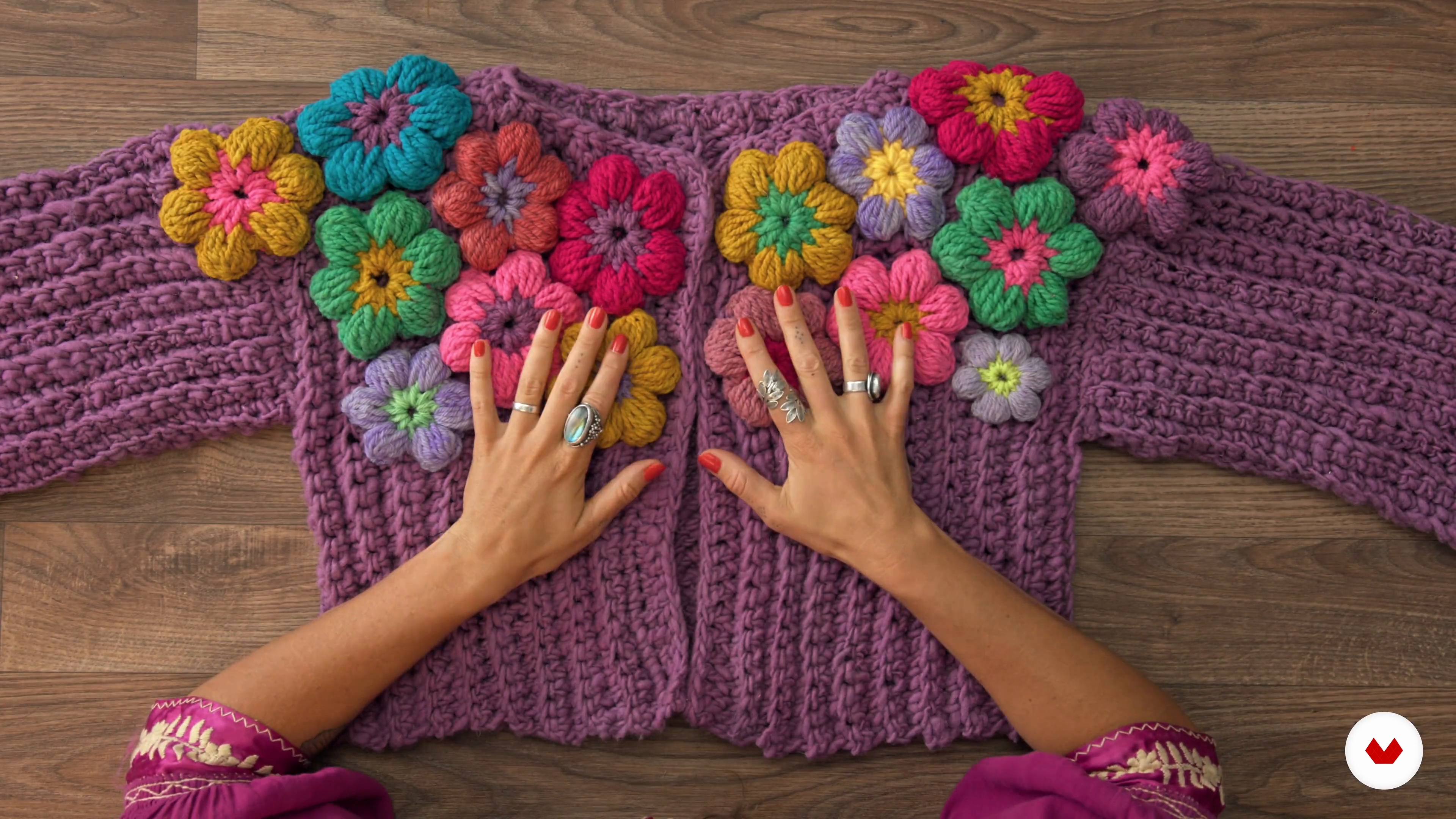
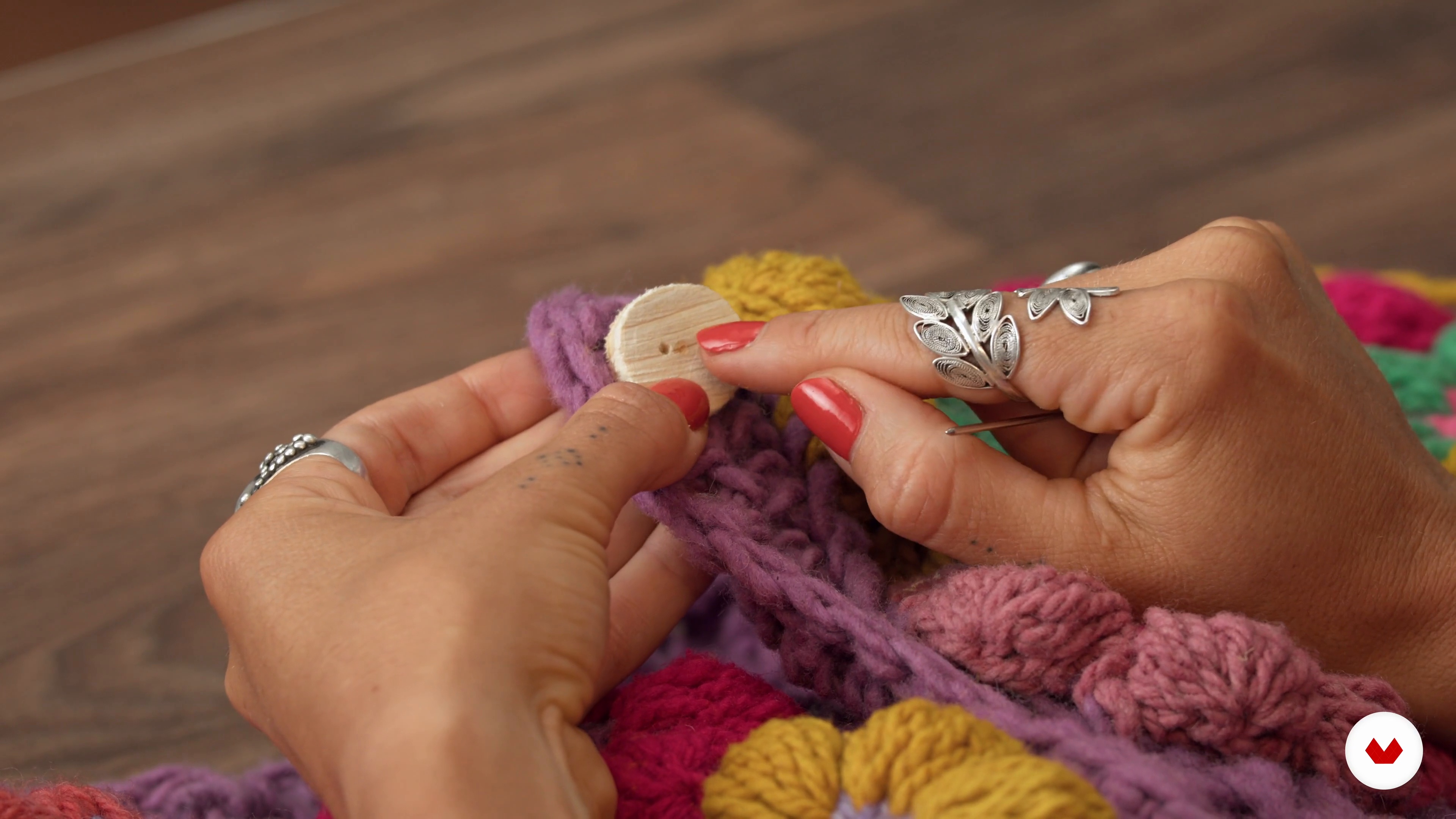
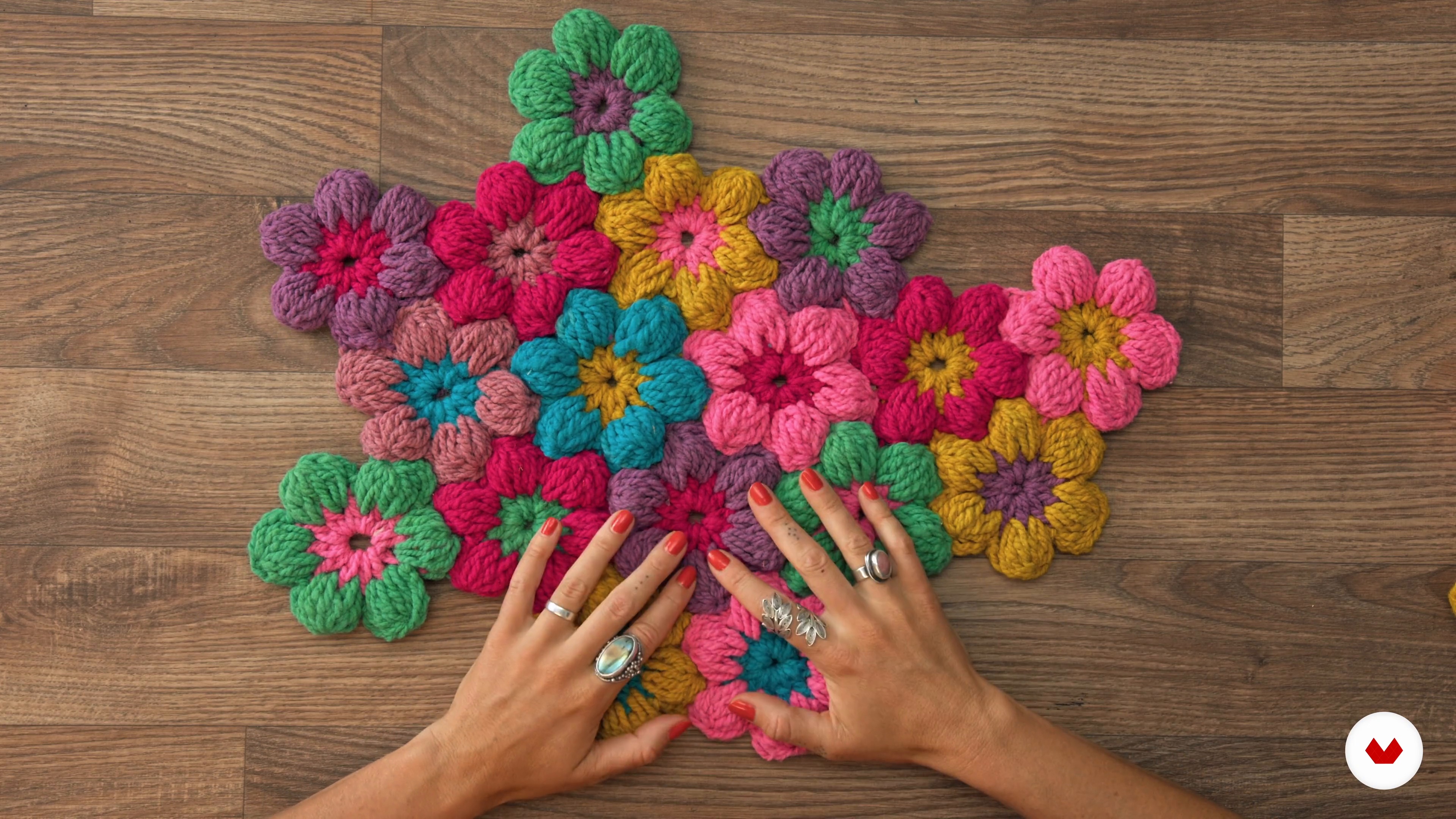
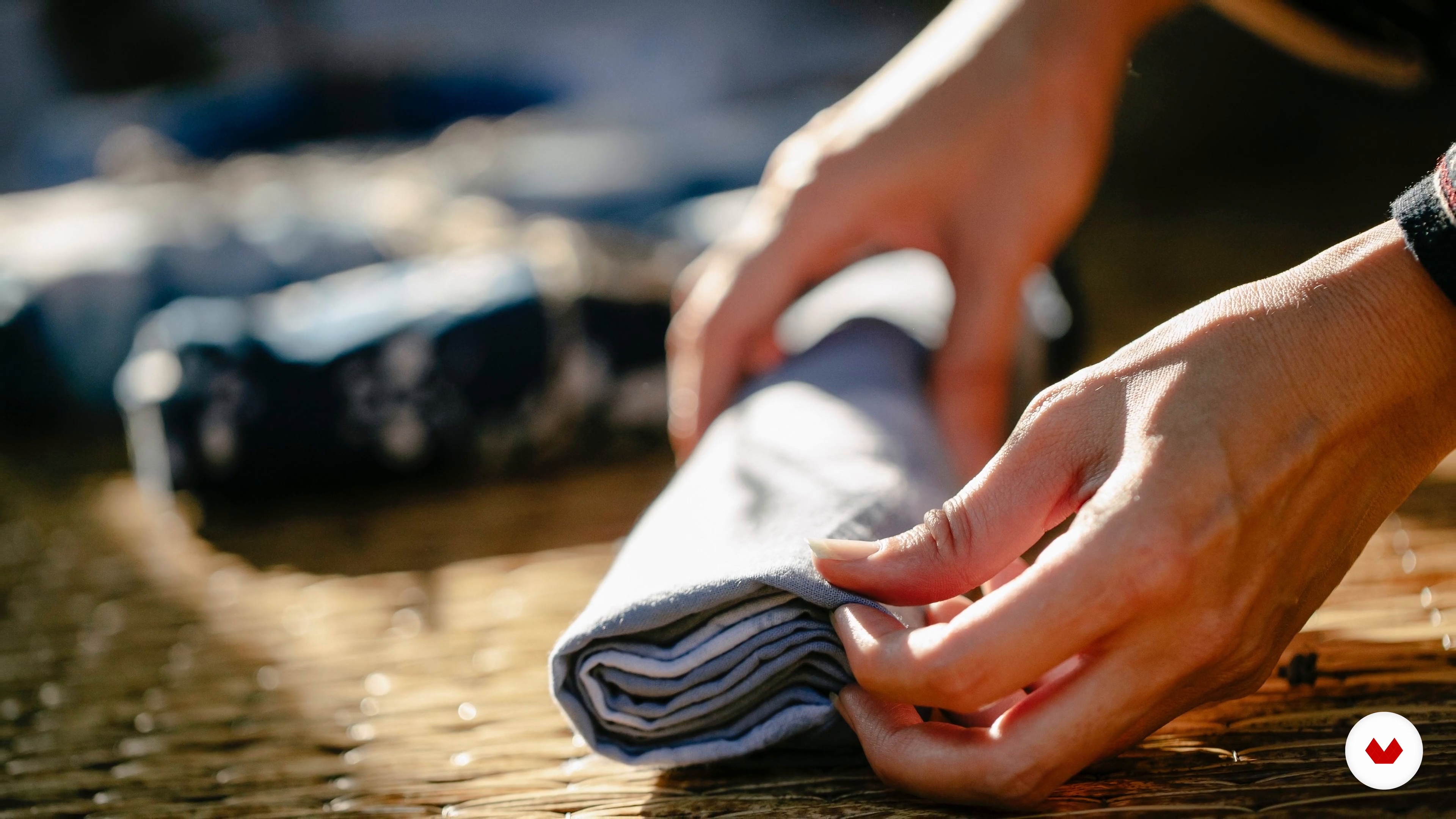
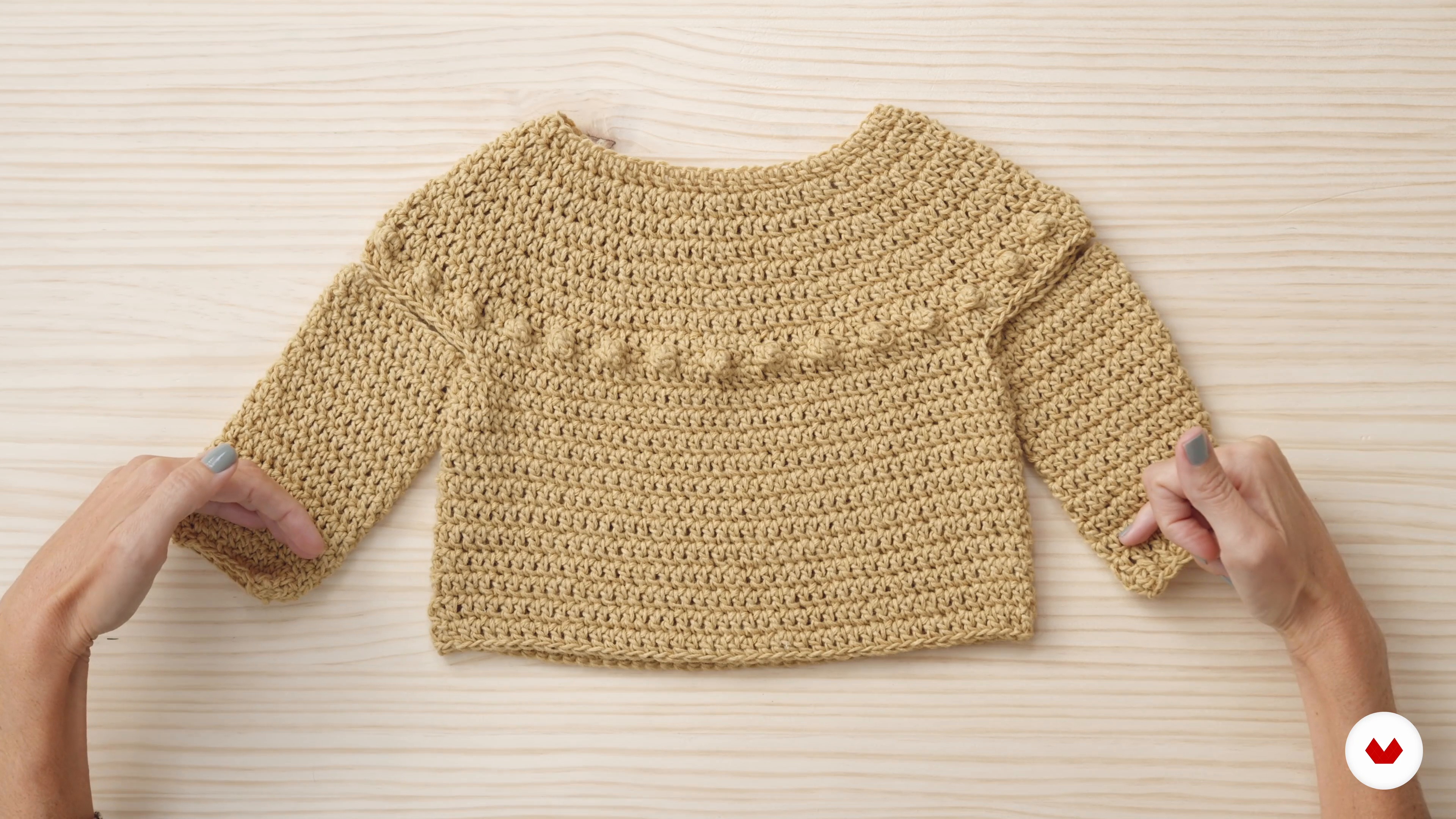

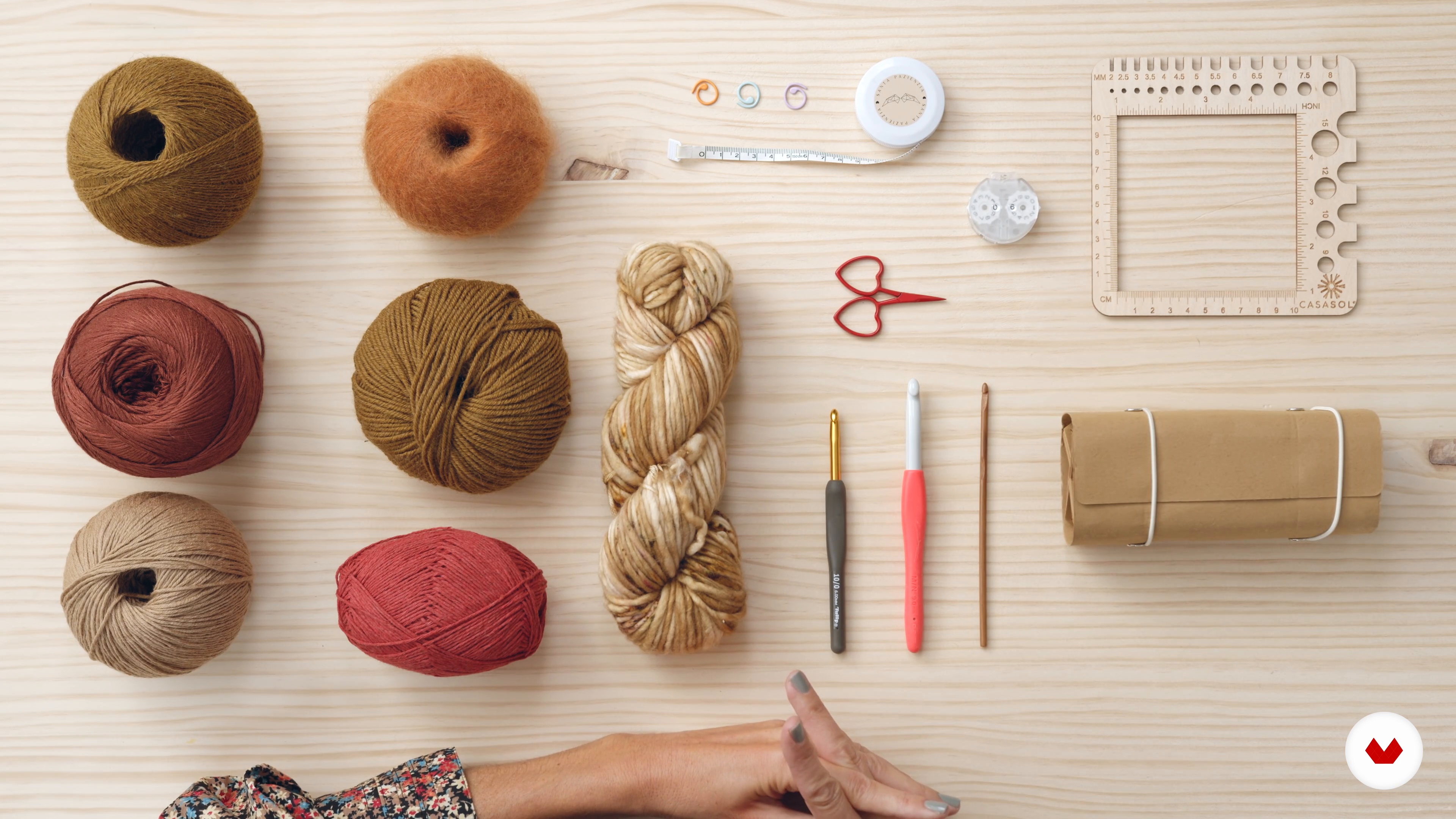
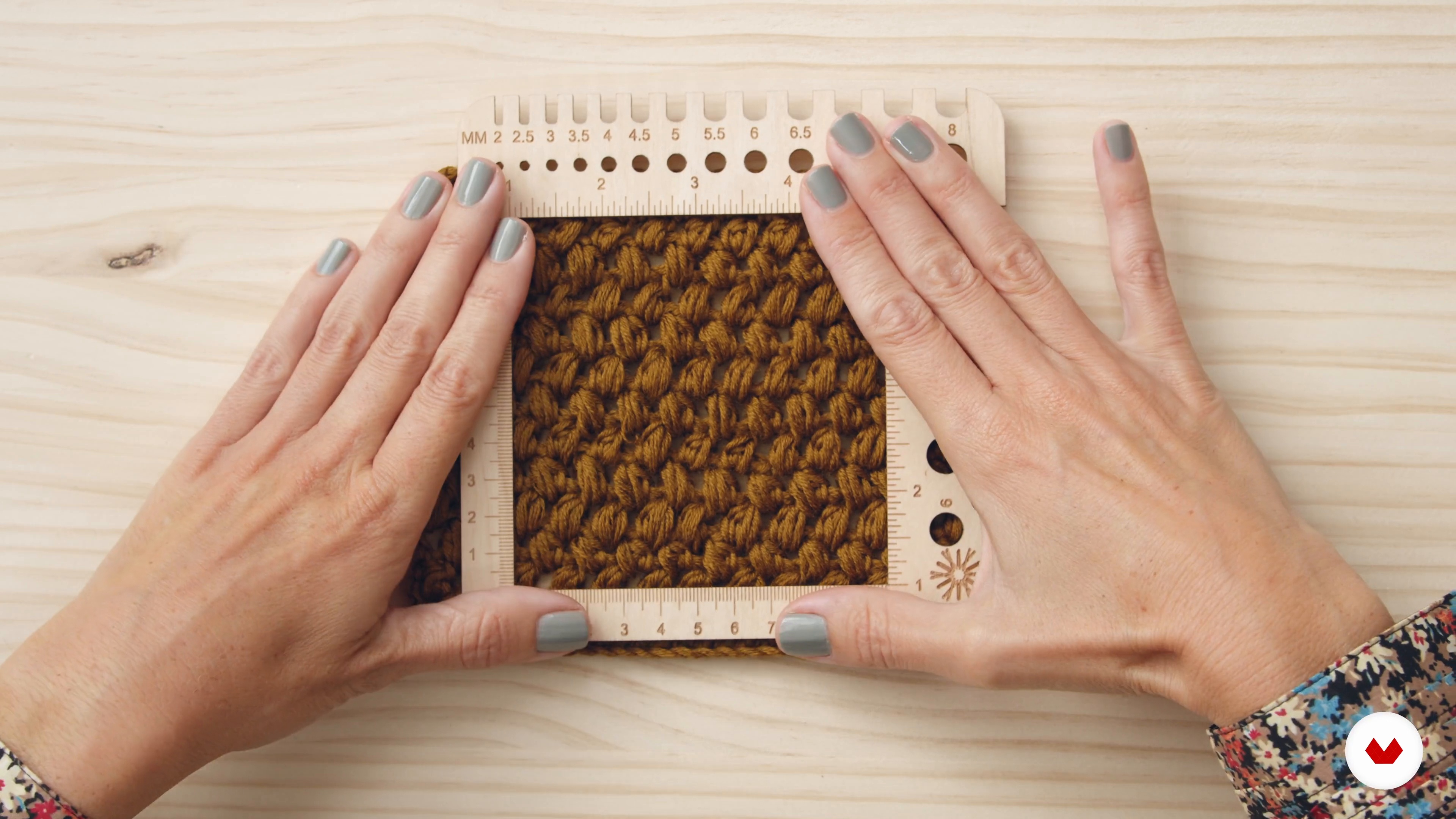
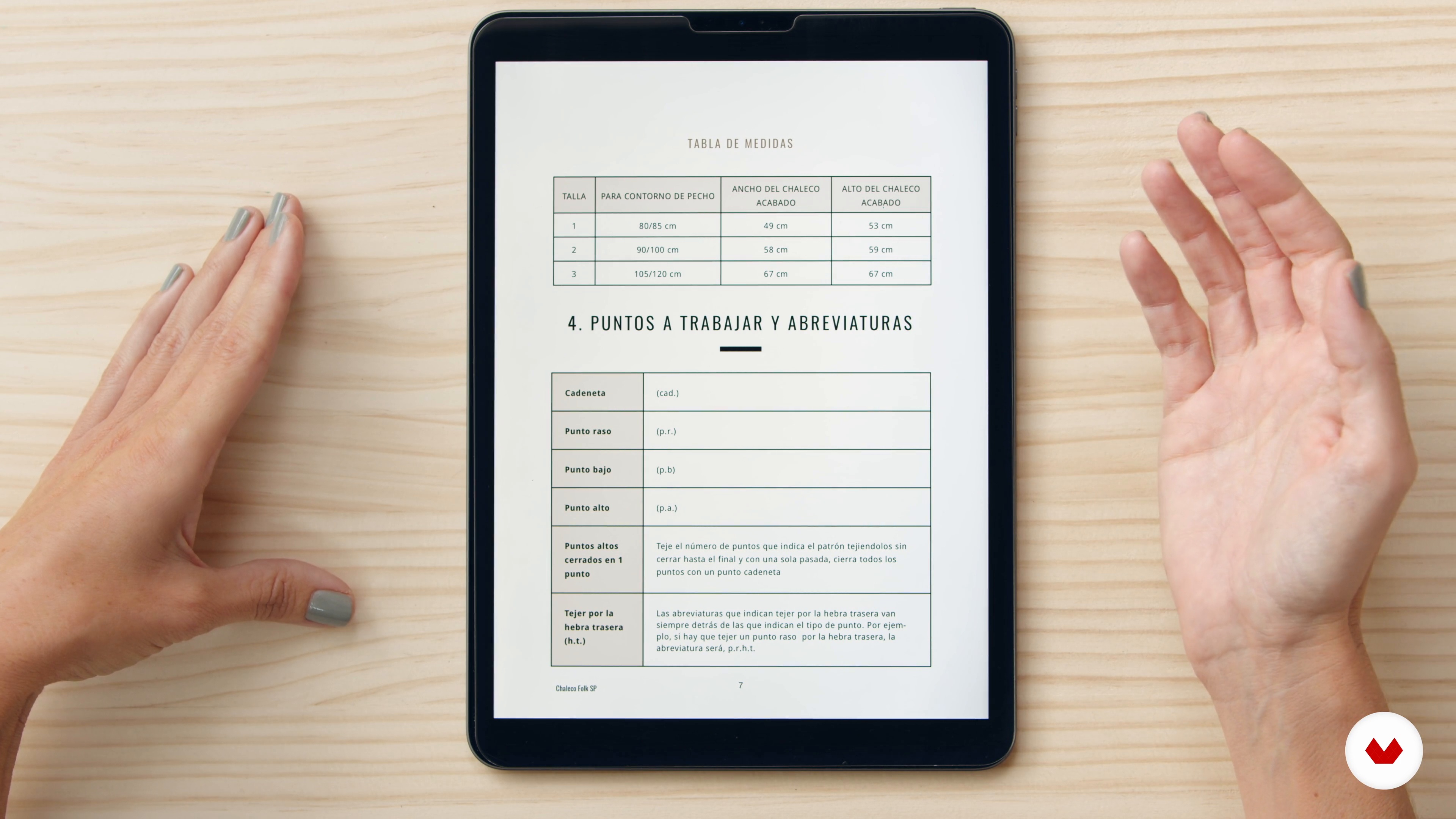
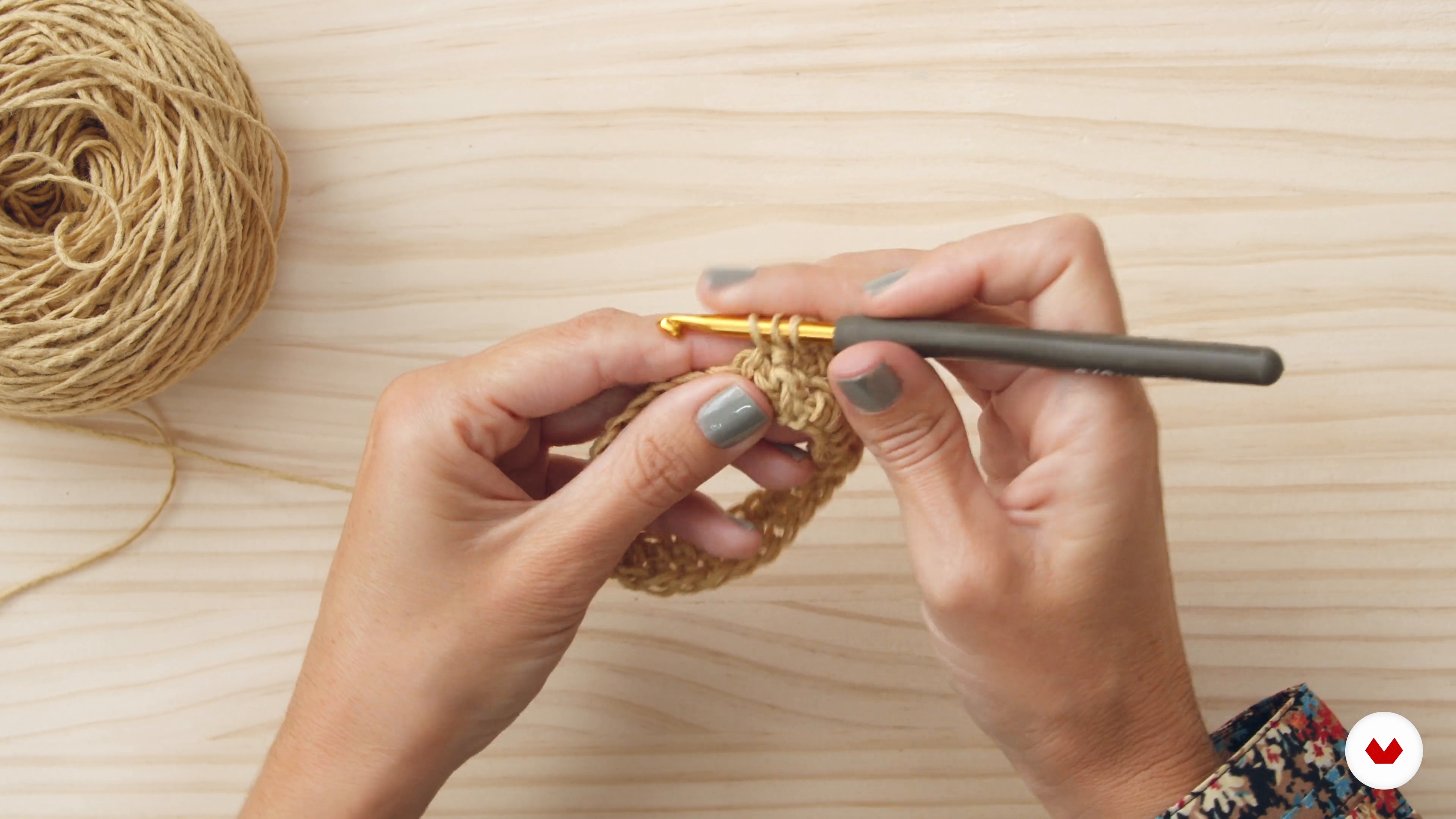
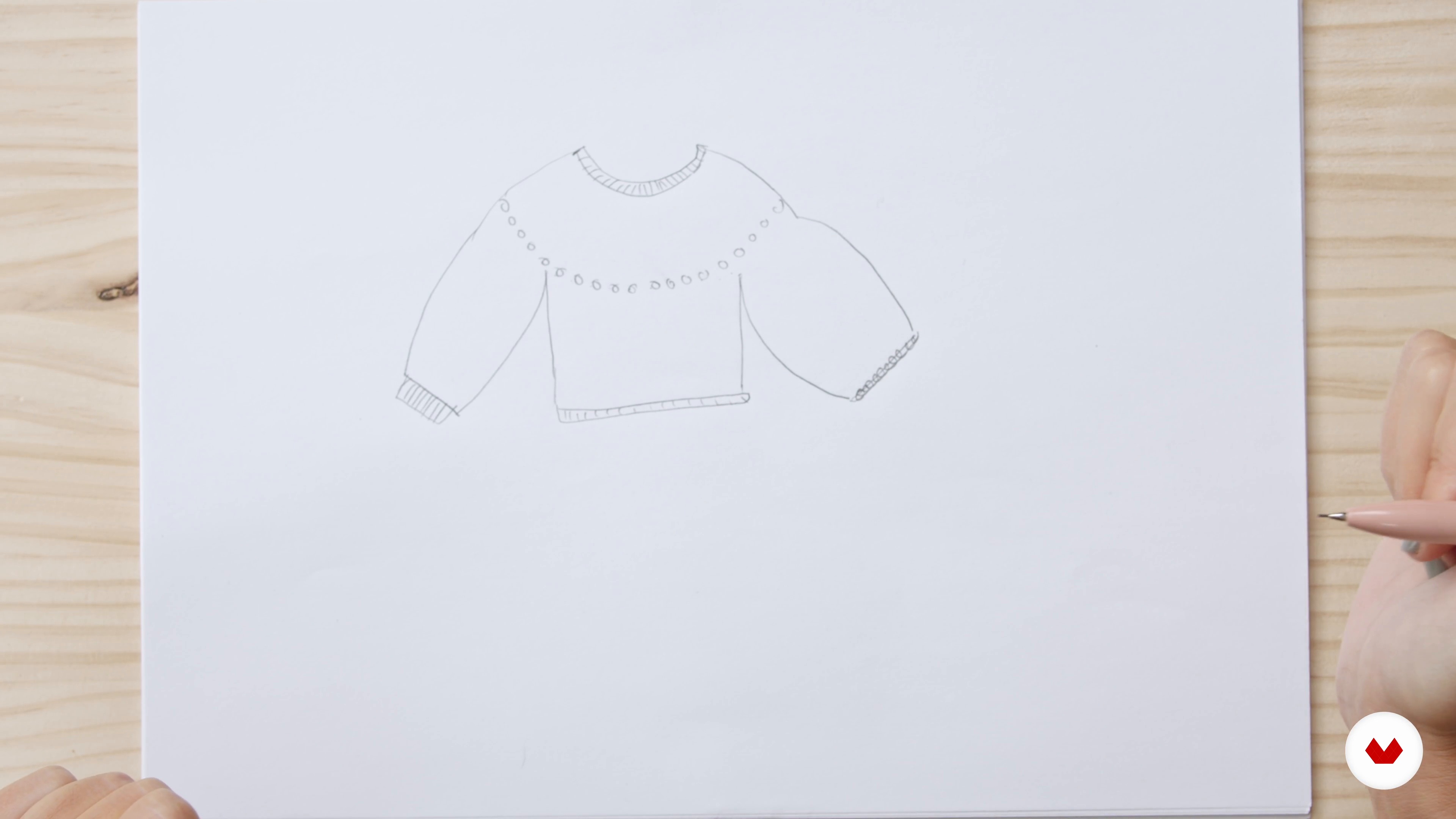
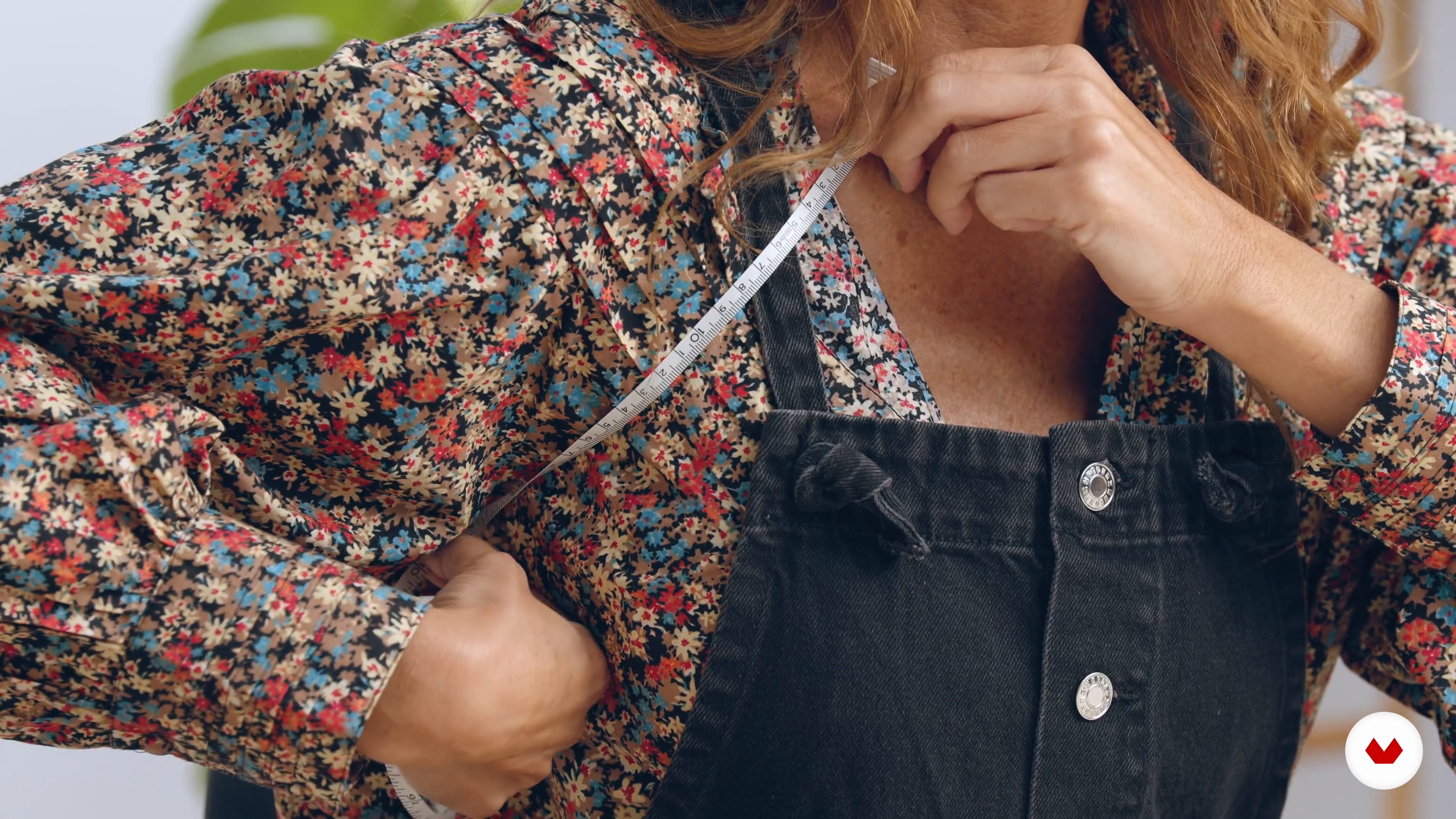


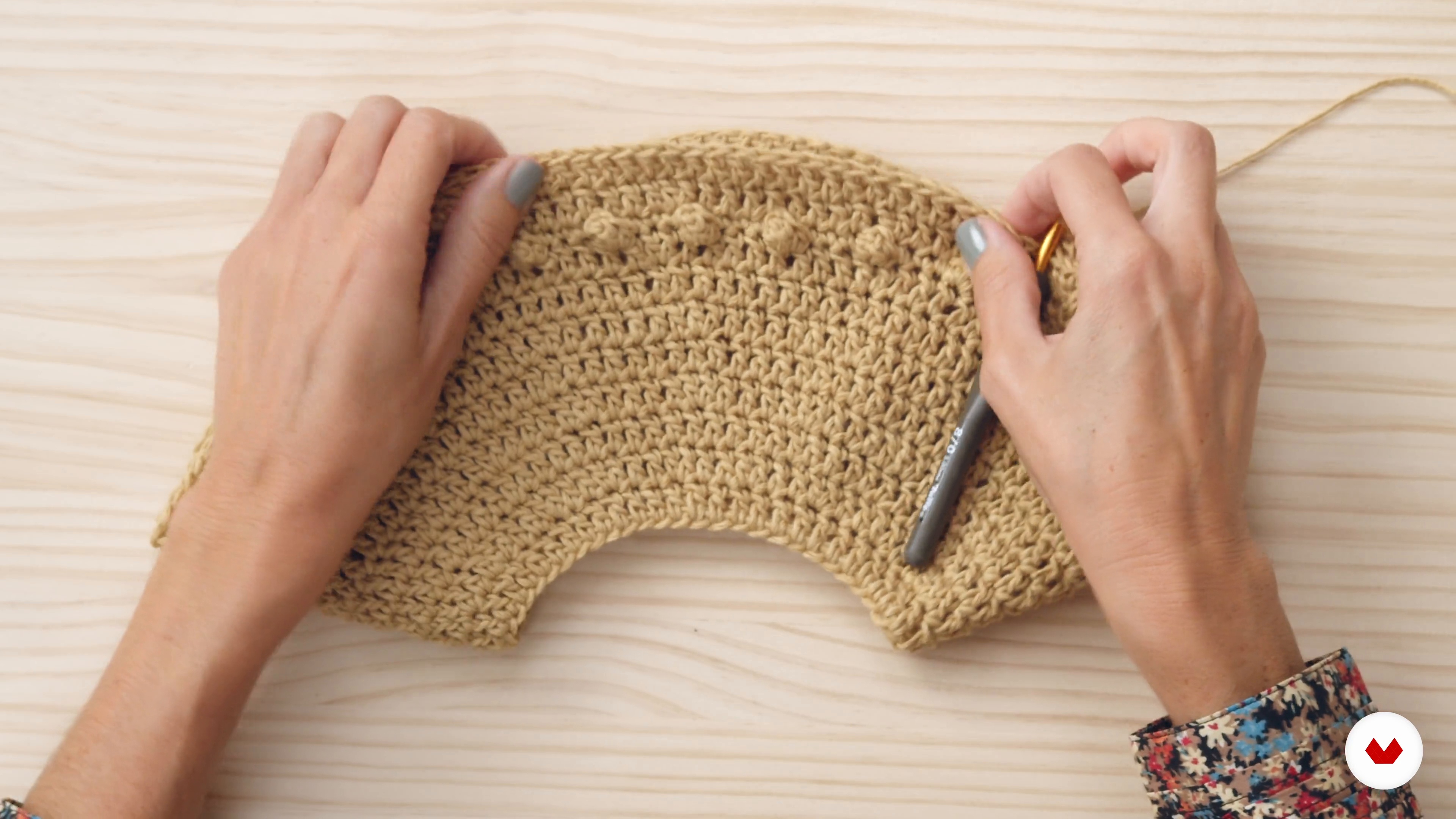
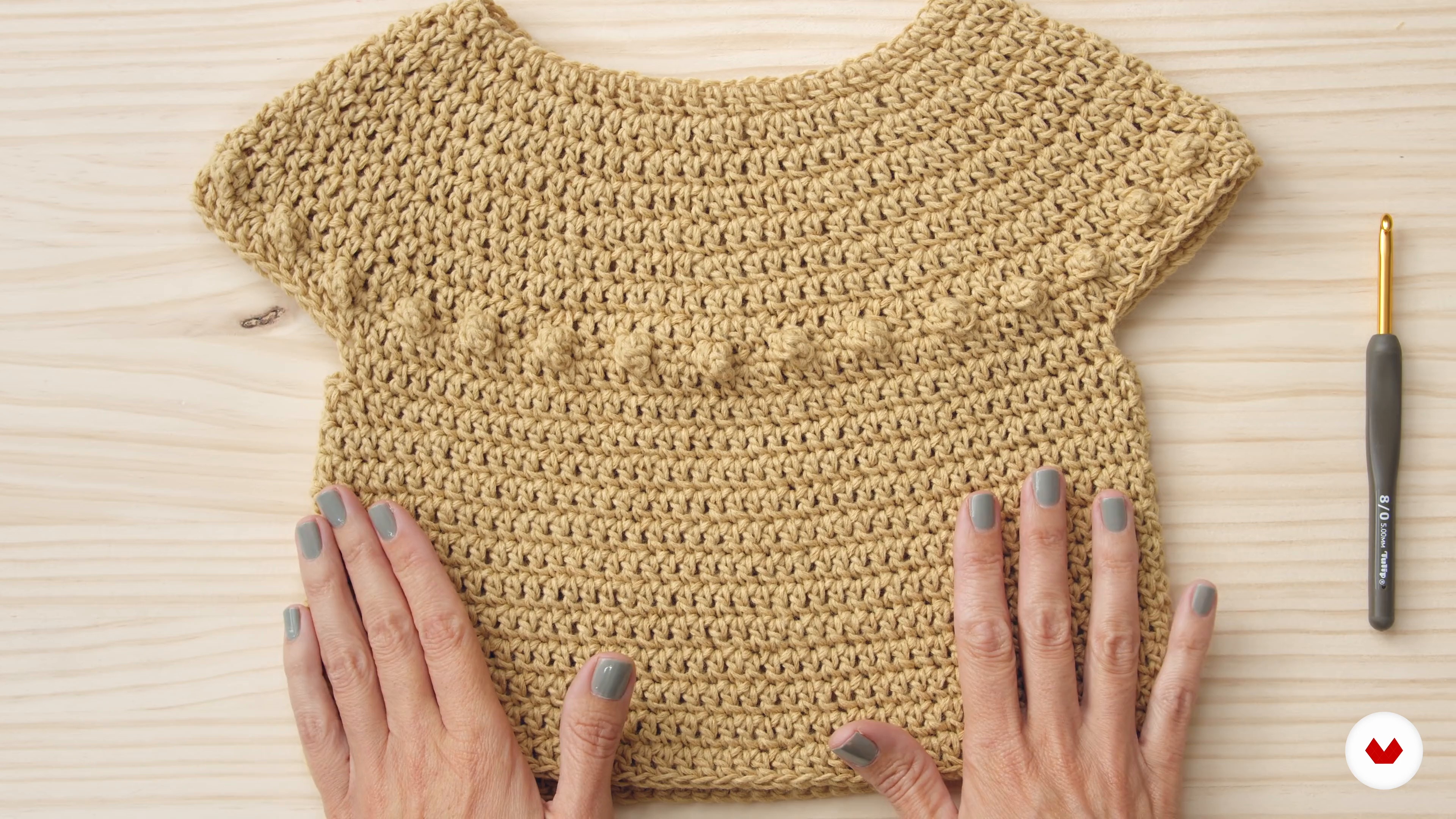
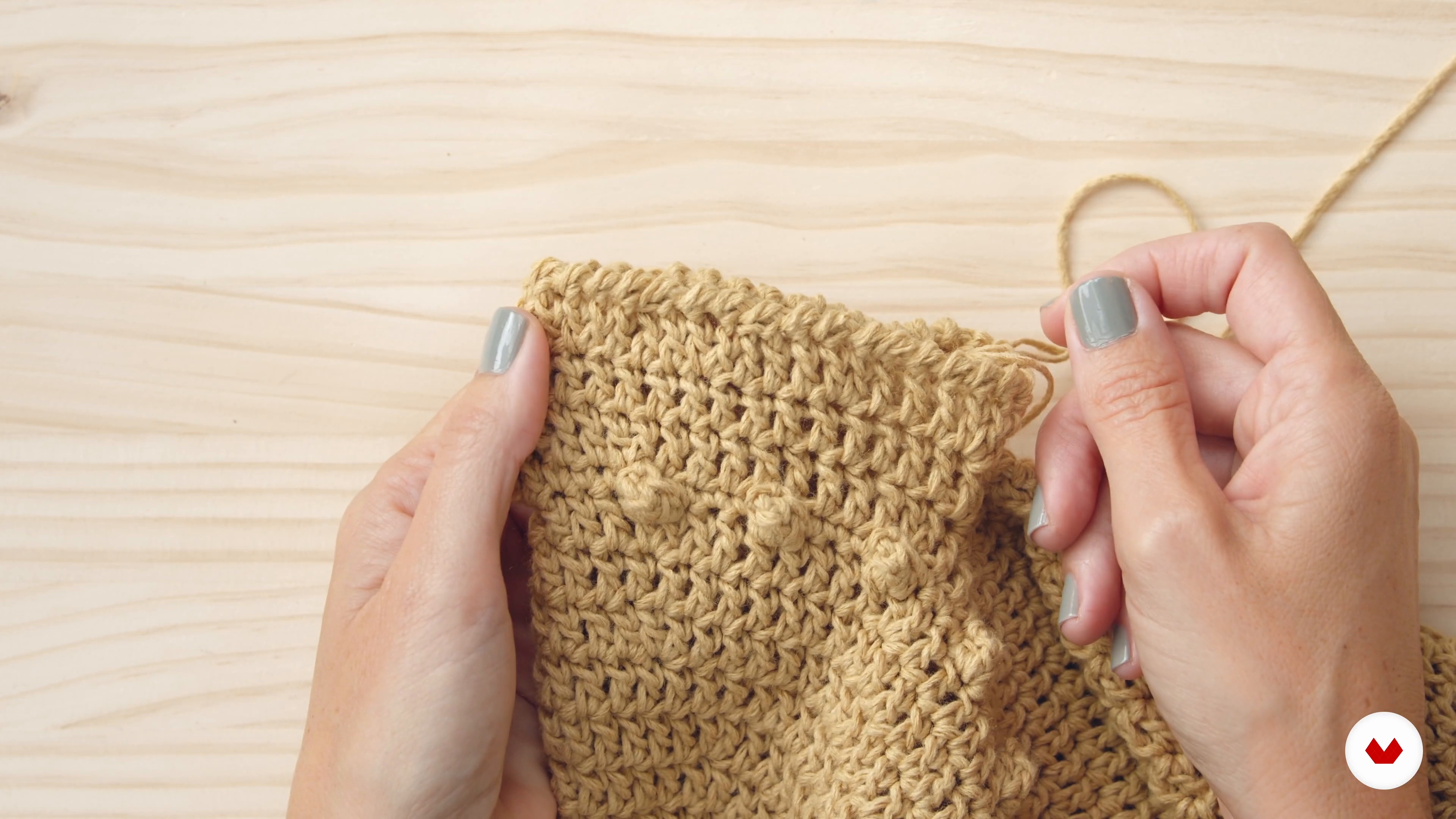
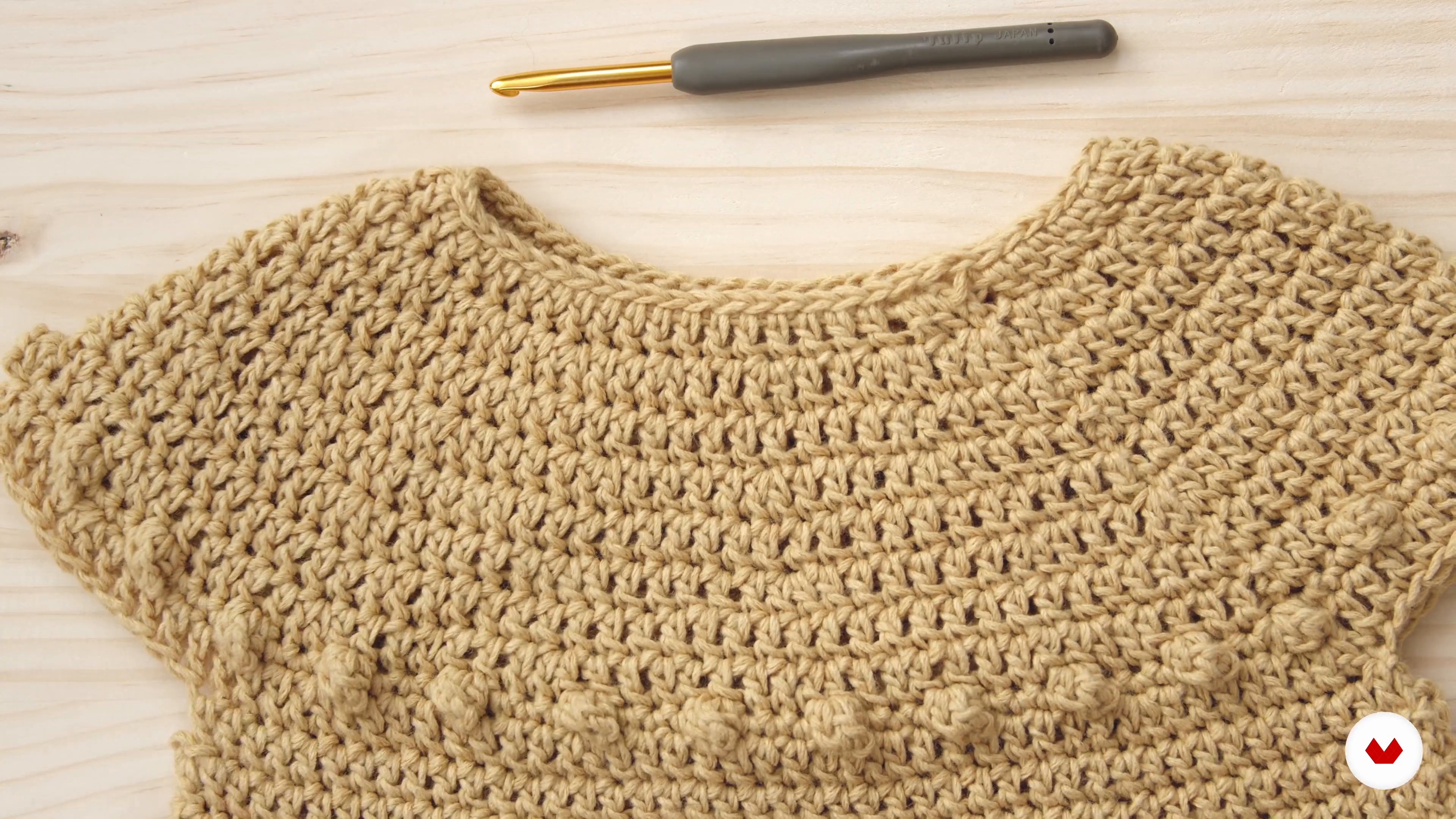
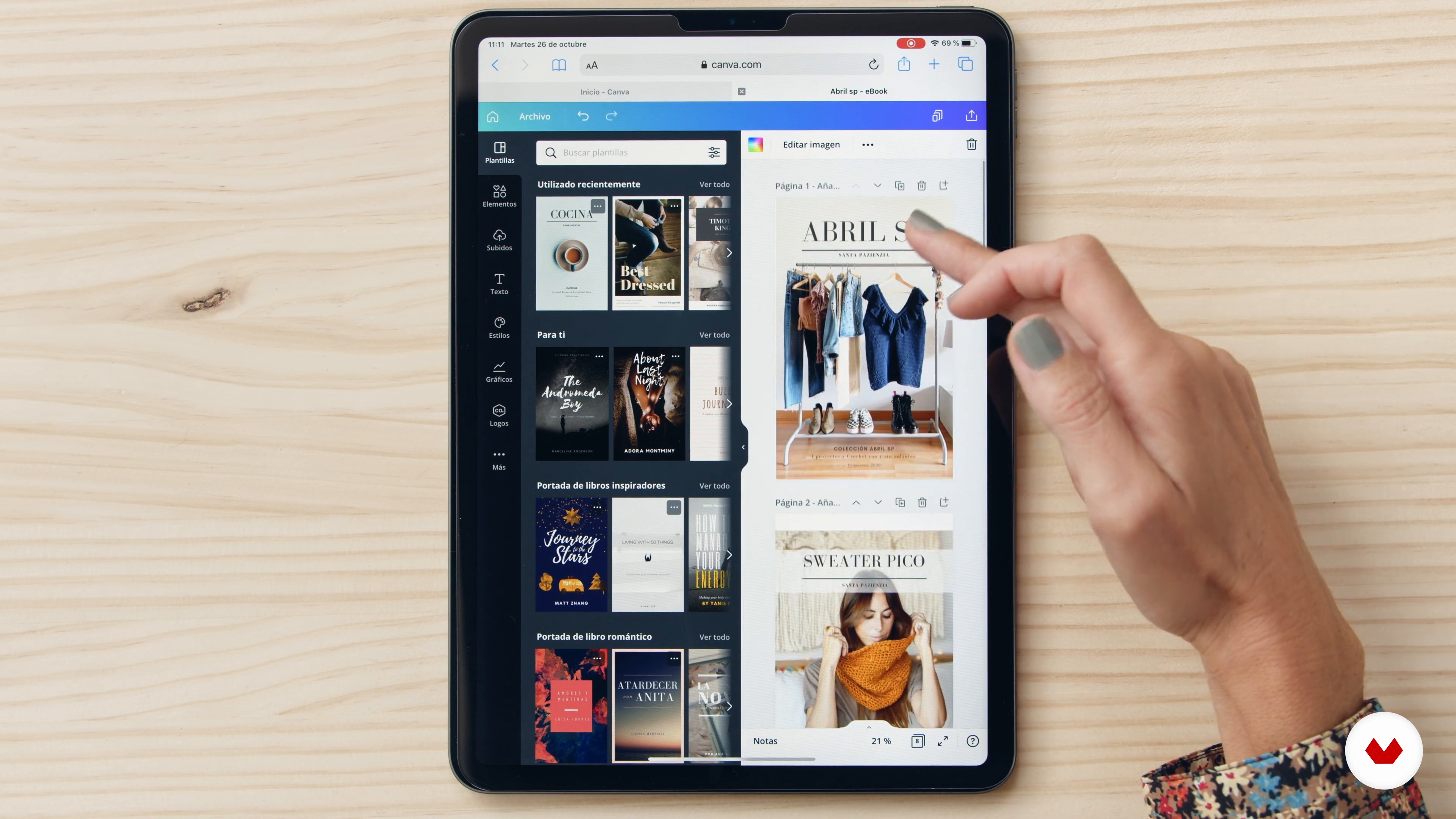
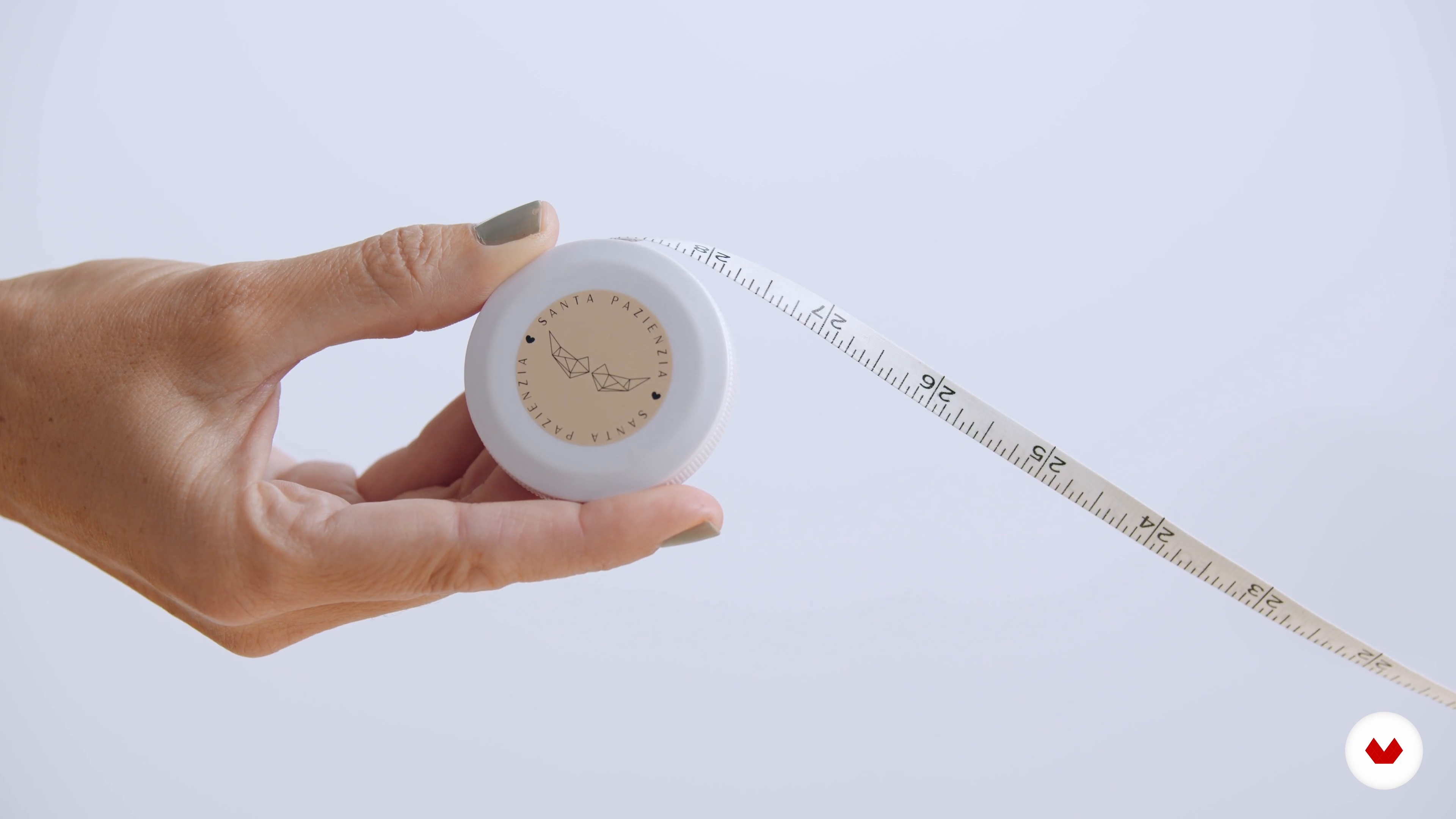
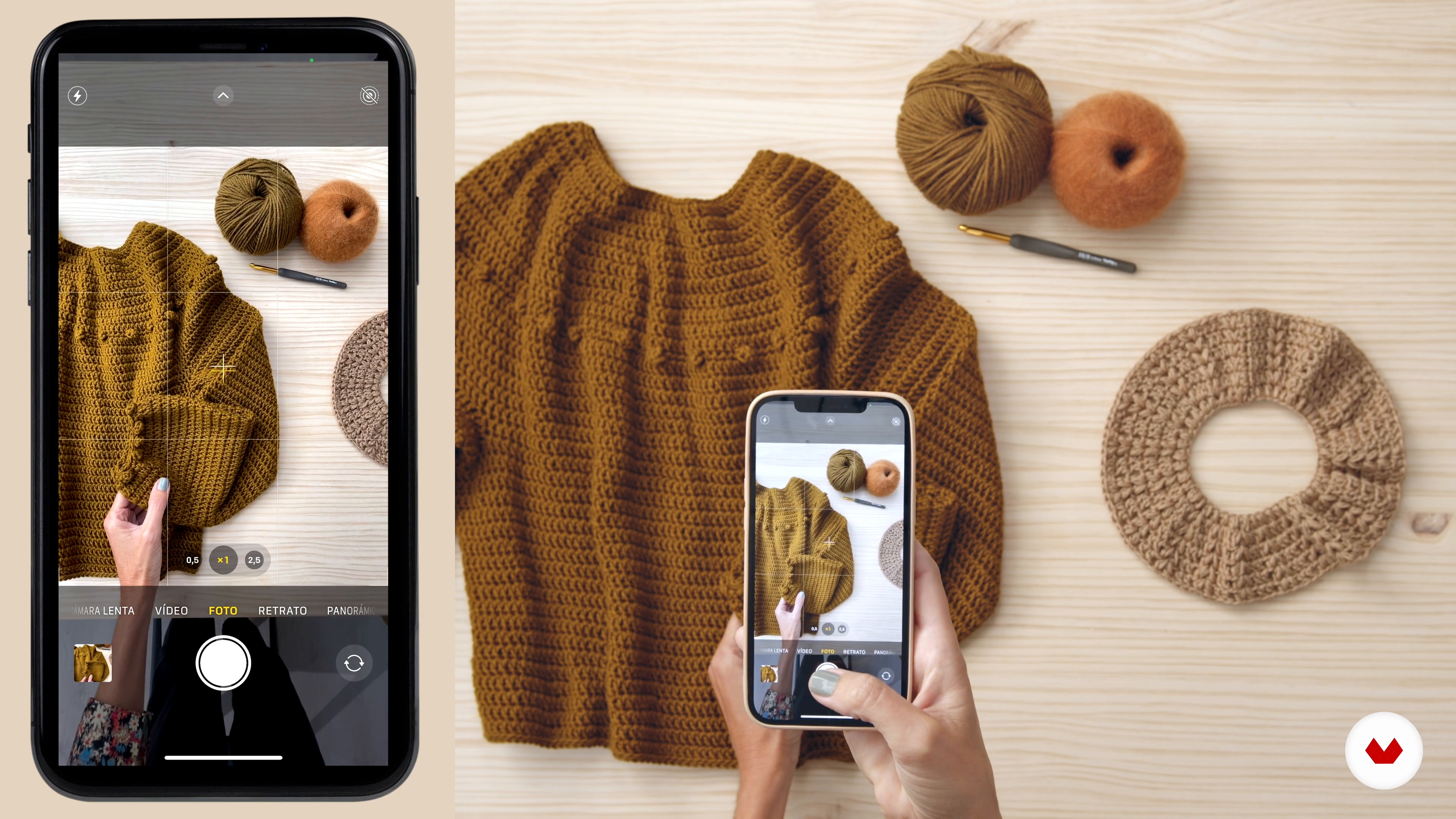
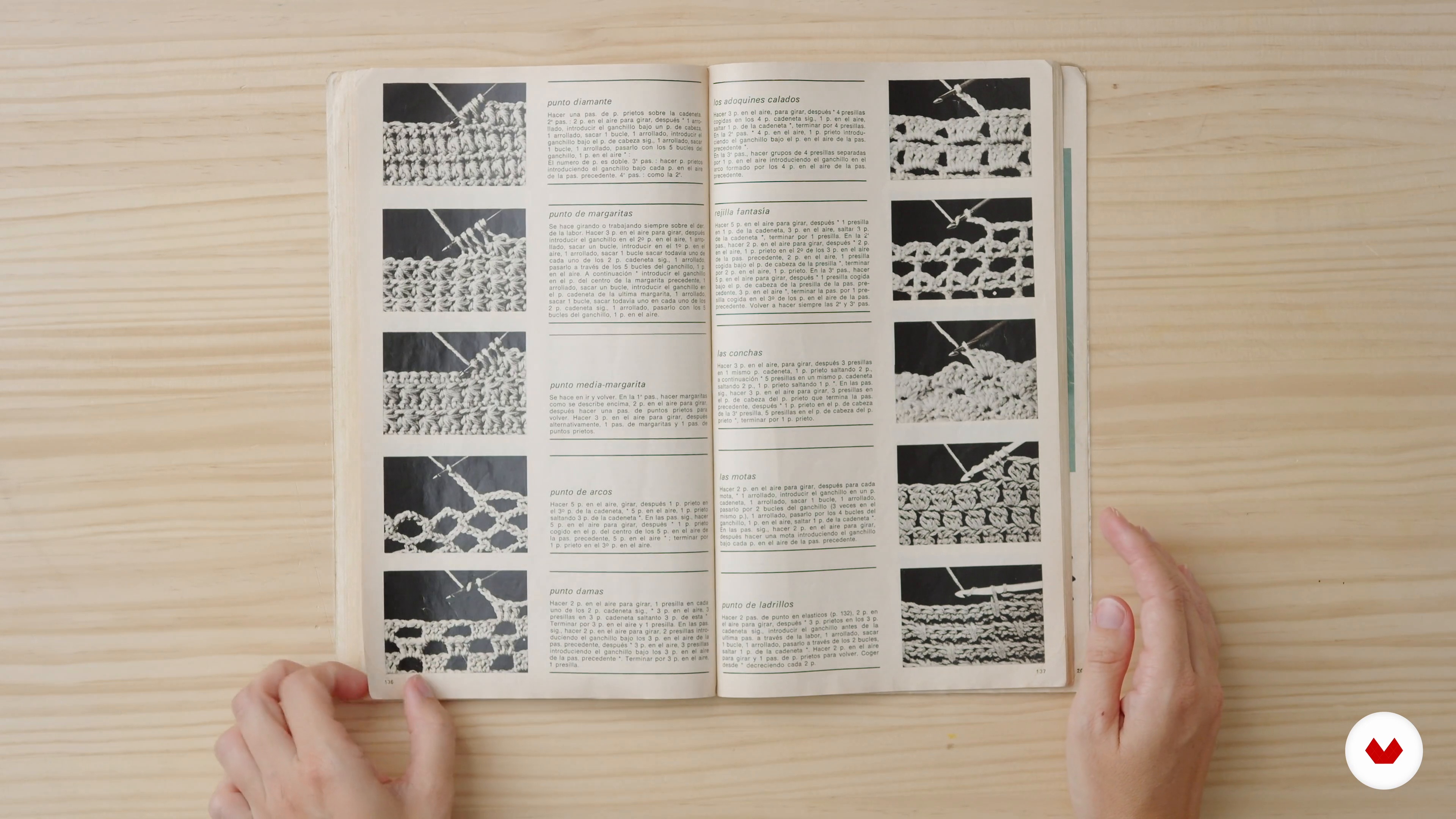


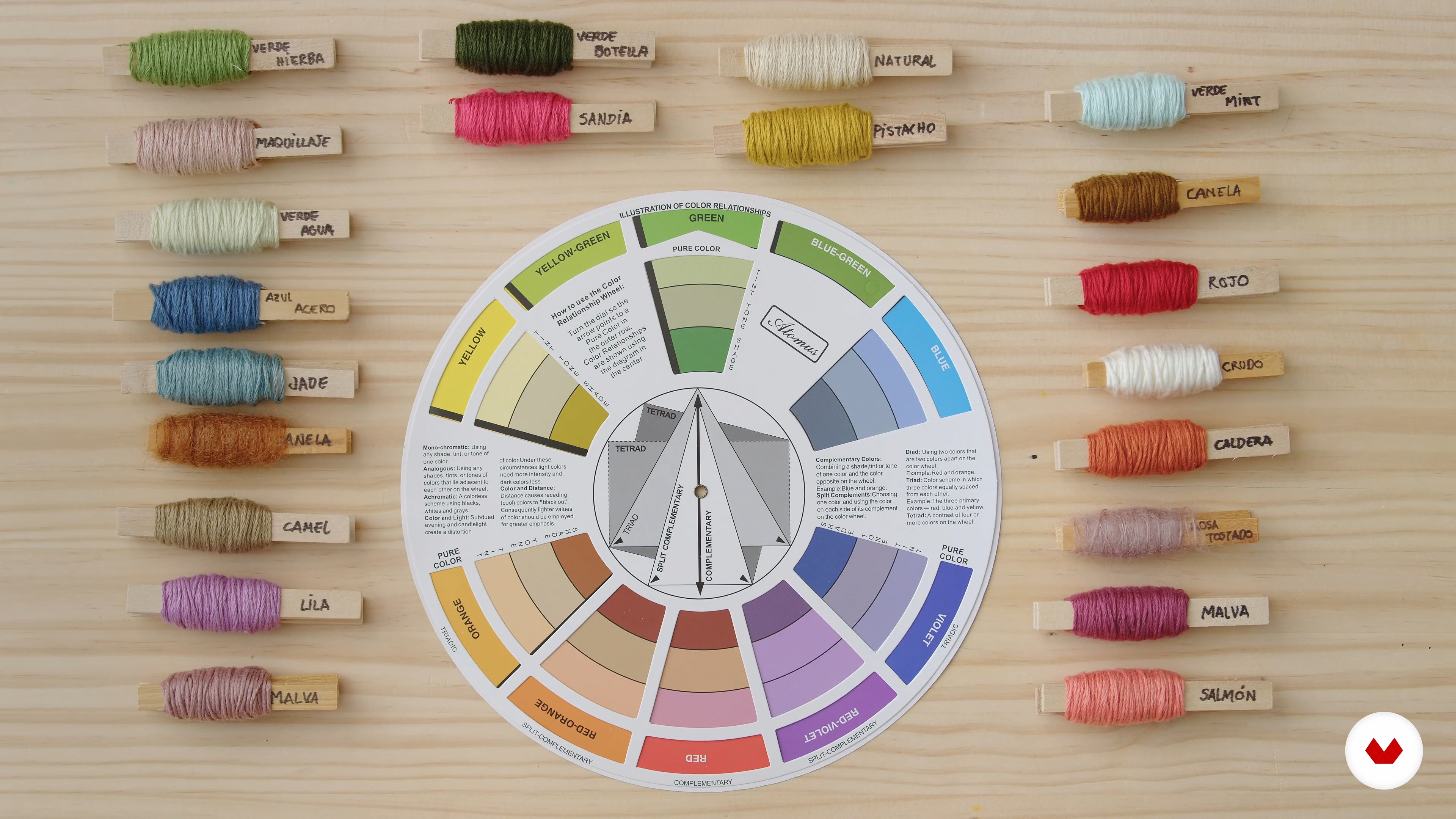
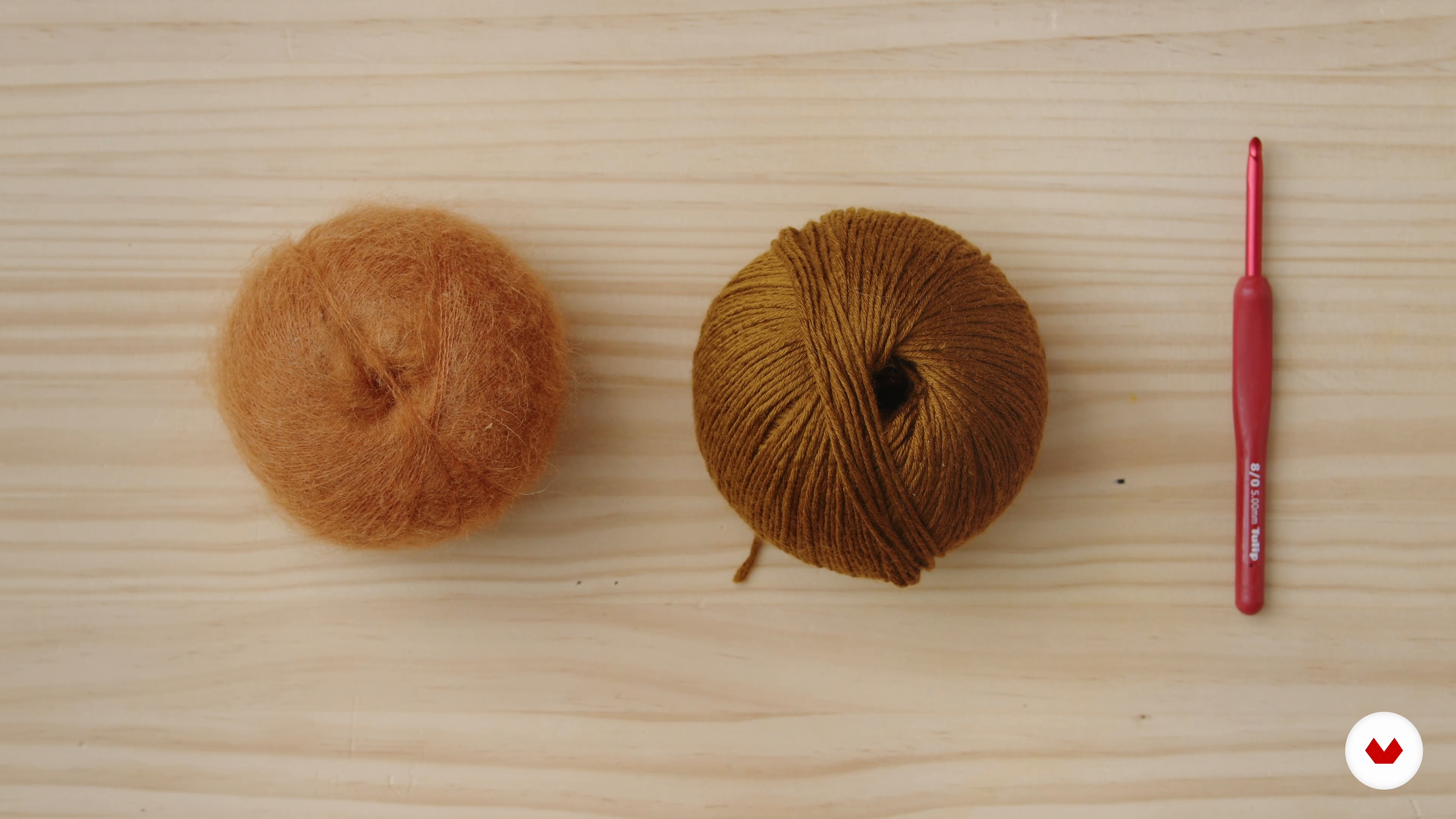
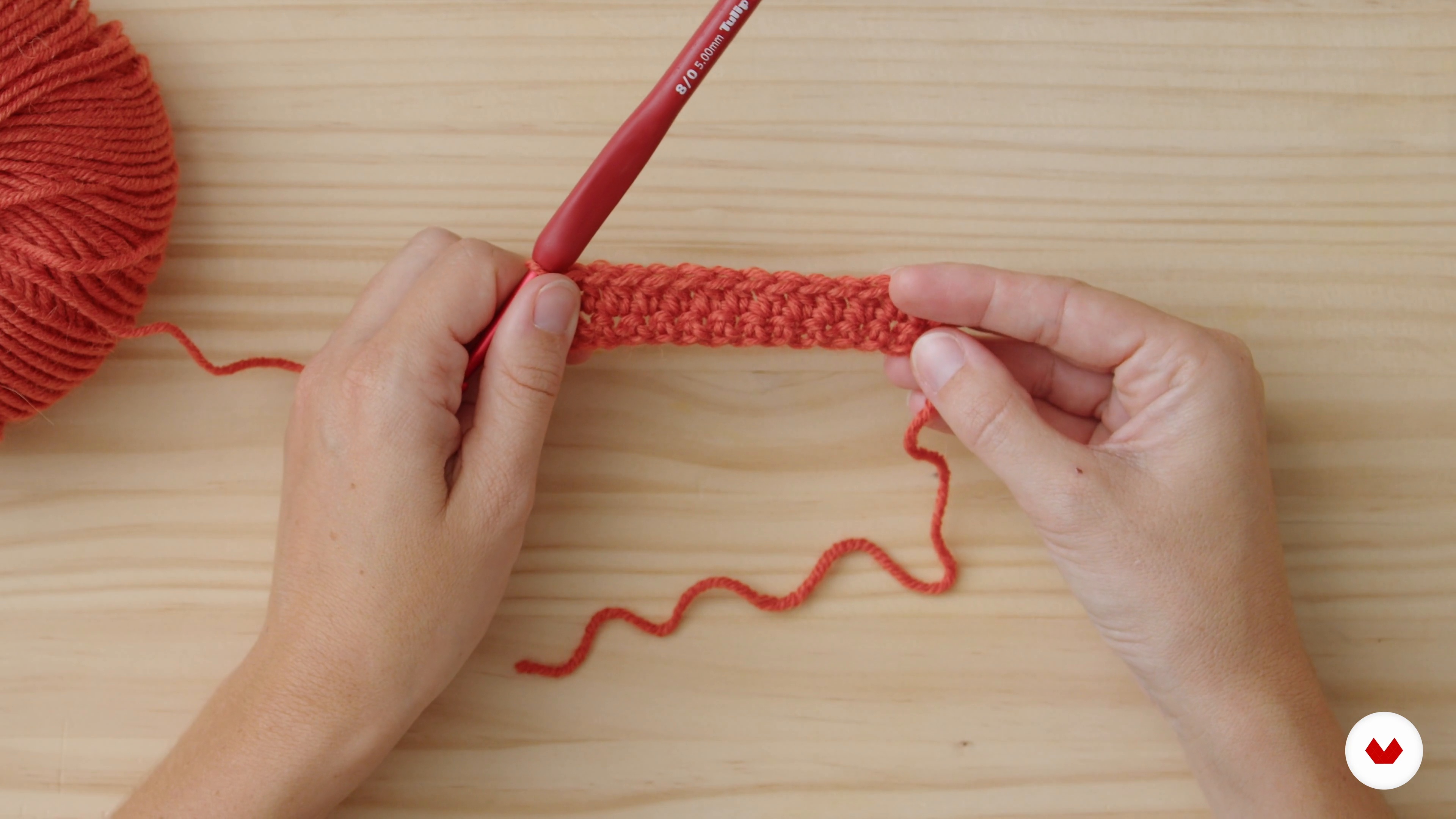
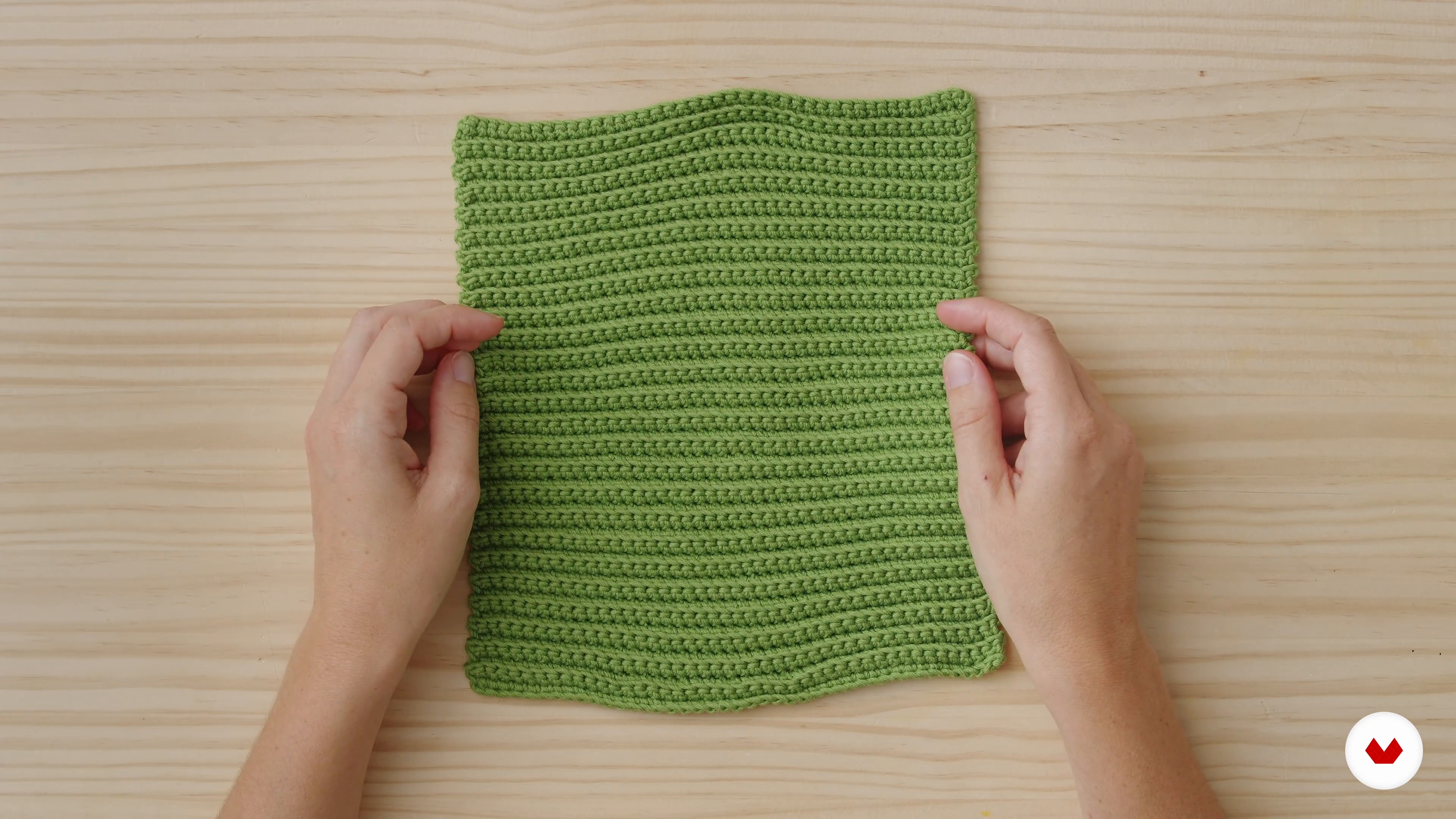
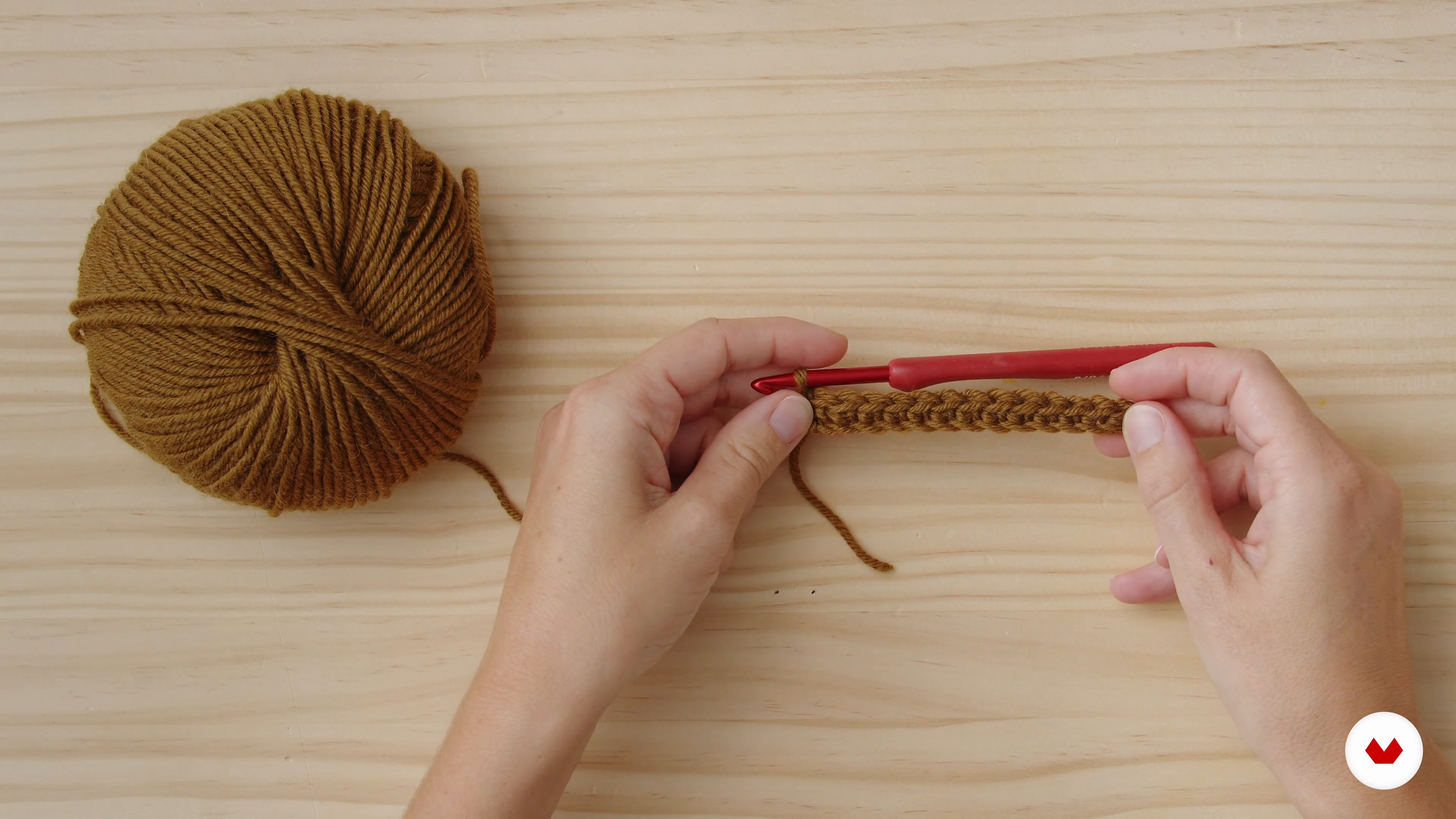
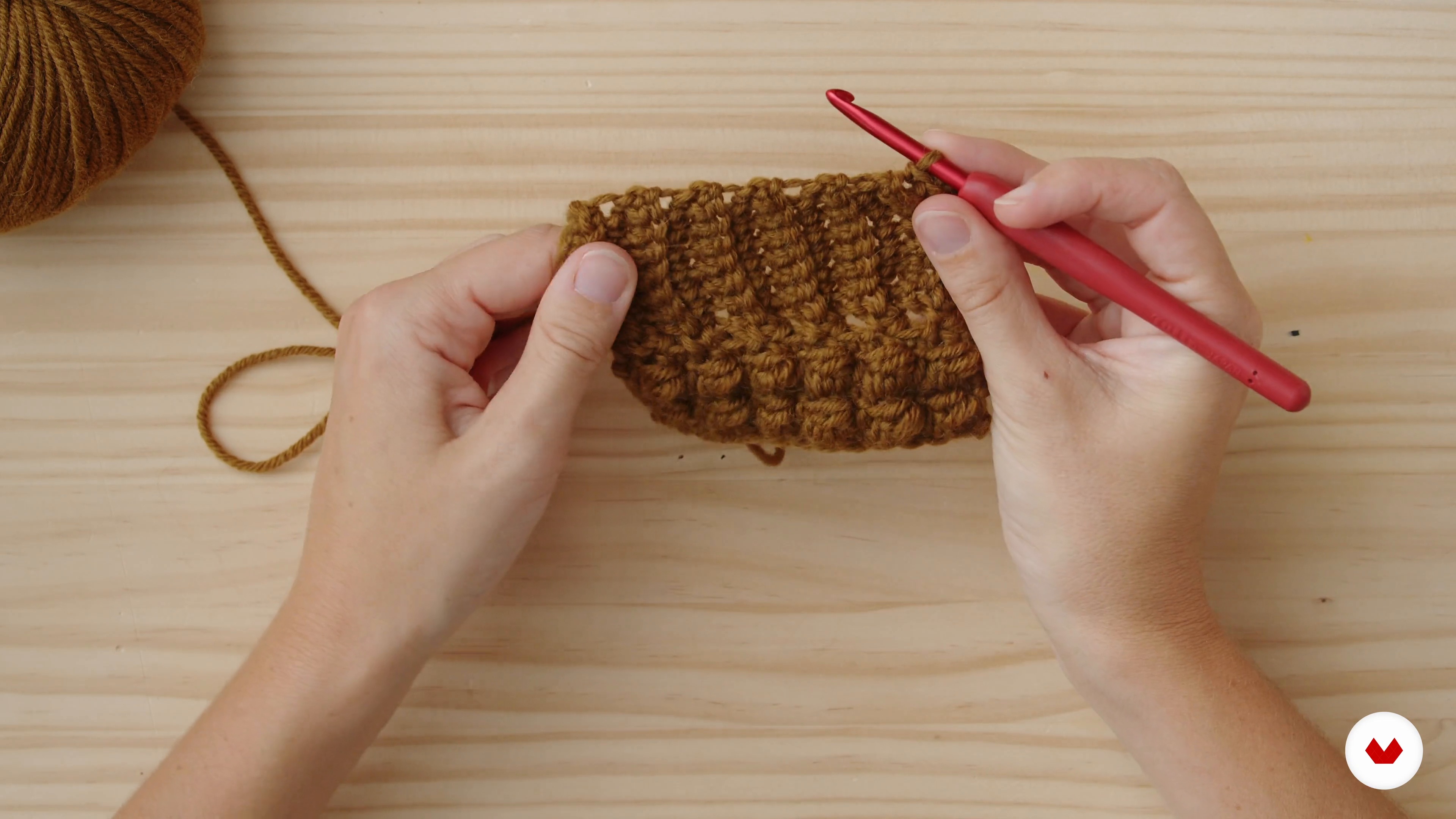
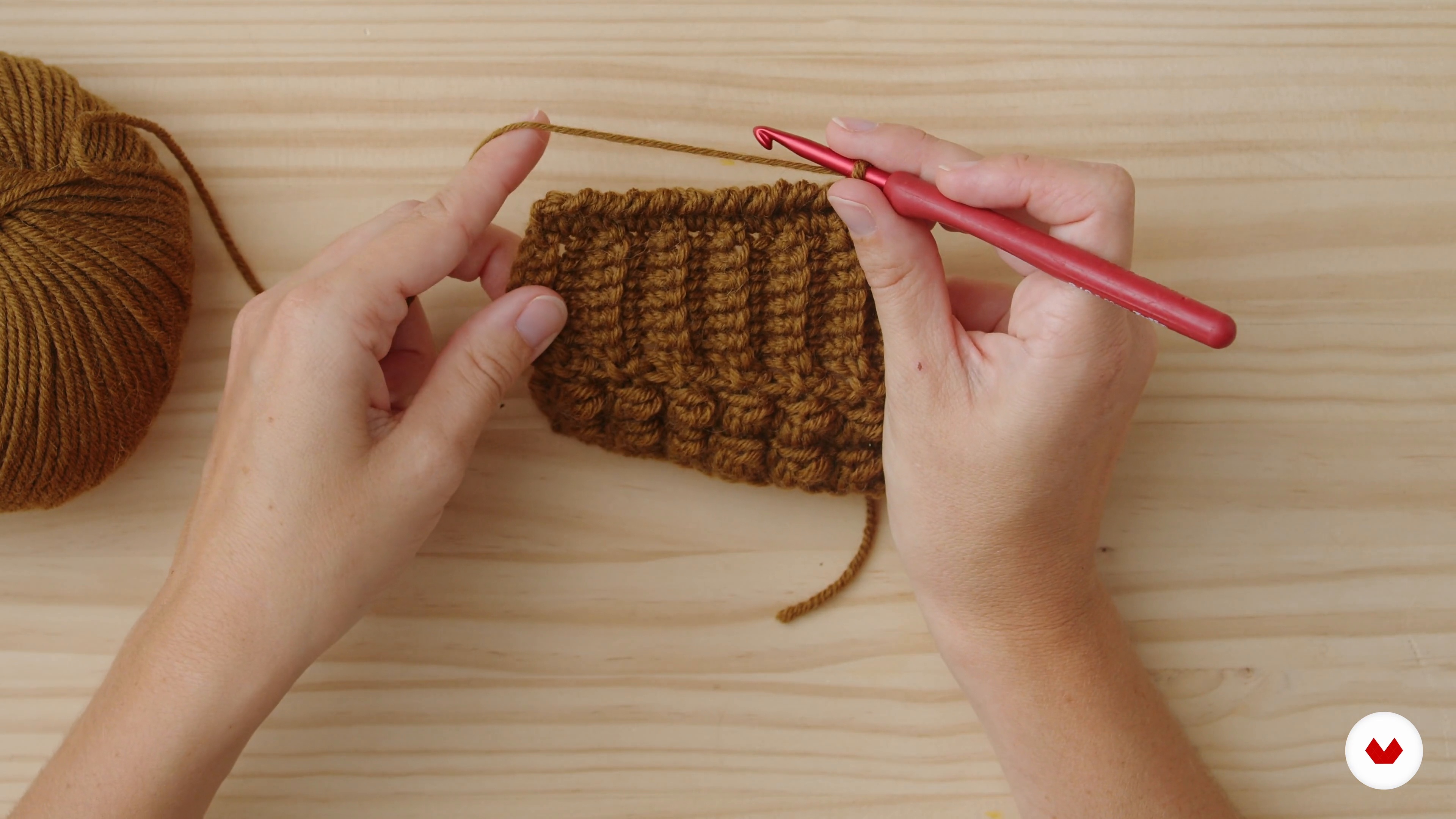
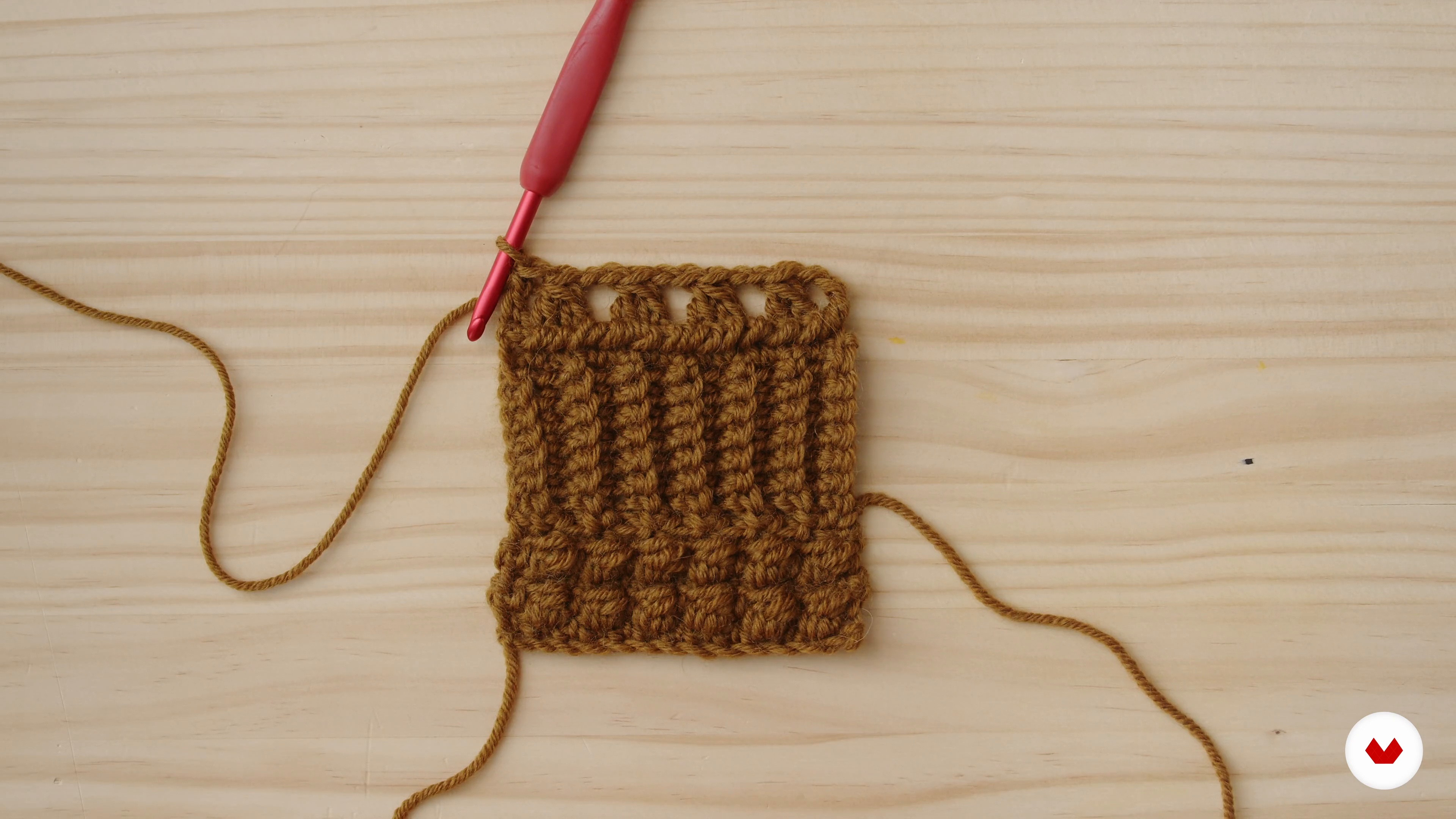
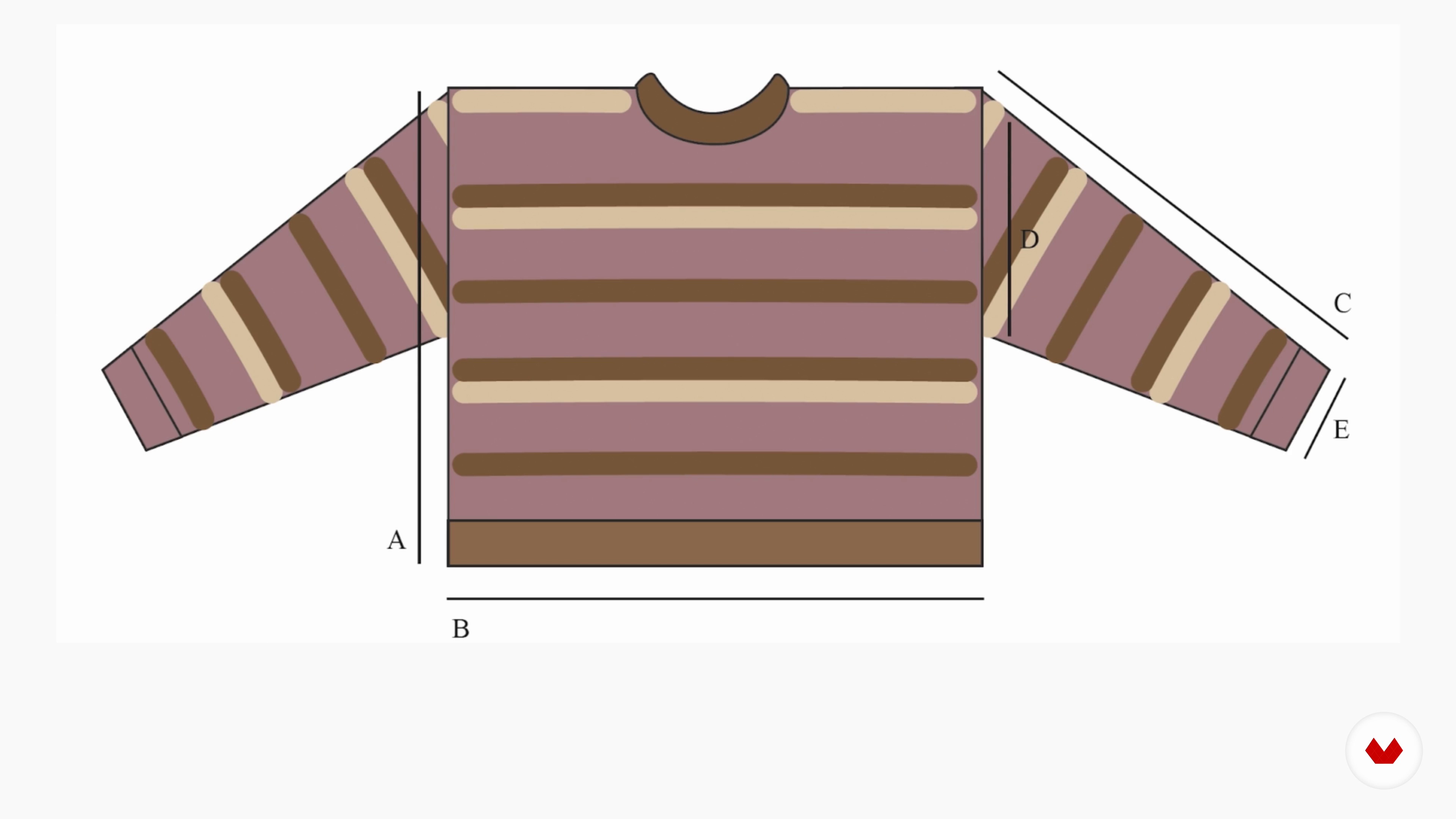
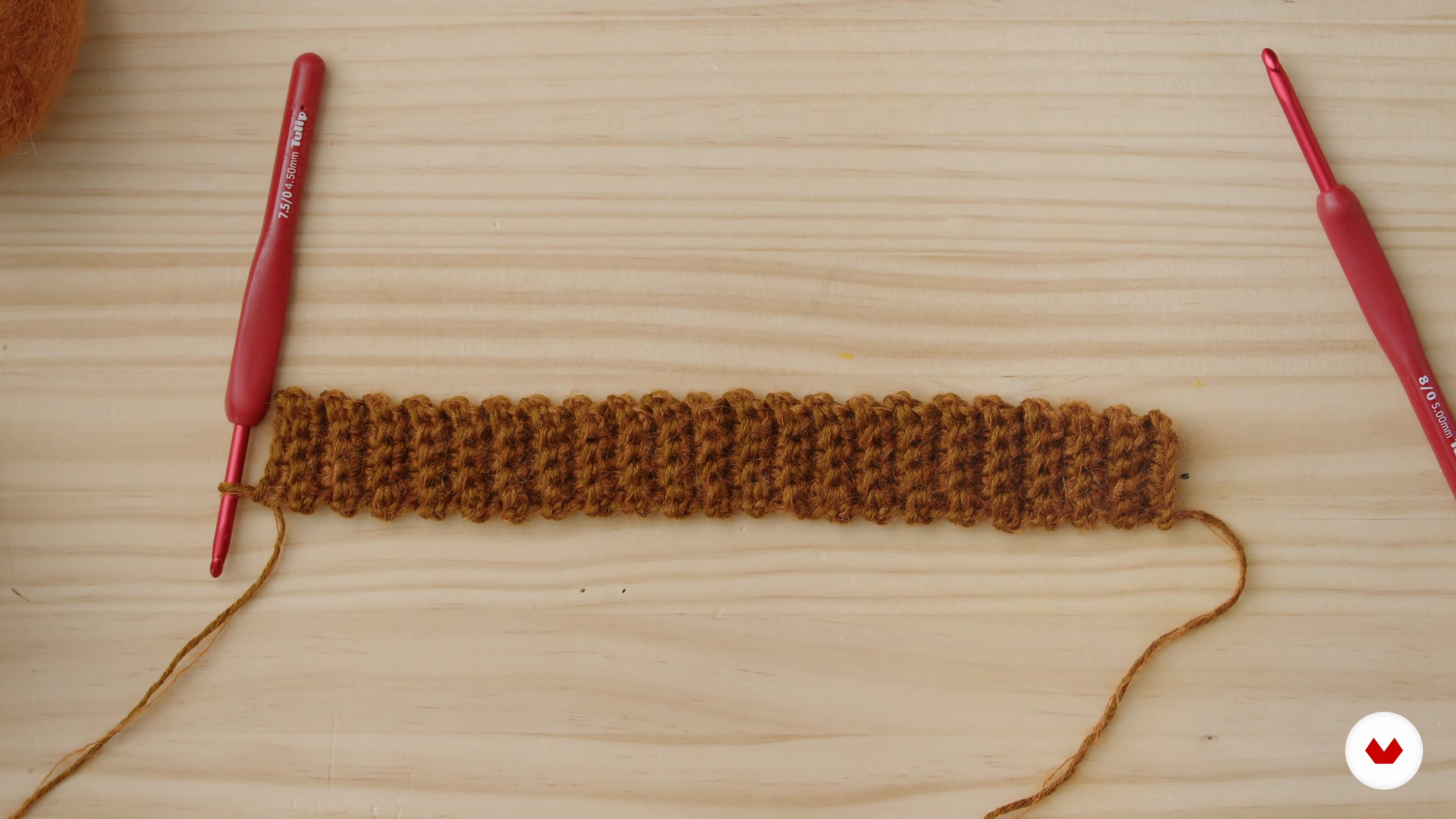
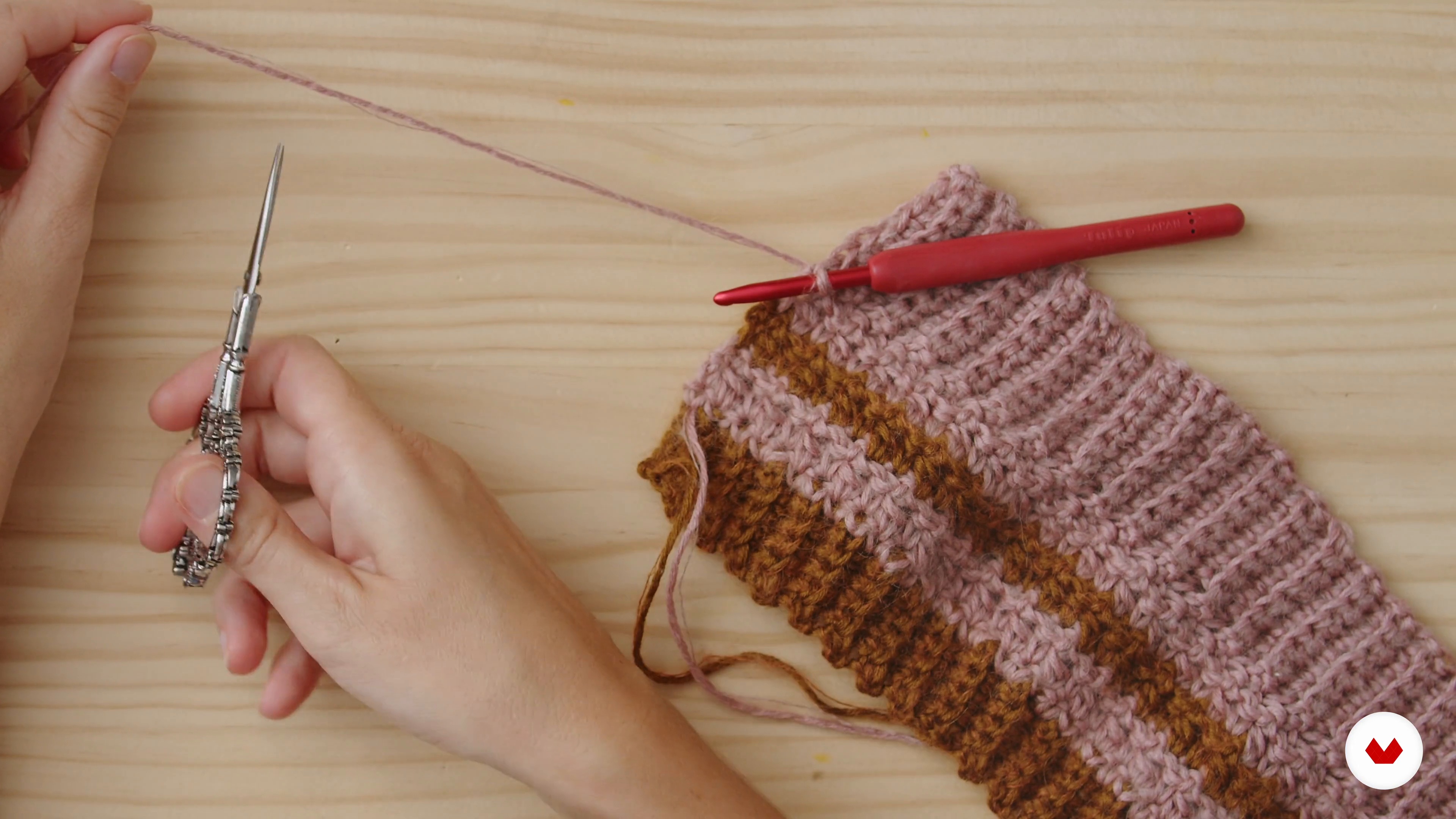
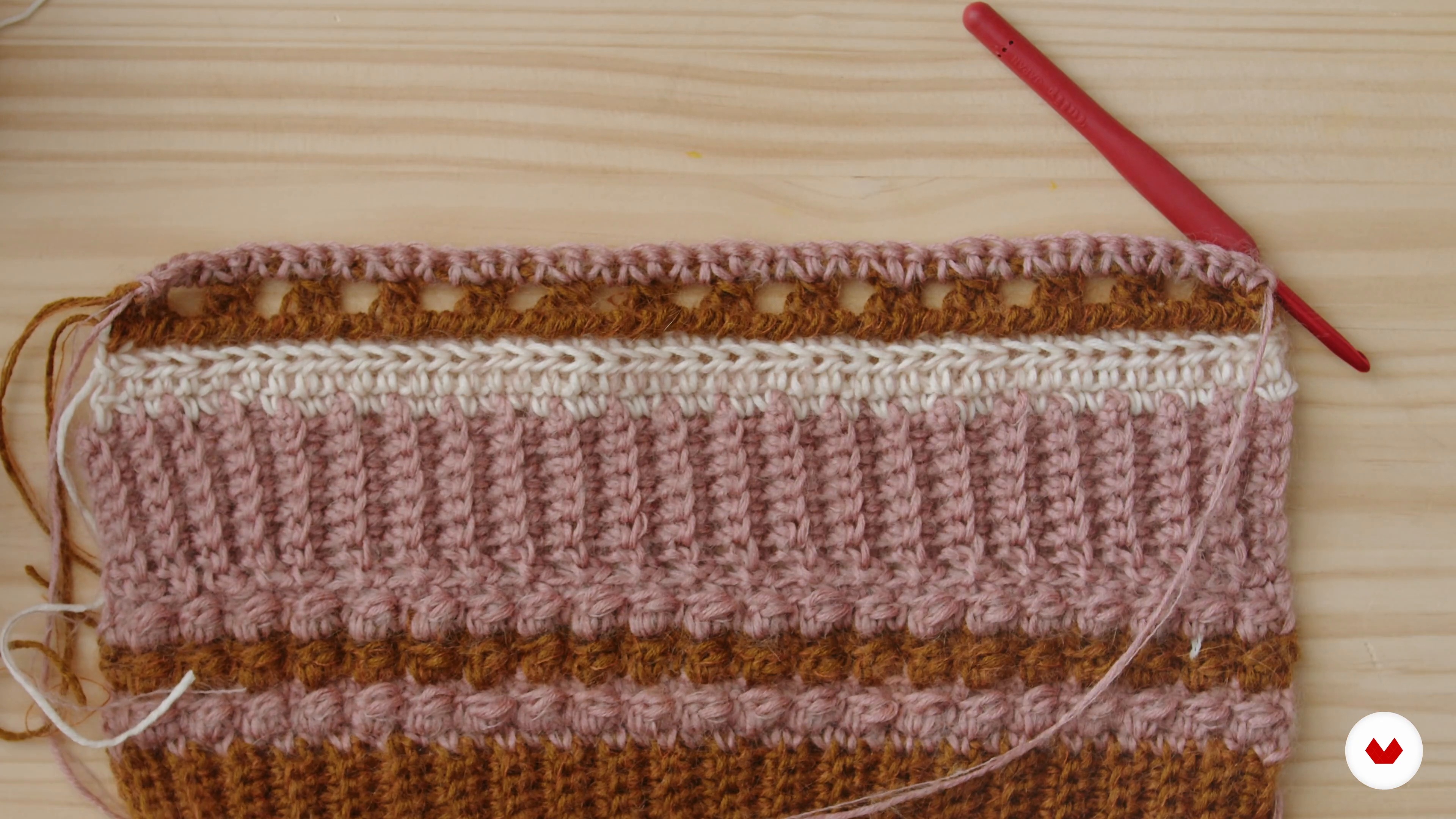

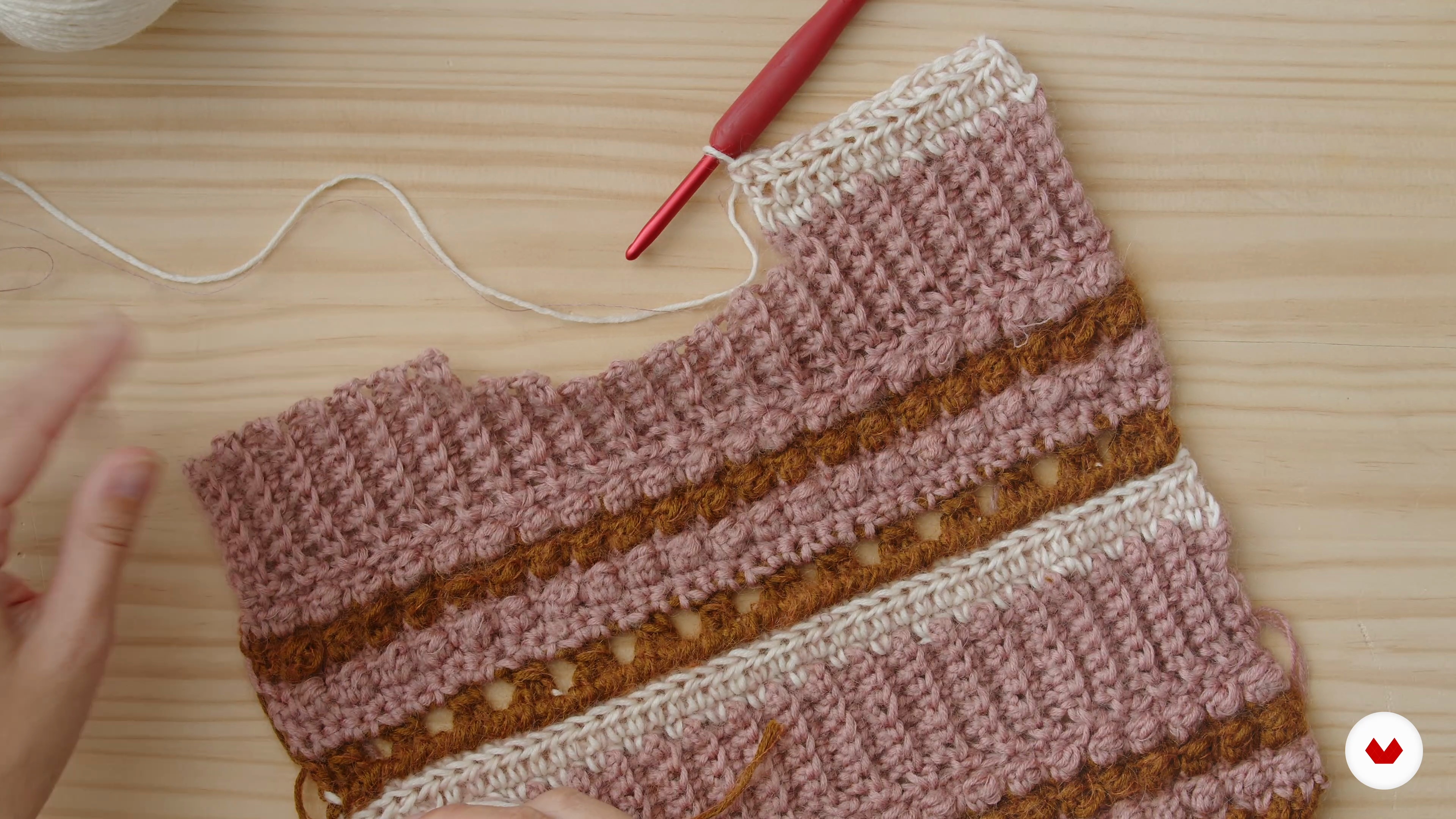
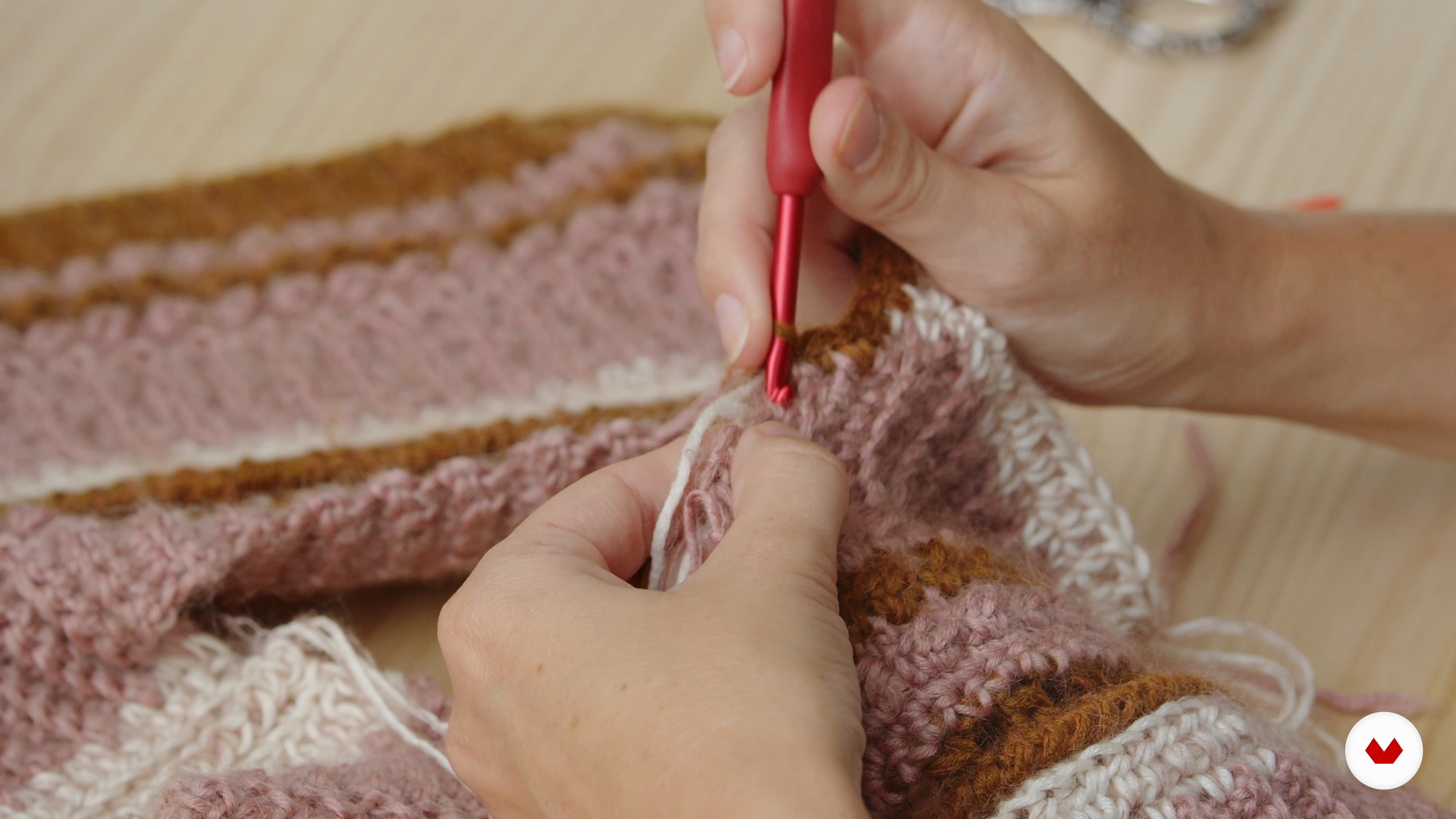

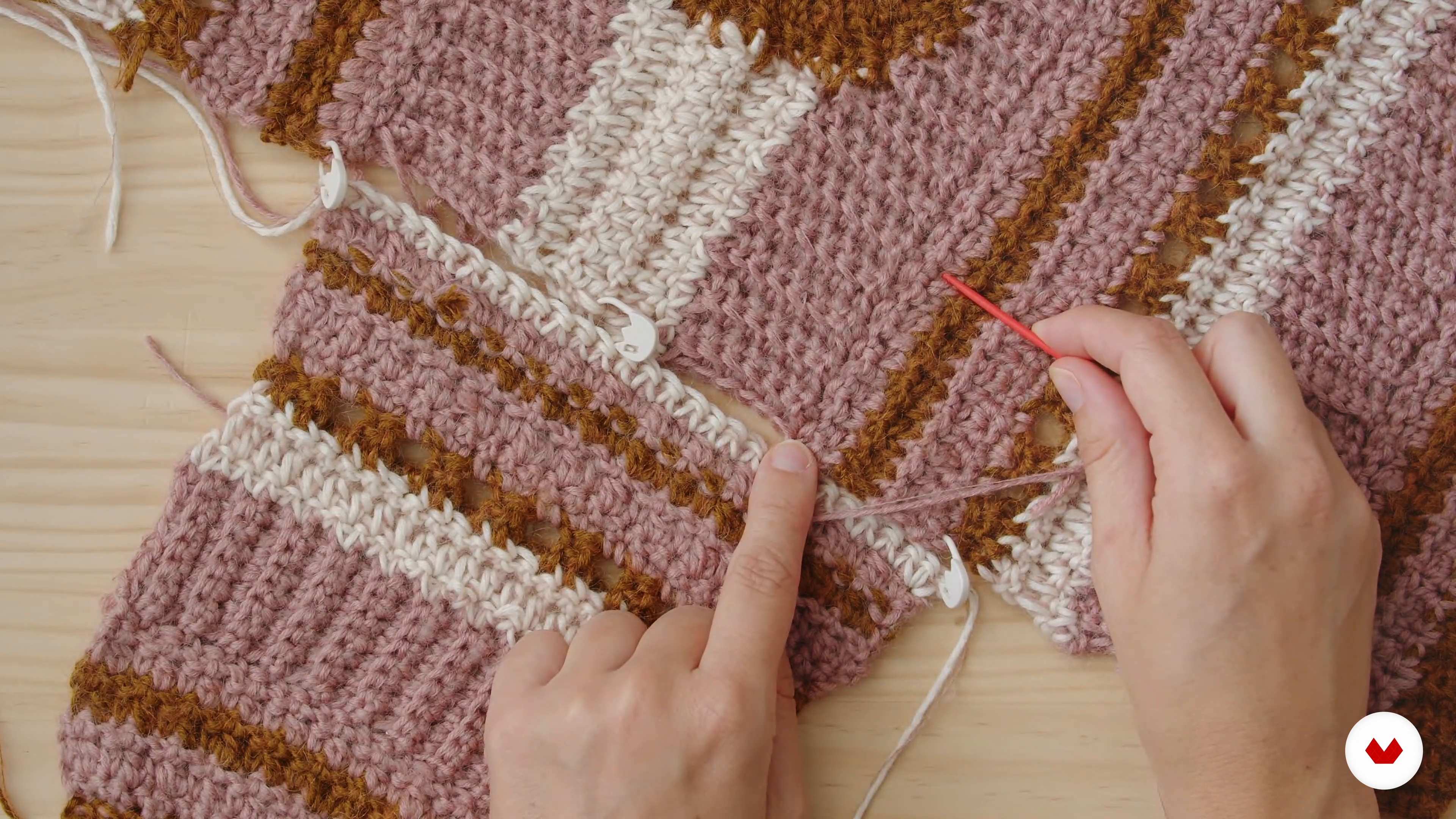
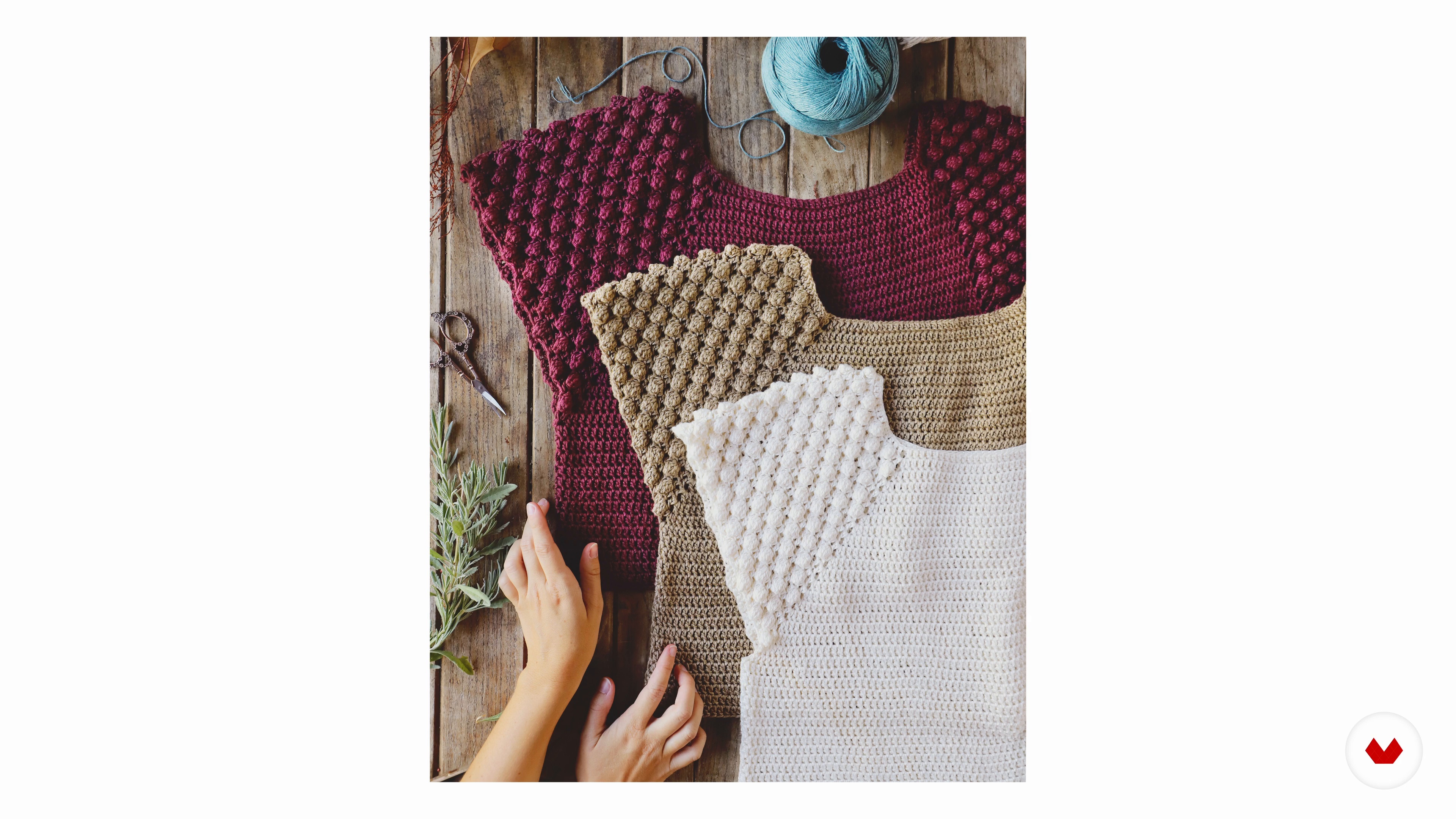
- 100% positive reviews (5)
- 593 students
- 102 lessons (17h 48m)
- 158 additional resources (54 files)
- Online and at your own pace
- Audio: Spanish, English
- Spanish · English · Portuguese · German · French · Italian · Polish · Dutch · Turkish
- Level: Beginner
- Unlimited access forever
What is this course's project?
The project involves designing and crocheting romantic garments, using classic stitches and lightweight structures to achieve delicate and feminine finishes. You'll create a blouse or top with decorative details and a custom structure.
Who is this specialization for?
Crochet enthusiasts who want to take their skills to the next level by creating unique and personalized garments. Ideal for those interested in exploring advanced design, color, and texture techniques and creating modern and functional pieces.
Requirements and materials
No extensive prior knowledge is required, but it's important to know how to do basic crochet stitches. You'll need crochet hooks, yarns in various colors, scissors, and a measuring tape. With these materials, you can experiment and develop creative and modern projects.

Reviews
What to expect from this specialization course
-
Learn at your own pace
Enjoy learning from home without a set schedule and with an easy-to-follow method. You set your own pace.
-
Learn from the best professionals
Learn valuable methods and techniques explained by top experts in the creative sector.
-
Meet expert teachers
Each expert teaches what they do best, with clear guidelines, true passion, and professional insight in every lesson.
-
Certificates
PlusIf you're a Plus member, get a custom certificate for every specialization course. Share it on your portfolio, social media, or wherever you like.
-
Get front-row seats
Videos of the highest quality, so you don't miss a single detail. With unlimited access, you can watch them as many times as you need to perfect your technique.
-
Share knowledge and ideas
Ask questions, request feedback, or offer solutions. Share your learning experience with other students in the community who are as passionate about creativity as you are.
-
Connect with a global creative community
The community is home to millions of people from around the world who are curious and passionate about exploring and expressing their creativity.
-
Watch professionally produced courses
Domestika curates its teacher roster and produces every course in-house to ensure a high-quality online learning experience.
FAQs
What are Domestika's online courses?
Domestika courses are online classes that allow you to learn new skills and create incredible projects. All our courses include the opportunity to share your work with other students and/or teachers, creating an active learning community. We offer different formats:
Original Courses: Complete classes that combine videos, texts, and educational materials to complete a specific project from start to finish.
Basics Courses: Specialized training where you master specific software tools step by step.
Specialization Courses: Learning paths with various expert teachers on the same topic, perfect for becoming a specialist by learning from different approaches.
Guided Courses: Practical experiences ideal for directly acquiring specific skills.
Intensive Courses (Deep Dives): New creative processes based on artificial intelligence tools in an accessible format for in-depth and dynamic understanding.
When do the specialization courses start and when do they finish?
All specialization courses are 100% online, so once they're published, specialization courses start and finish whenever you want. You set the pace of the class. You can go back to review what interests you most and skip what you already know, ask questions, answer questions, share your projects, and more.
What do Domestika's specialization courses include?
The specialization courses are divided into different modules. Each one includes lessons, informational text, tasks, and practice exercises to help you carry out your project step by step, with additional complementary resources and downloads. You'll also have access to an exclusive forum where you can interact with other students, as well as share your work and your final project, creating a community around the specialization courses.
Have you been given a specialization courses?
You can redeem the specialization courses you received by accessing the redeeming page and entering your gift code.






Hace un año que empecé a hacer crochet, muchas prendas las he hecho a ojo y no me ha ido mal del todo. Todavía voy por el módulo 4, pero me está ayudando mucho para hacer las cosas bien y no cometer errores.
Very nice interesting specialization!
Excelente!
Me ha parecido un curso muy interesante, pero el que presenta Conchi de Relmü Tejidos, ese me ha encantado.
Me fascina